The future may be uncertain, but one thing is not: we have more data at our fingertips than ever before.
And in this era of big data in marketing, how we market has fundamentally changed.
Sorry, Mad Men lovers: the days when marketing decisions were based entirely on intuitive assumptions or creative instincts is fading.
While creativity matters more now than ever before due to the mass proliferation of AI-generated campaigns, decisions in today’s competitive marketing environment have to be backed by cold, hard data.
This is reflected by the rise of data-driven marketing. Within this strategy, decisions must be driven first and foremost by data.
In this blog post, we’ll delve into what data-driven marketing is, why it matters, challenges and opportunities, and practical frameworks to implement data-driven marketing in your overall strategy.
What is data-driven marketing?
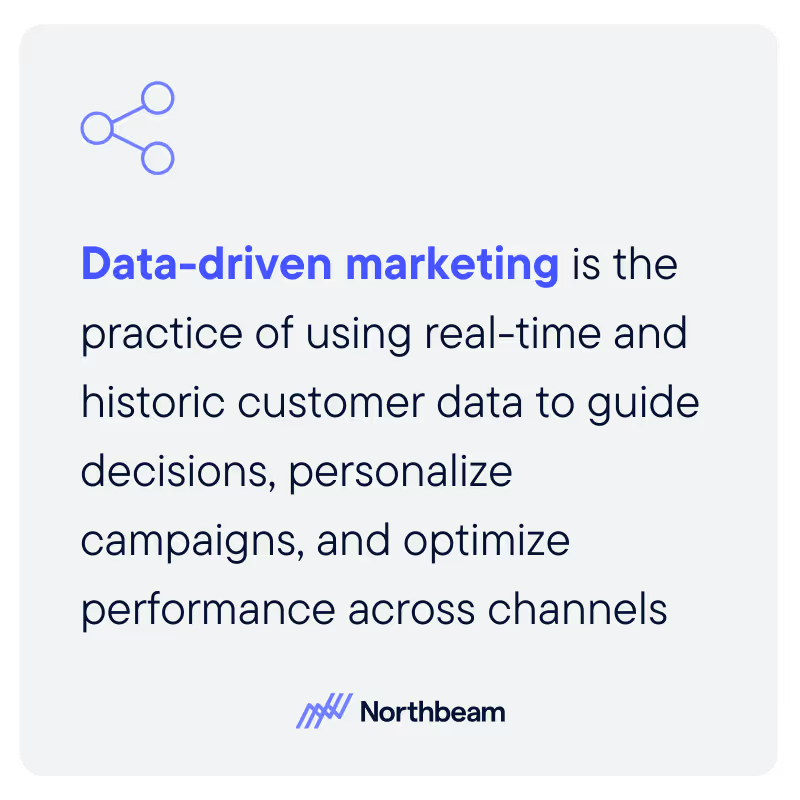
At its core, data-driven marketing is the approach of leveraging data to make marketing decisions and measure success.
Sounds simple, right?
But data-driven digital marketing goes beyond spreadsheets and platform data.
What we’re talking about is the distinction between setting a strategy and then using data to measure results, and looking at data at each step of the process.
With a data-driven approach, you would:
- Use data to establish a complete understanding of customer behavior, preferences, and pain points
- Use data to derive a strategy based on customer data points
- Use data to validate and refine your initial data-backed hypothesis
- Use data to measure and communicate results
- Repeat
A data-driven approach might take advantage of tools like customer segmentation, personalized campaigns, predictive analytics, A/B testing, and more.
The maxim that numbers don't lie has never been more true.
When marketing strategy is based on data rather than theories, you’re more likely to set yourself and your team up for success with each and every dollar.
And rather than eliminate room for experimentation, having a data-backed strategy lets you experiment within a more controlled environment, giving you a better shot at achieving your goals.
How does data-driven marketing compare to traditional marketing?
Traditional marketing was once ruled by gut instinct and broad messaging: marketers made big bets based on limited data, hoping their campaigns would stick.
But today, with a flood of customer data at our fingertips, modern marketing is far more precise.
Here’s how data-driven marketing stacks up against traditional methods:
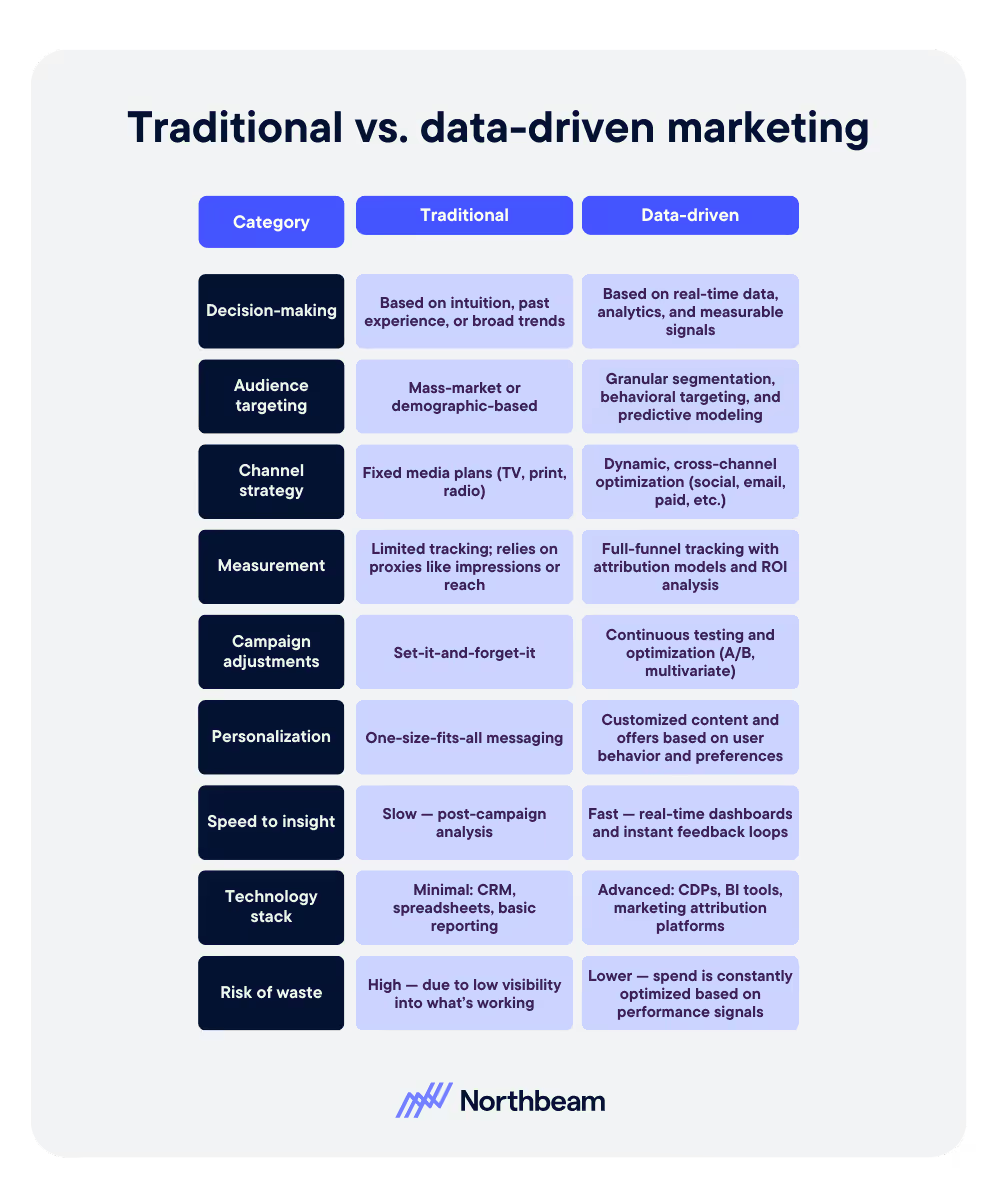
Data-driven digital marketing isn’t just a modern upgrade, it’s a fundamental shift in how teams plan, execute, and evaluate campaigns.
By embracing data at every step, marketers can stop guessing and start growing with confidence.
Why does data-driven marketing matter?
In today’s competitive landscape, marketing can’t afford to be a guessing game. Data-driven strategies give teams the clarity they need to focus on what works, and cut what doesn’t.
By grounding decisions in real-time data, marketers can:
- Optimize ROI by allocating budget toward the channels, audiences, and creatives that actually drive revenue — not just clicks.
- Personalize experiences at scale, delivering relevant content based on user behavior, preferences, and intent.
- Measure success with precision, using attribution models and performance dashboards to tie every campaign to concrete outcomes.
Ultimately, data-driven marketing turns strategy into science, enabling smarter decisions, stronger results, and sustainable growth.
How is data-driven marketing used?
Data isn’t just for dashboards: it drives real decisions every day.
Here are five ways to put big data in marketing to work:
Customer segmentation → personalized campaigns
By analyzing behavior, purchase history, or engagement patterns, brands can create highly tailored messaging that resonates with specific audience segments.
Predictive analytics → demand forecasting
Machine learning models can anticipate future behavior, like when a customer is likely to purchase again, helping marketers plan inventory, timing, and spend more effectively.
Multi-touch attribution → smarter ROI tracking
Instead of giving all the credit to the last click, multi-touch models show how different channels work together, so you can allocate budget based on true performance.
Churn prediction → retention strategies
By flagging users at risk of dropping off, marketers can trigger win-back campaigns or special offers to re-engage them before it’s too late.
Creative performance analysis → content optimization
Data-driven A/B testing helps teams understand which images, headlines, or formats perform best, turning creative from a guess into a growth lever.
Data-driven marketing strategies across industries
While the principles of data-driven digital marketing stay consistent, the strategies look different depending on the industry.
Here’s how businesses are tailoring their approach, including data-driven marketing examples across e-commerce, B2B SaaS, Retail, Media & Publishing, and Finance & Insurance:
E-commerce
Brands use browsing behavior, purchase history, and abandoned cart data to deliver hyper-personalized product recommendations, email flows, and promotions.
B2B SaaS
Lead scoring models prioritize sales outreach based on engagement signals, helping teams focus on high-intent accounts and shorten the sales cycle.
Retail
In-store and online data is combined to create unified customer profiles, enabling loyalty programs, localized promotions, and smarter inventory planning.
Media & Publishing
Audience data informs content strategy, ad placements, and subscription offers, ensuring the right content reaches the right reader at the right time.
Finance & Insurance
Predictive analytics helps identify cross-sell and upsell opportunities, detect fraud, and customize offers based on life stage or risk profile.
No matter the vertical, one thing holds true: the more aligned your strategy is with your data, the better your outcomes will be.
How can you implement data-driven marketing?
Data-driven marketing is a cyclical process, not a one-and-done task.
To get the most value from your data, you need a structured approach that supports continuous learning and improvement.
Here’s a six-step framework to follow:
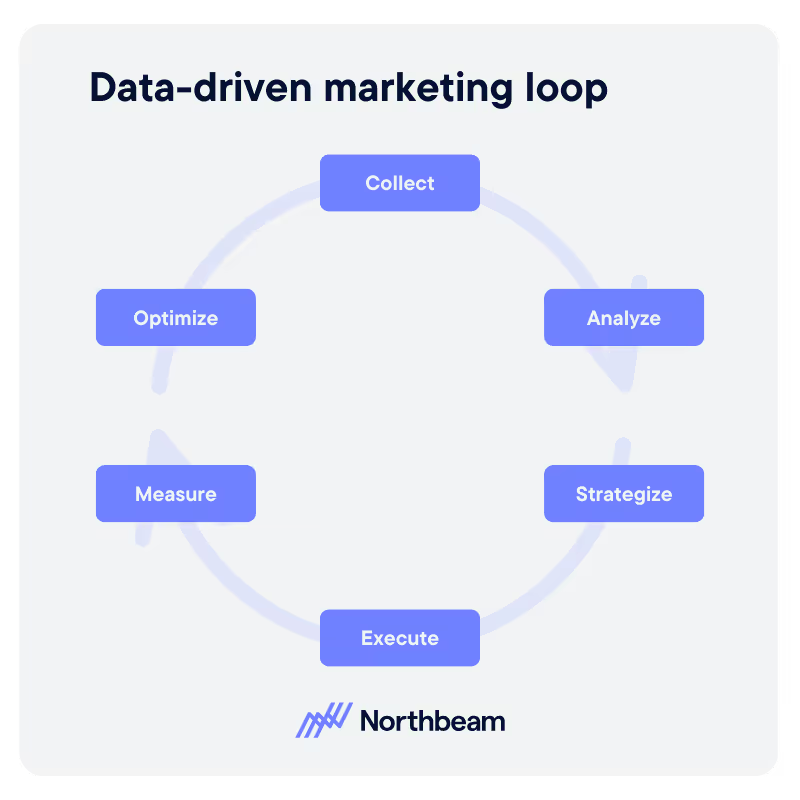
Step 1: Collect
Start by gathering first-party data from your website, CRM, email platform, and ad campaigns. Centralize it using tools like customer data platforms (CDPs) to build a unified view of your customers.
Step 2: Analyze
Use analytics tools (like Northbeam, Google Analytics, or BI platforms) to surface insights. Identify patterns in performance, behavior, and attribution that can inform smarter decisions.
Step 3: Strategize
Translate those insights into action. Adjust your targeting, messaging, and channel mix to align with what the data reveals about your most valuable audiences.
Step 4: Execute
Launch campaigns with clear hypotheses and measurable goals. Whether it's a new audience segment or a refreshed creative concept, treat execution as a testable experiment.
Step 5: Measure
Track performance in real time. Go beyond vanity metrics and measure what matters — conversions, LTV, CAC, and multi-touch attribution.
Step 6: Optimize
Use what you’ve learned to refine your approach. Iterate on campaigns, reallocate budget, and double down on what’s working. Then go back to Step 1 and do it better.
What are the benefits of data-driven marketing?
Data-driven marketing isn’t just a buzzword, it’s a smarter, more efficient way to grow.
Here’s how a data-centric approach pays off for modern marketing teams:
Optimized marketing spend
Stop wasting budget on campaigns that don’t convert.
With data-driven insights, you can focus your spend on the channels, audiences, and creatives that deliver the best return on investment.
Better personalization and targeting
Big data in marketing allows you to move beyond broad segments and craft personalized experiences that resonate.
From dynamic product recommendations to tailored email flows, personalization drives deeper engagement and higher conversions.
Improved decision-making backed by evidence
No more guesswork. If you’re wondering how to use data in marketing, lean on data-driven strategies to give you concrete evidence to support strategic decisions, whether it’s launching a new campaign, shifting budget, or testing creative variations.
Enhanced customer insights
Behavioral data reveals what your customers actually want, not just what you assume.
By understanding browsing patterns, purchase behaviors, and engagement signals, you can refine your messaging and product positioning.
Agile, real-time campaign adjustments
With the right tools, you can monitor performance in real time and pivot quickly.
Data-driven teams don’t have to wait for post-campaign reports — they adjust on the fly to maximize results.
Of course, harnessing data’s full potential comes with its own set of challenges, from data privacy concerns to the pitfalls of misinterpreting metrics.
Let’s look at the common obstacles that can trip up even the most data-driven teams so we can best learn how to use data in marketing.
What are the challenges of data-driven marketing?
While data-driven digital marketing unlocks huge opportunities, it’s not without hurdles.
Teams that dive in without a solid foundation can fall into these common traps:
Overreliance on platform-reported analytics
Relying solely on ad platforms’ metrics often paints an incomplete picture.
Without a multi-touch attribution model, it’s easy to over-credit last-click conversions and miss the bigger story of how channels work together to drive results.
Data privacy and compliance concerns
With regulations like GDPR and CCPA, marketers need to be hyper-aware of how they collect, store, and use customer data.
Mishandling sensitive information can lead to legal issues and erode customer trust.
Misinterpreting correlation as causation
Not every data trend signals a direct cause-and-effect relationship. Jumping to conclusions without proper analysis can lead to misguided strategies and wasted resources.
Human error in manual reporting
When teams rely on spreadsheets and manual data entry, mistakes are inevitable.
These errors can skew insights, misinform decisions, and slow down your ability to act on what’s working.
Despite these challenges, the future of data-driven marketing is more promising, and more powerful, than ever.
With advancements in AI, predictive analytics, and privacy-first technologies, the next wave of tools is reshaping how marketers turn data into results.
What are some future trends in data-driven marketing?
As technology evolves, so does the way marketers leverage data.
The next frontier of data-driven digital marketing is being shaped by smarter tools, stronger privacy regulations, and a shift toward predictive, proactive strategies.
Here’s what’s on the horizon:
AI and machine learning
AI is no longer a buzzword, it’s becoming the backbone of advanced marketing analytics.
Machine learning models can identify patterns at a scale no human could, enabling faster insights, automated optimizations, and even predictive content recommendations.
Marketing intelligence platforms
As data sources multiply, marketing intelligence platforms are emerging as the single source of truth.
Platforms like Northbeam integrate data across channels, visualize performance, and deliver actionable insights, helping teams align strategy, execution, and measurement in one place.
Predictive analytics for proactive decisions
Rather than reacting to past performance, marketers are starting to forecast future outcomes.
Predictive models help teams anticipate customer behavior, forecast demand, and allocate resources with greater confidence, leading to more strategic, data-backed decision-making.
Privacy-first data strategies
With third-party cookies on the decline and data privacy regulations tightening, marketers are shifting toward first-party data strategies.
Tools that respect user privacy while still delivering deep insights — like server-side tracking and consent-based data collection — will define the next era of responsible marketing.
Conclusion
Data-driven marketing isn’t about replacing creativity—it’s about giving it direction. When insight guides imagination, teams move faster, waste less, and build compounding advantage. Start with clean first-party data, align on the metrics that matter, and commit to a test-learn-optimize loop
Equip your team with an intelligence platform like Northbeam to unify data, attribute impact, and surface next steps. Most importantly, make decisions transparent and repeatable so wins can be scaled. The future will reward marketers who treat data as a product and learning as a habit.
Begin now, iterate relentlessly, and let results—not guesses—power your growth. Test boldly, measure clearly.





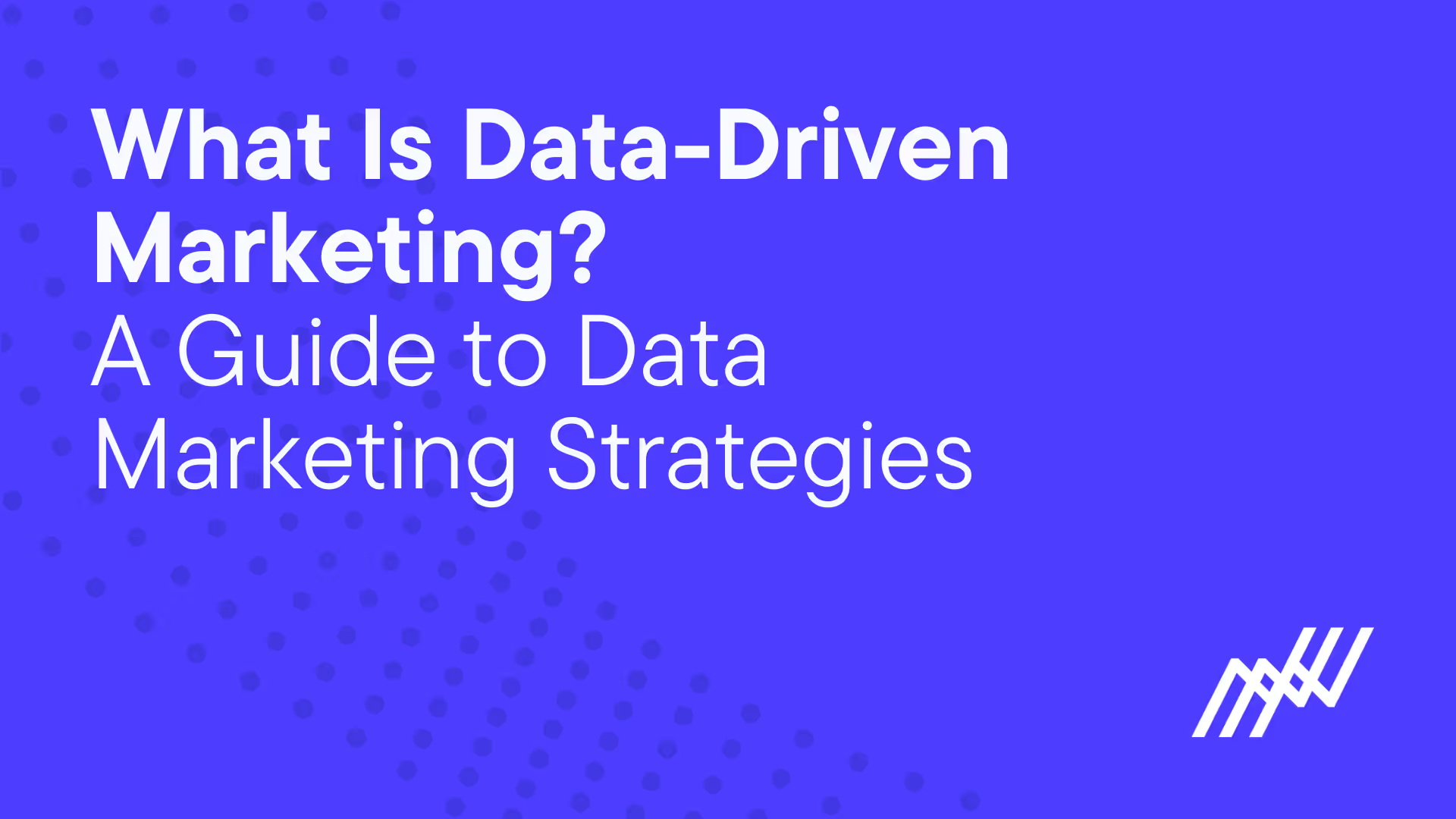




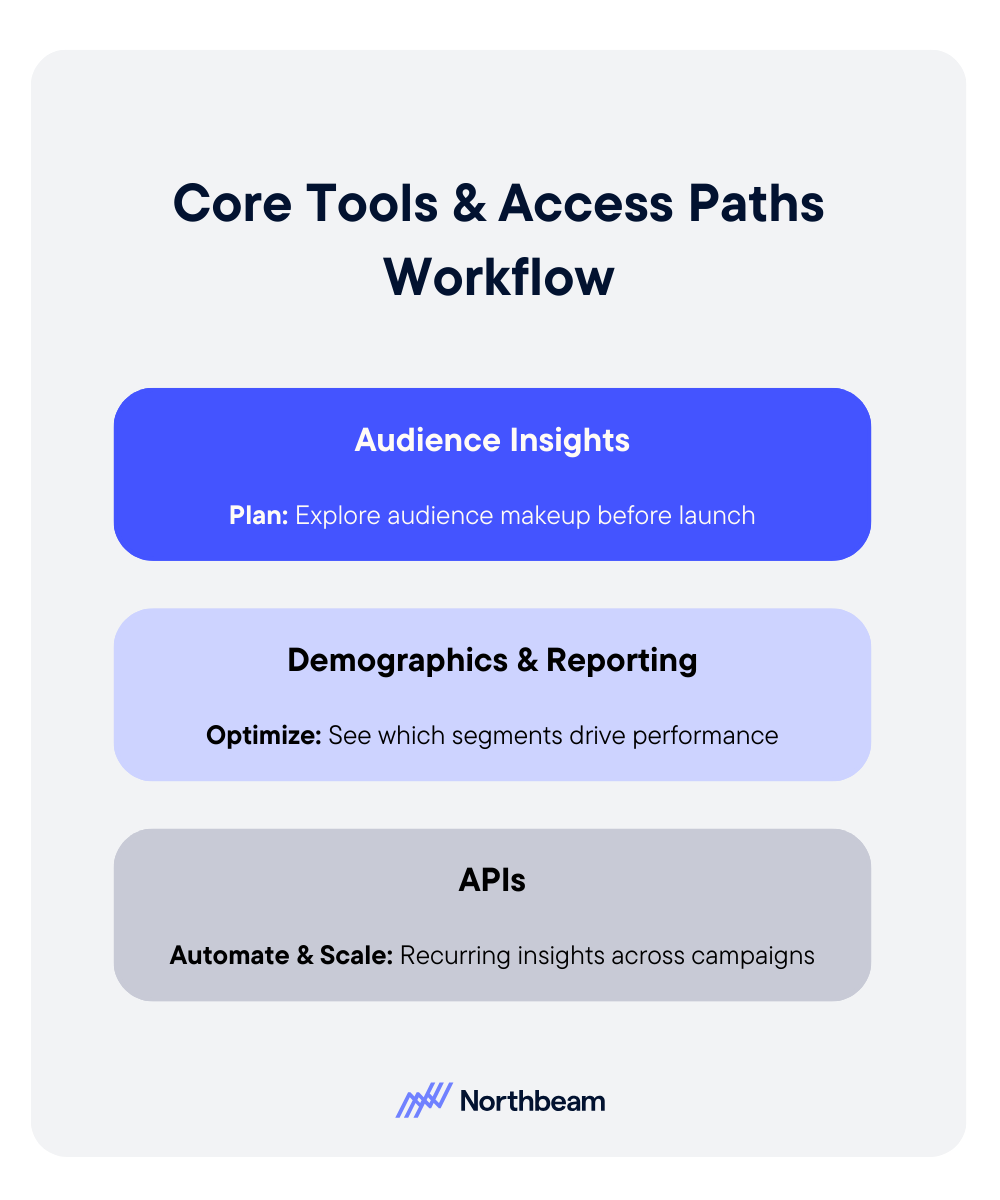
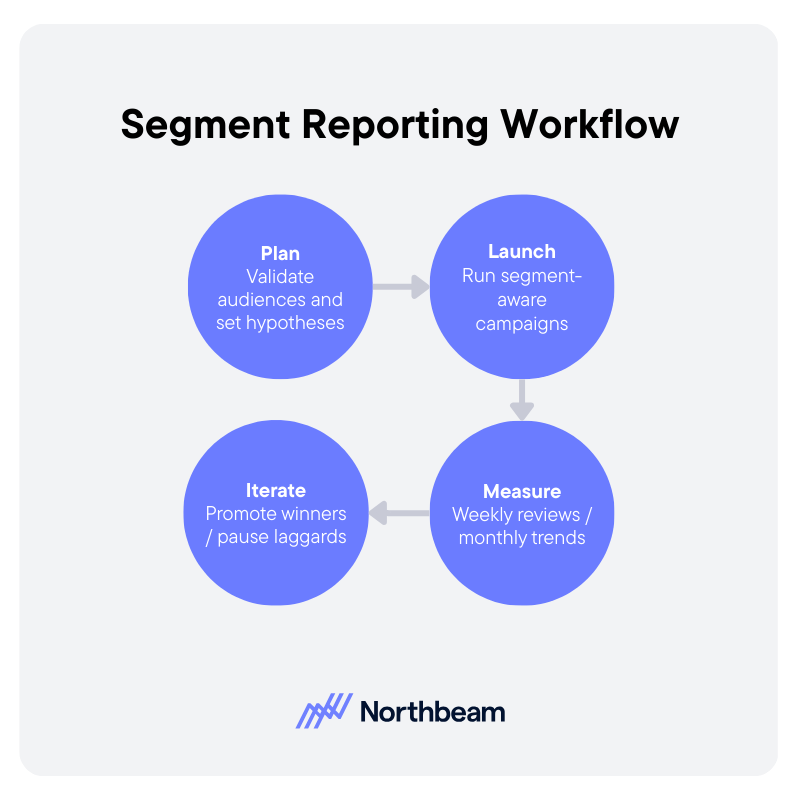
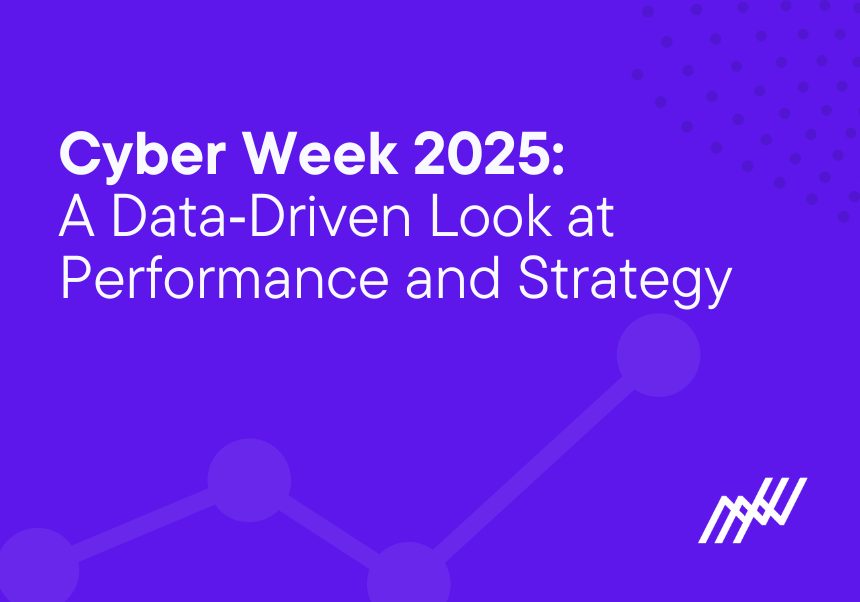

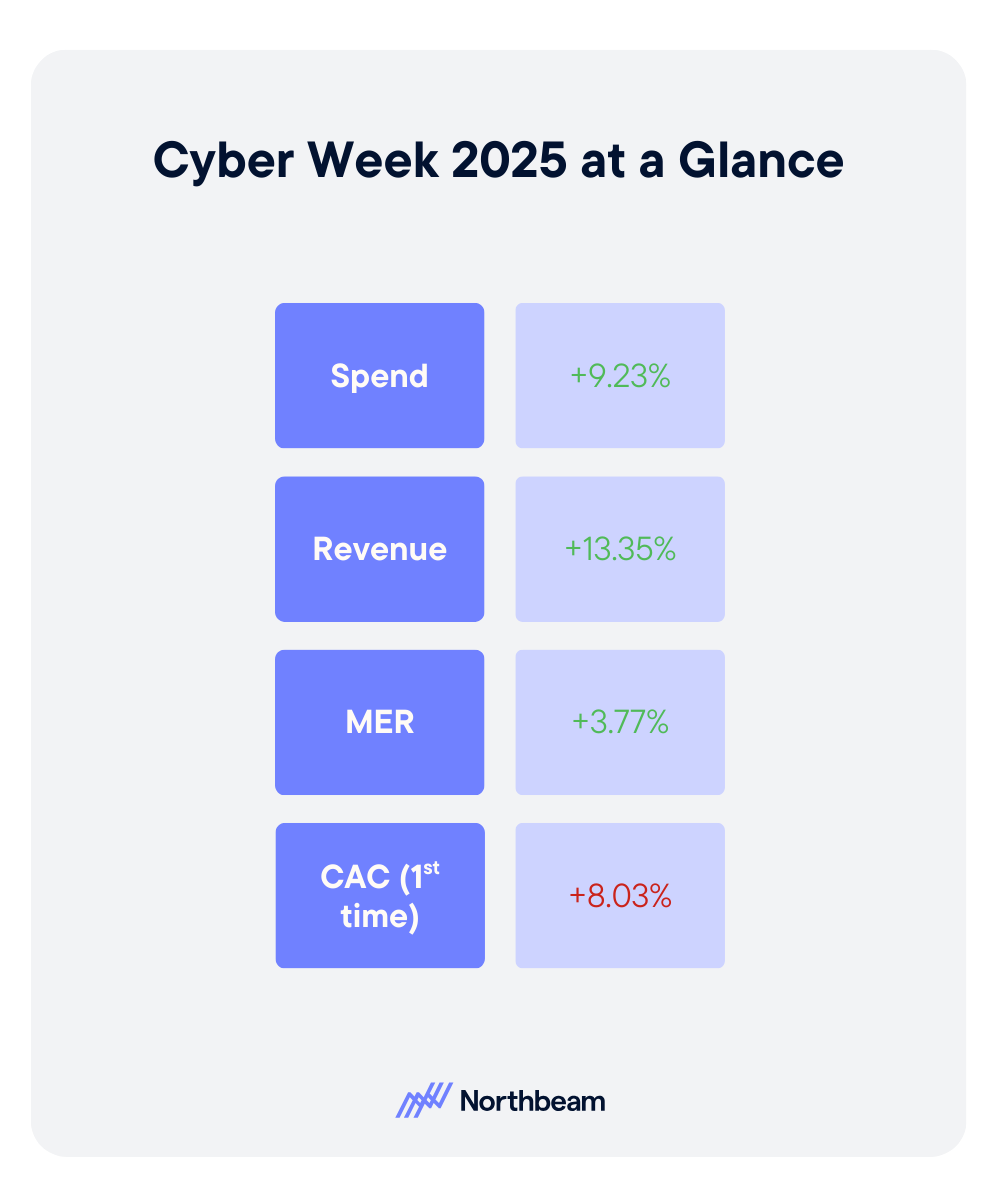
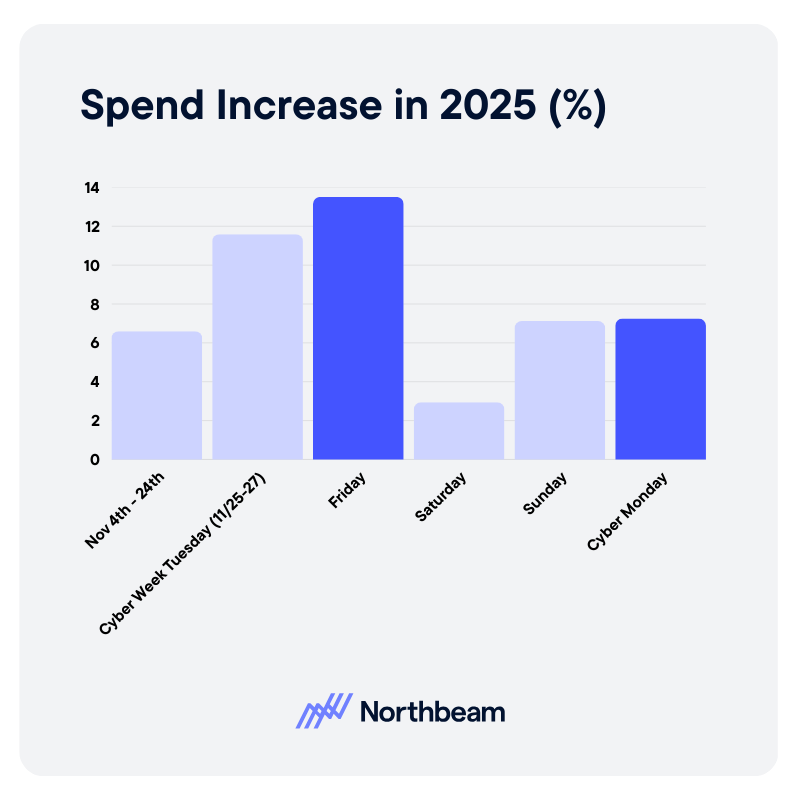
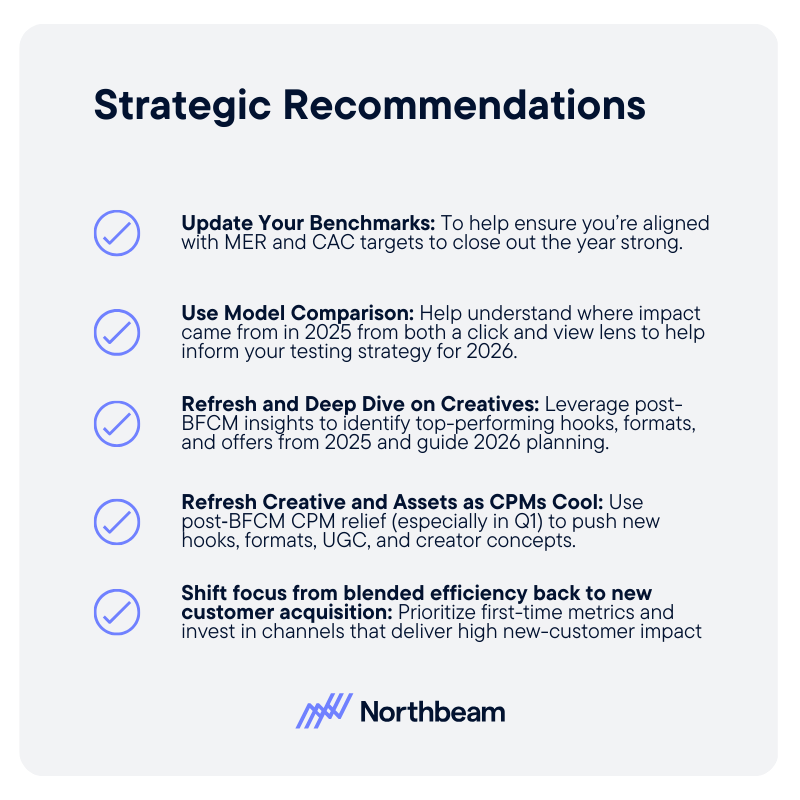
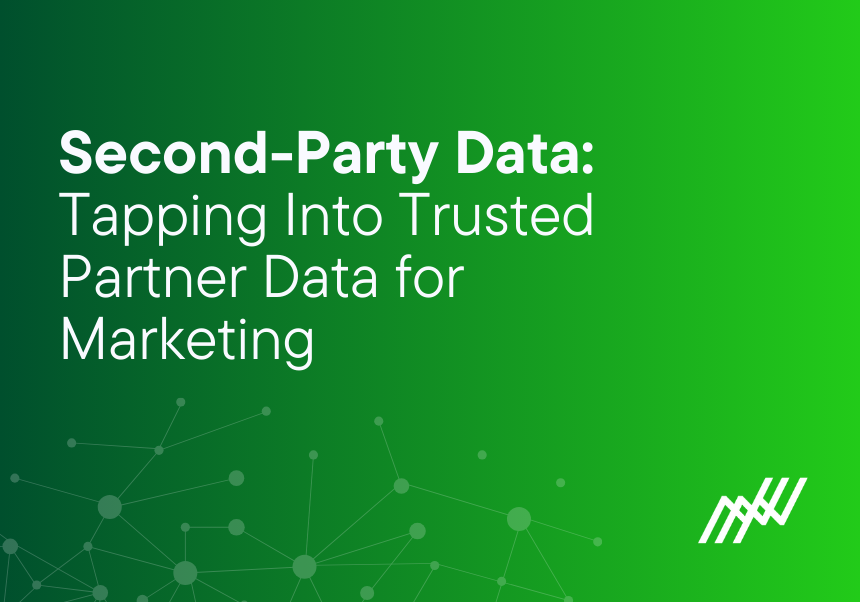
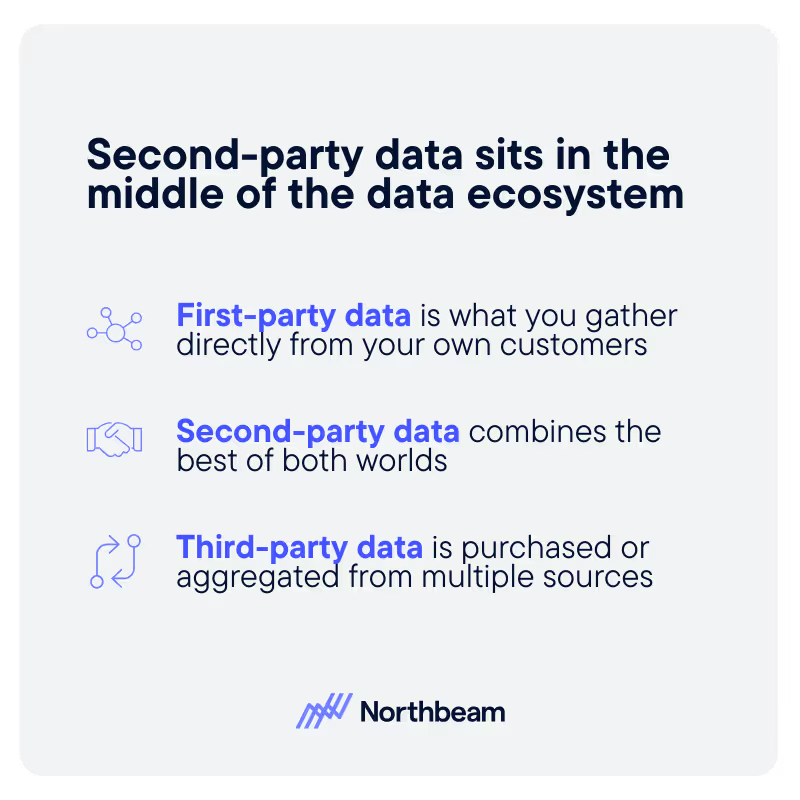

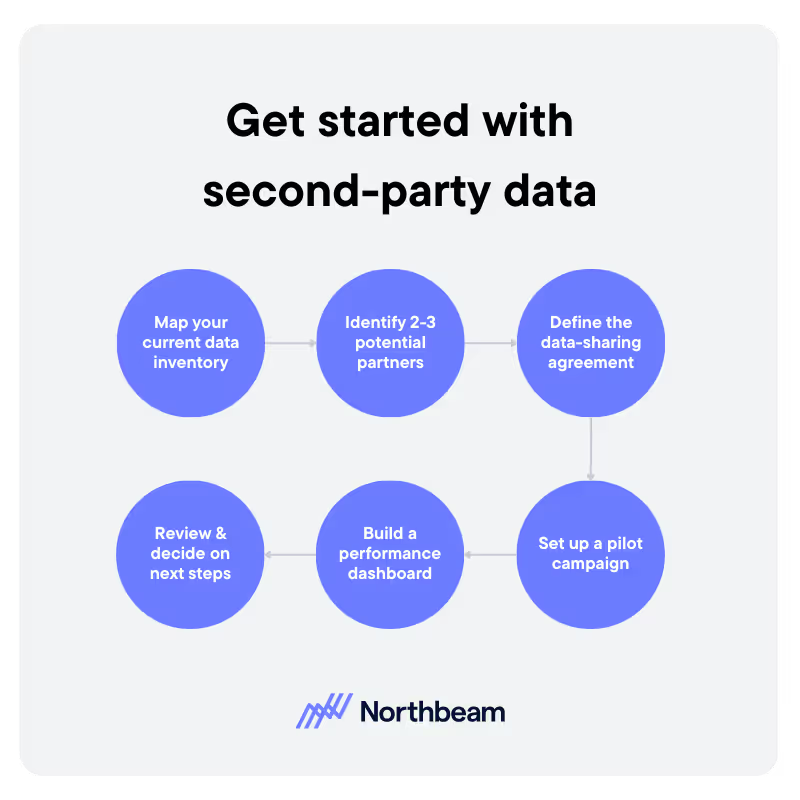


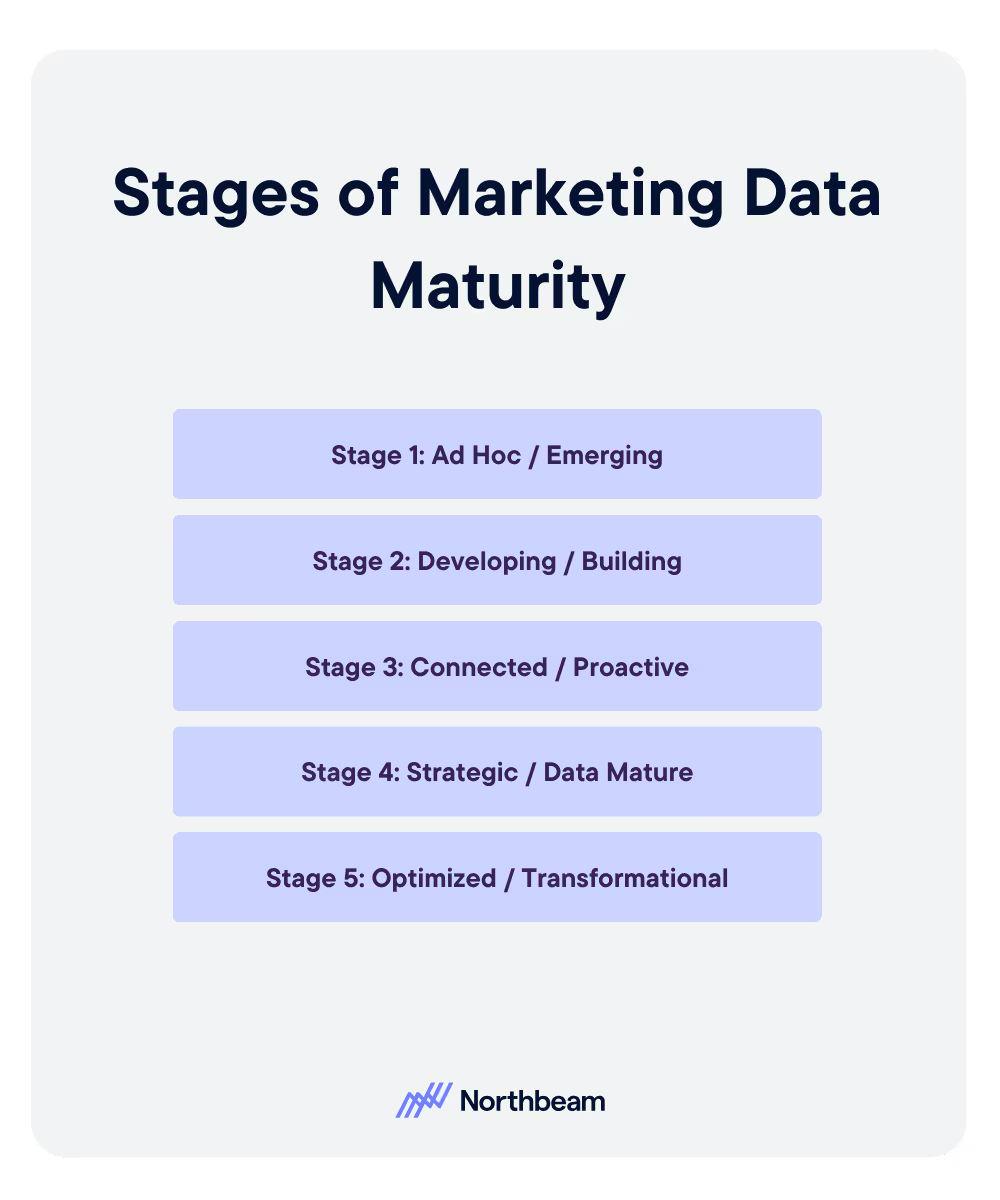
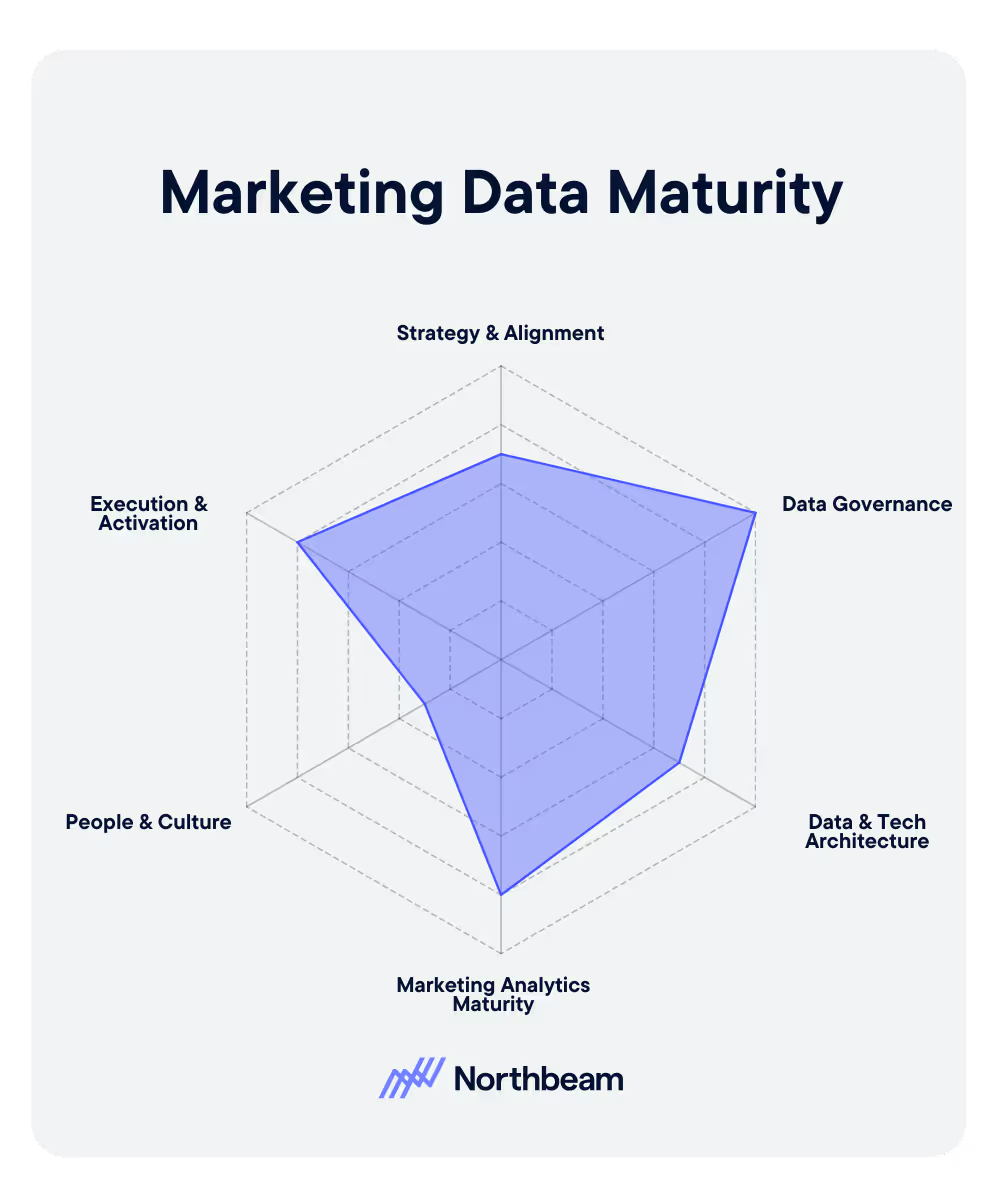
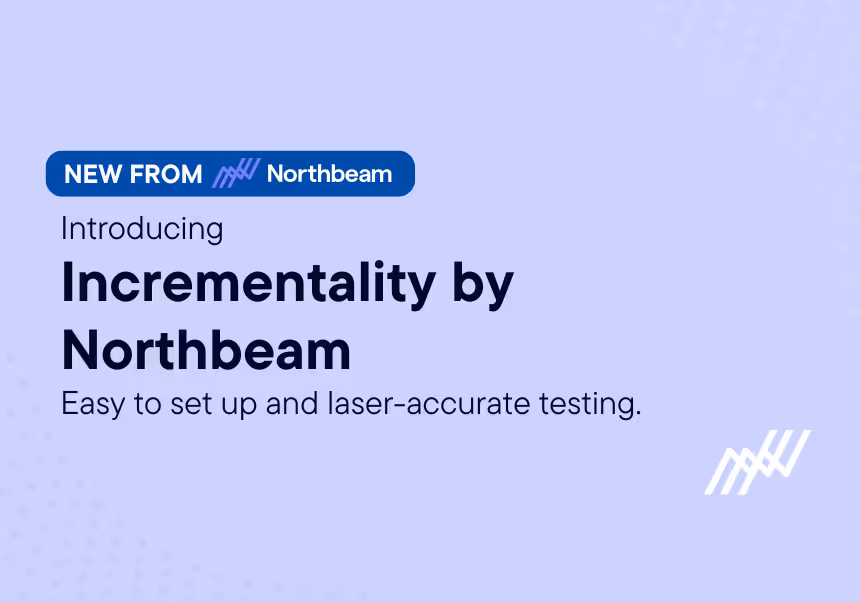

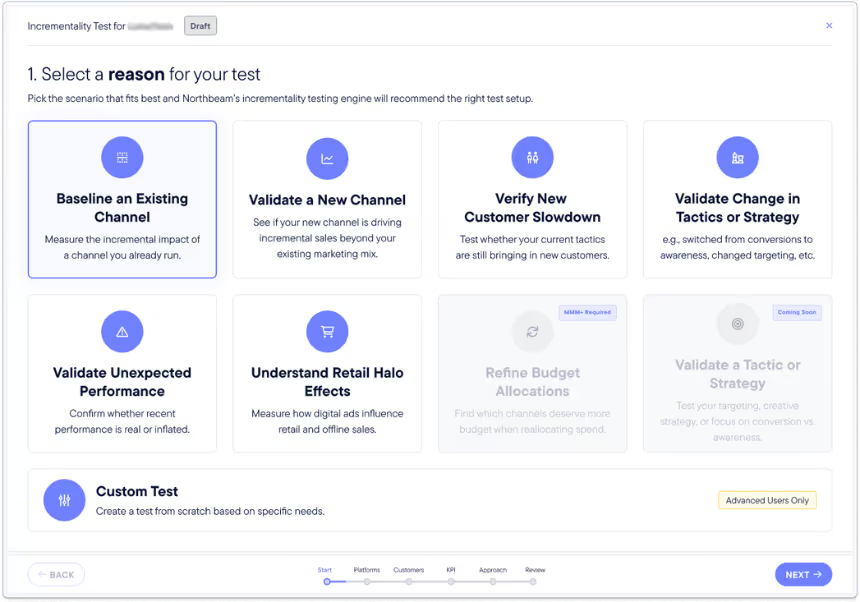
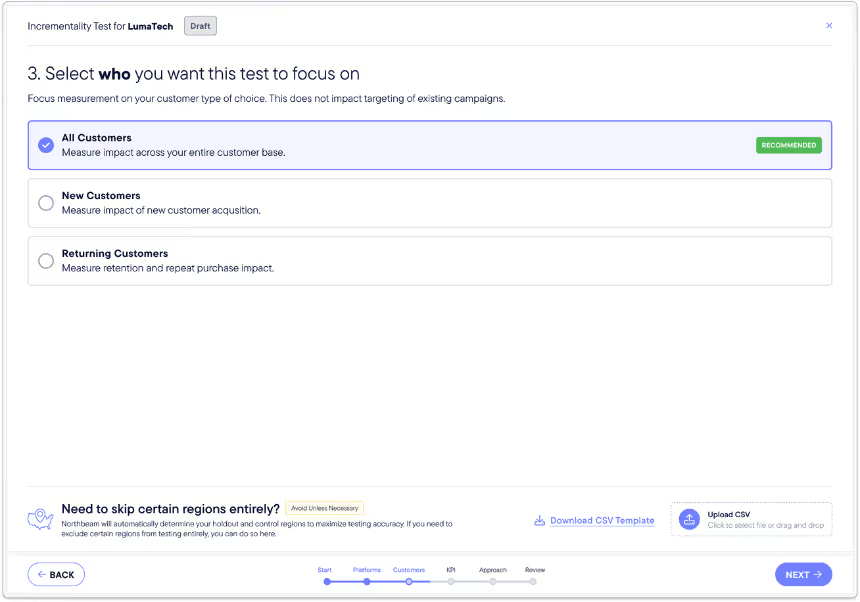
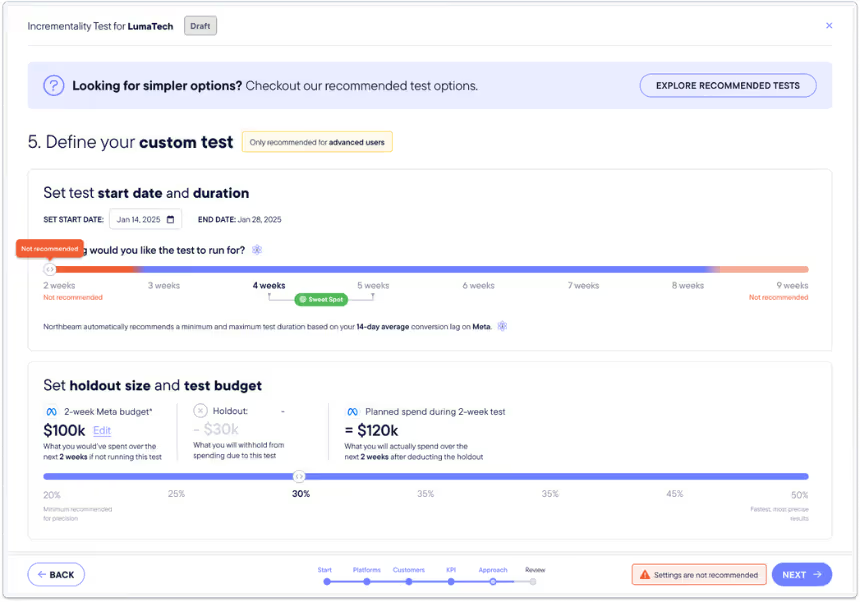
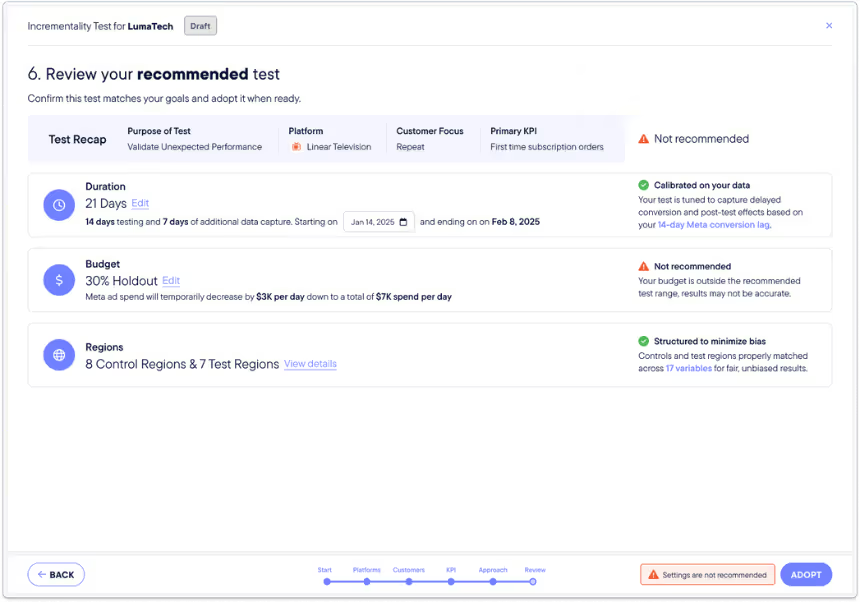
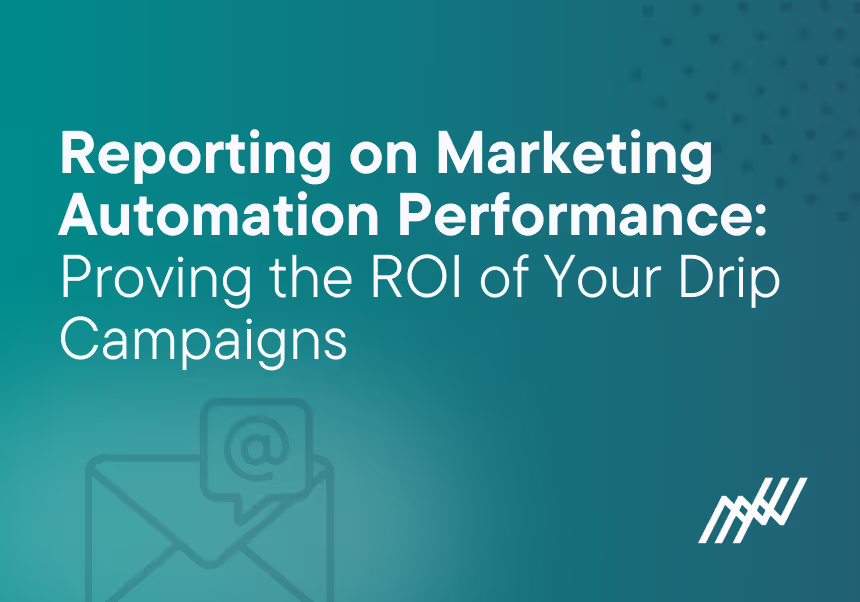
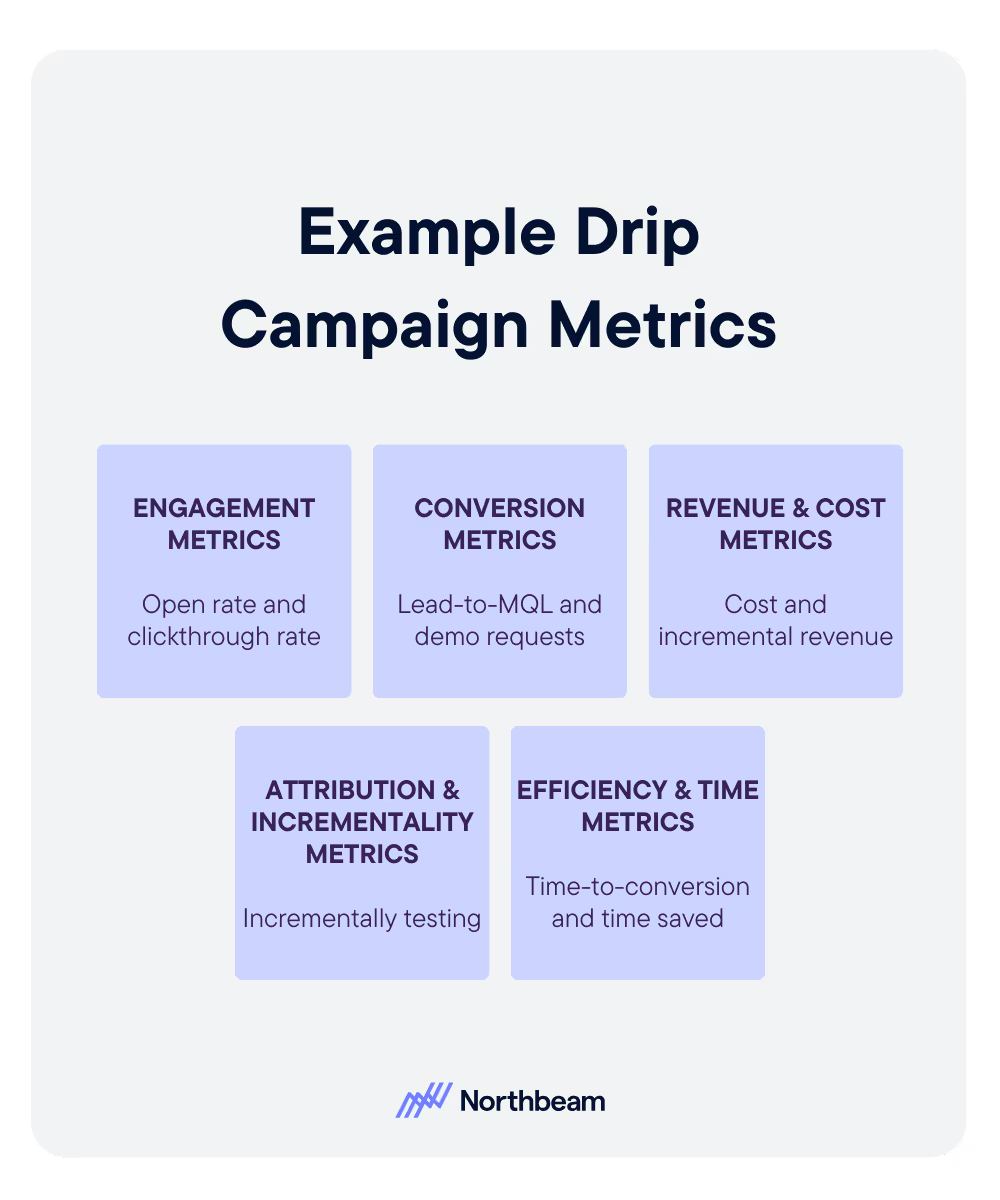
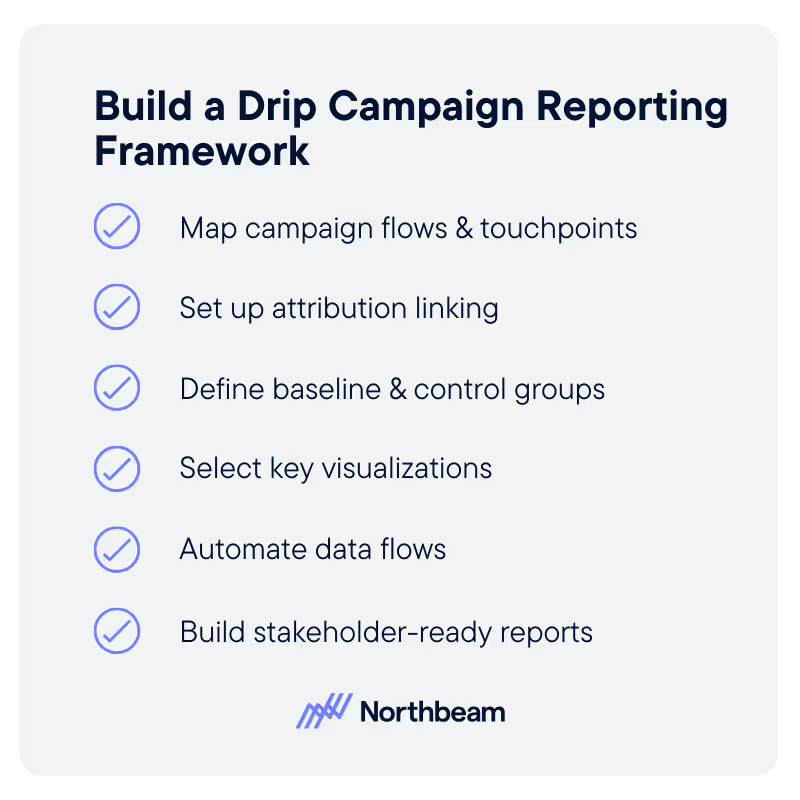
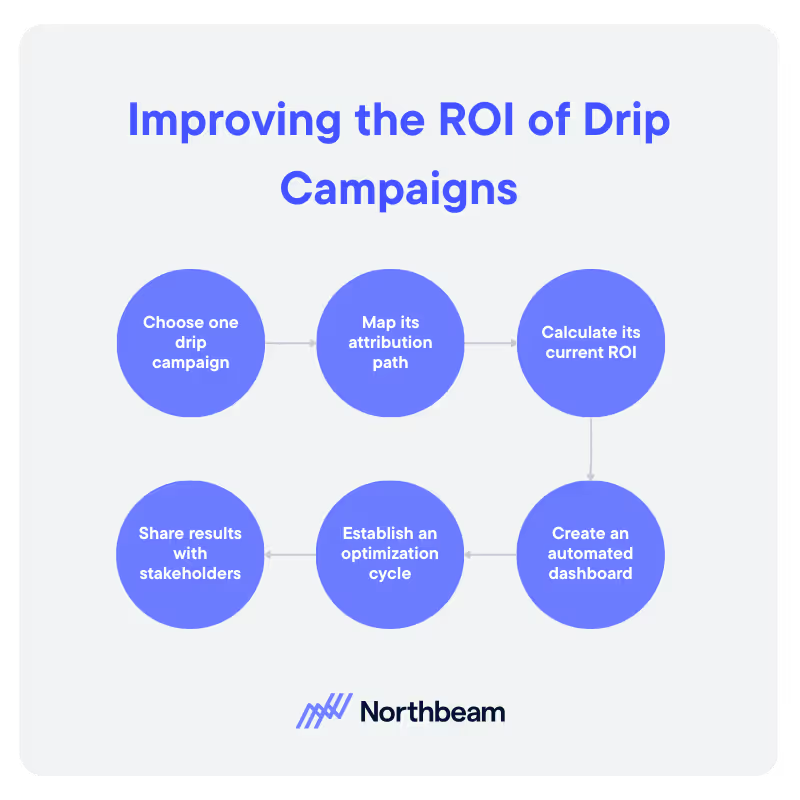
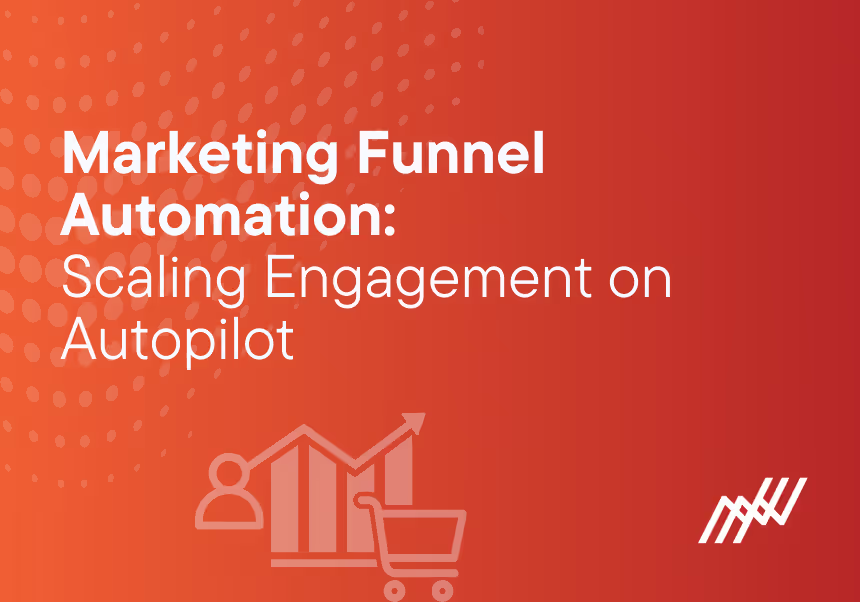
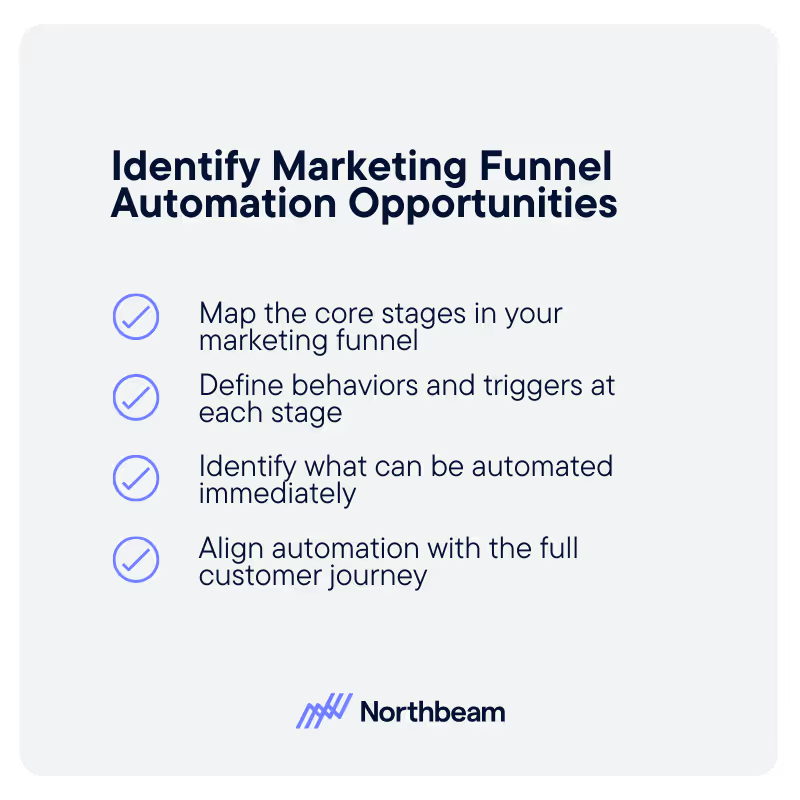
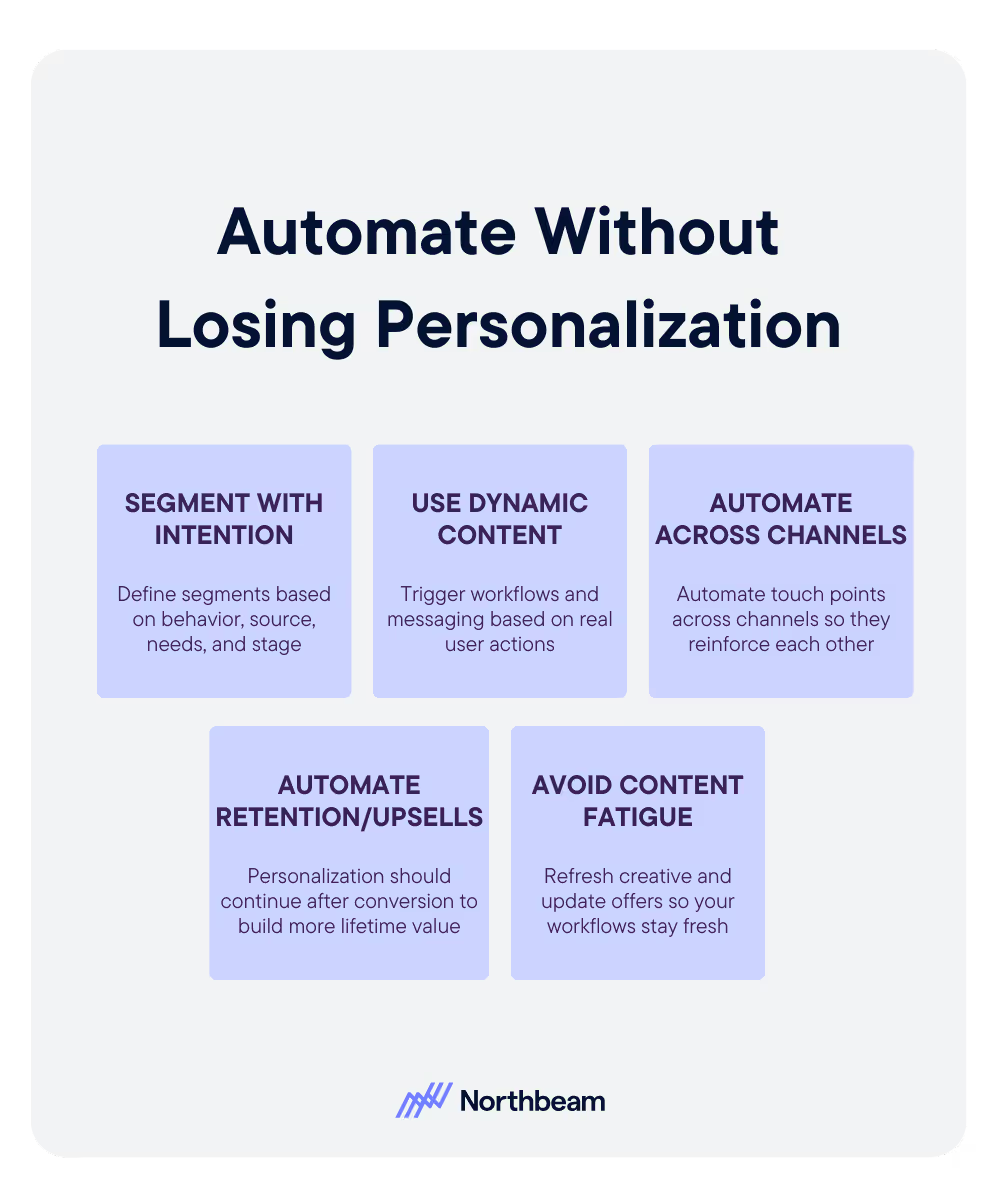
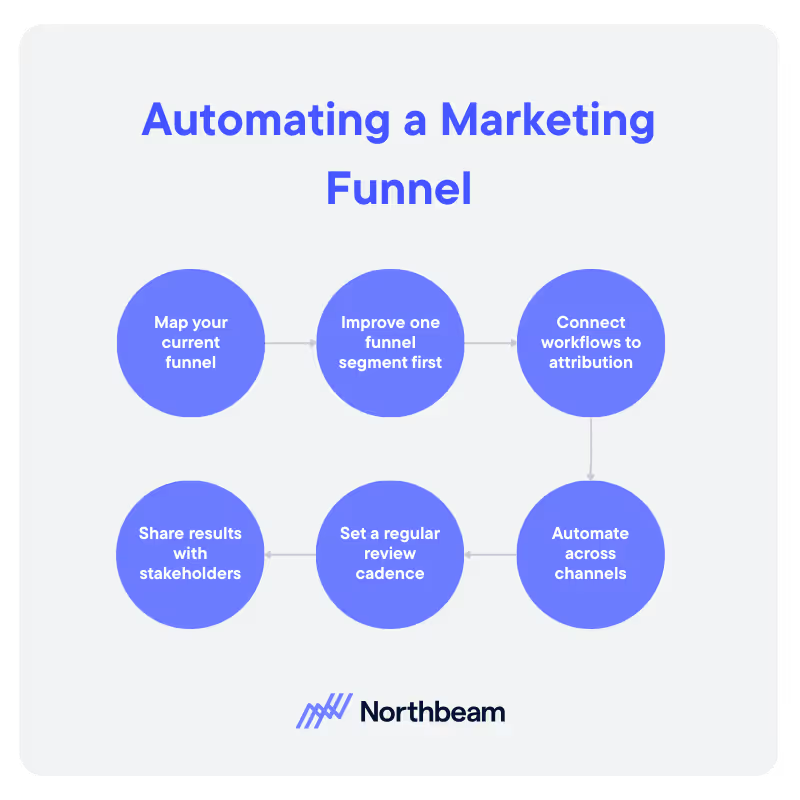
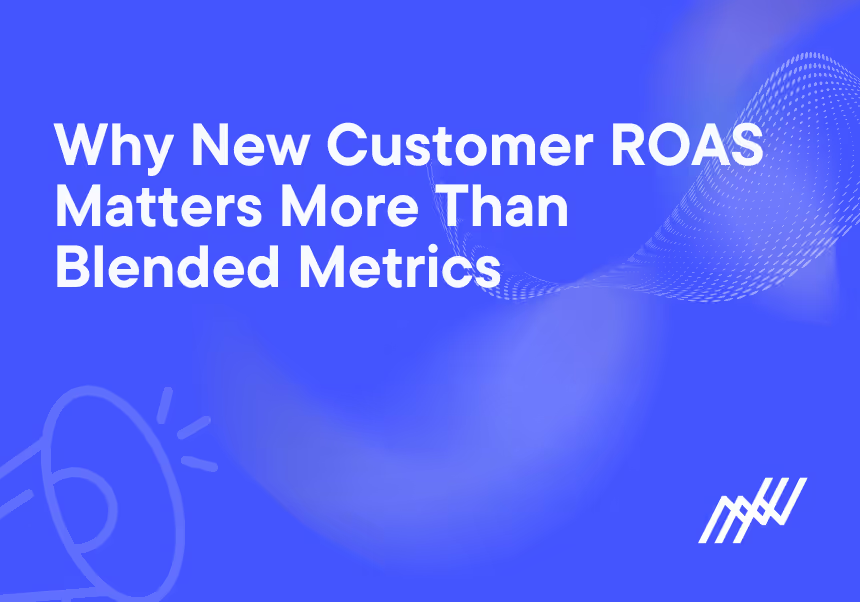

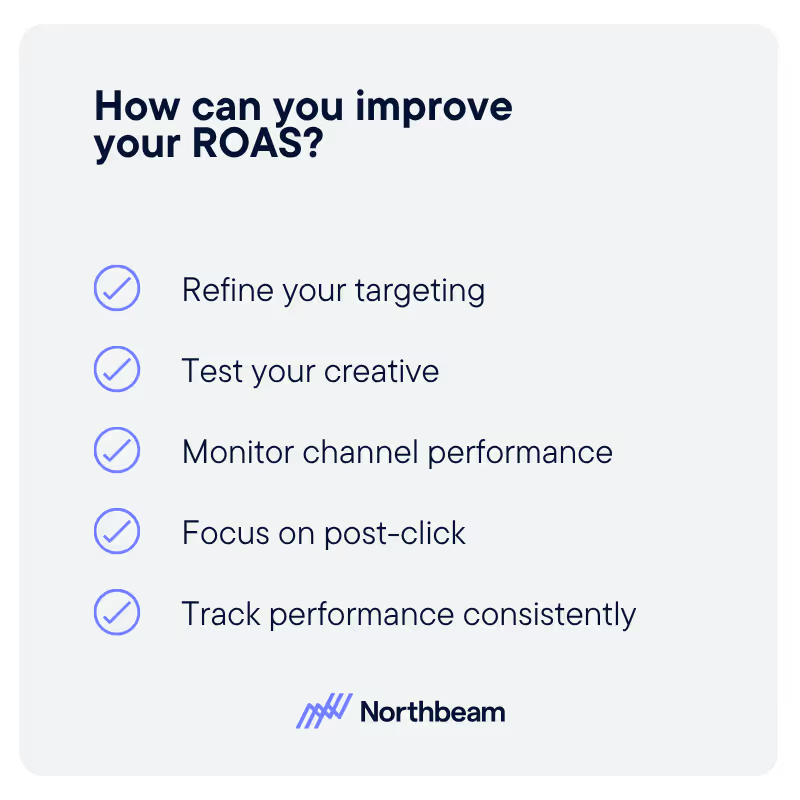
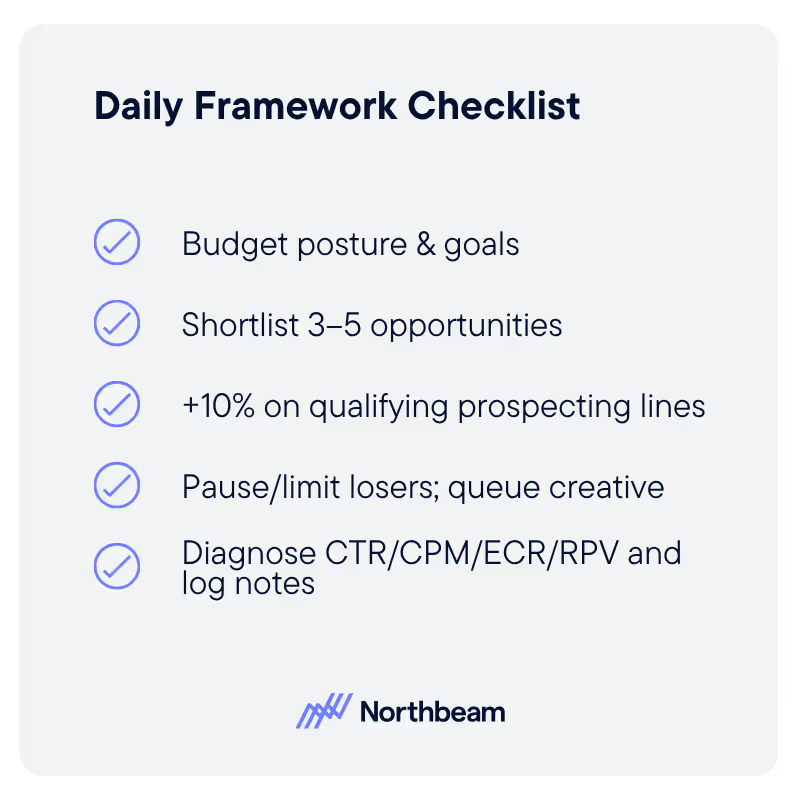
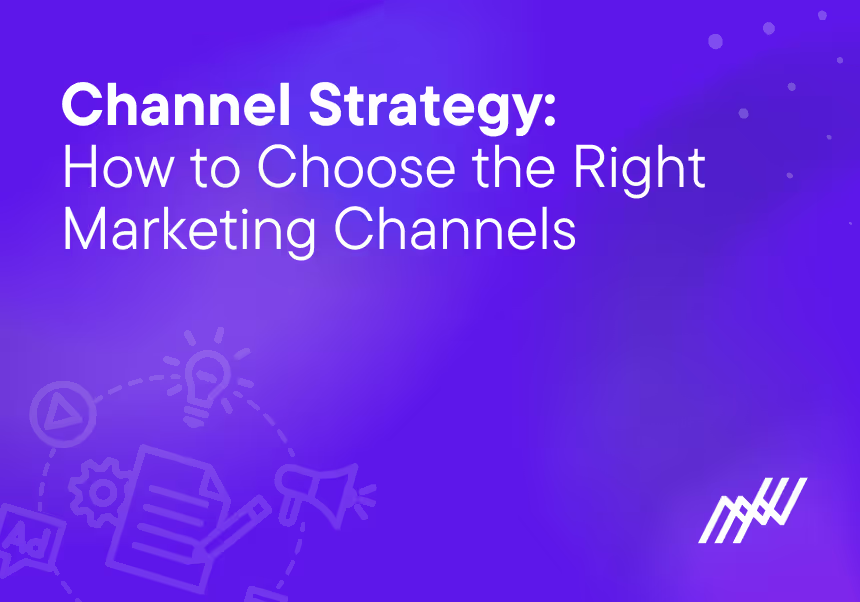
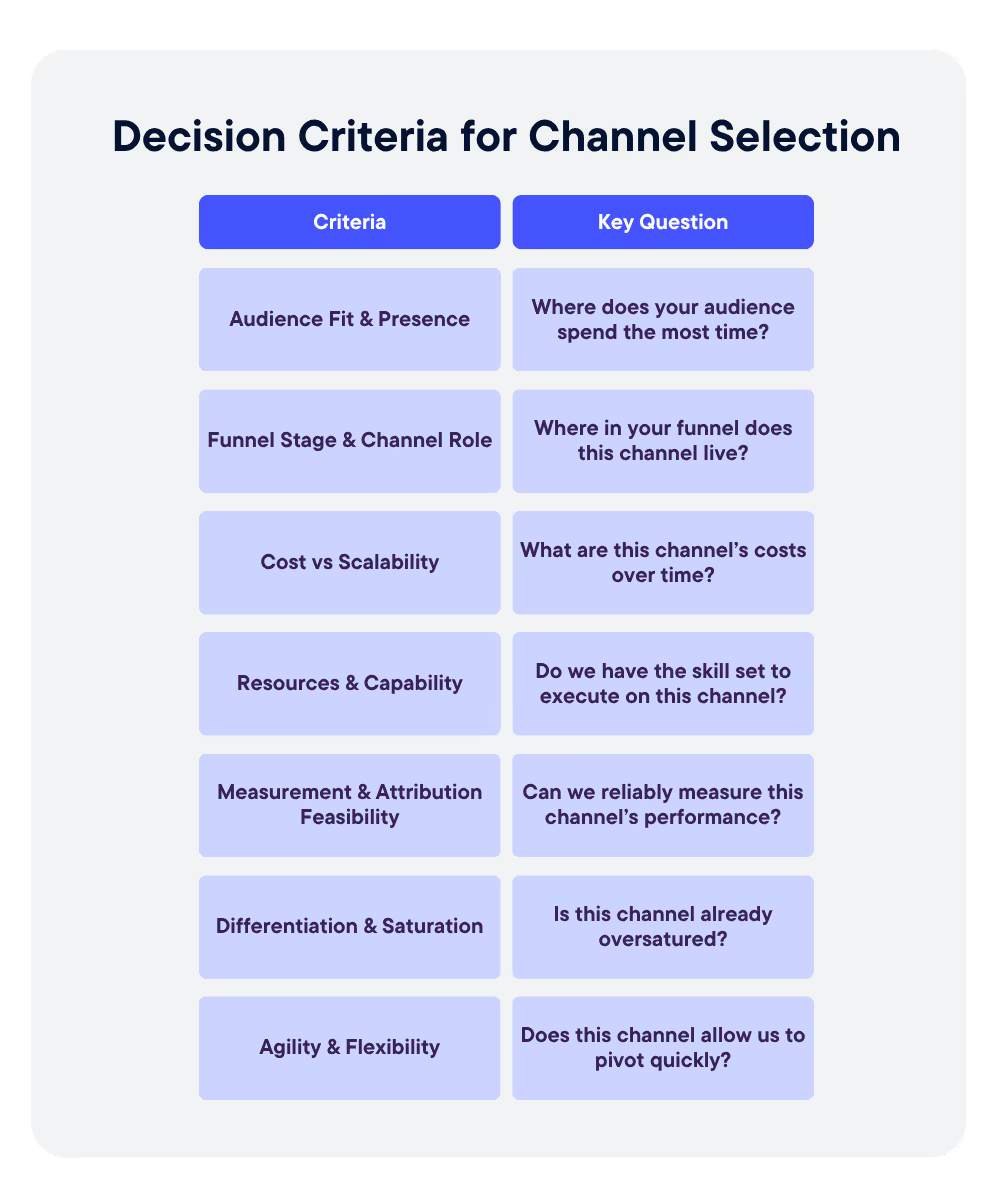
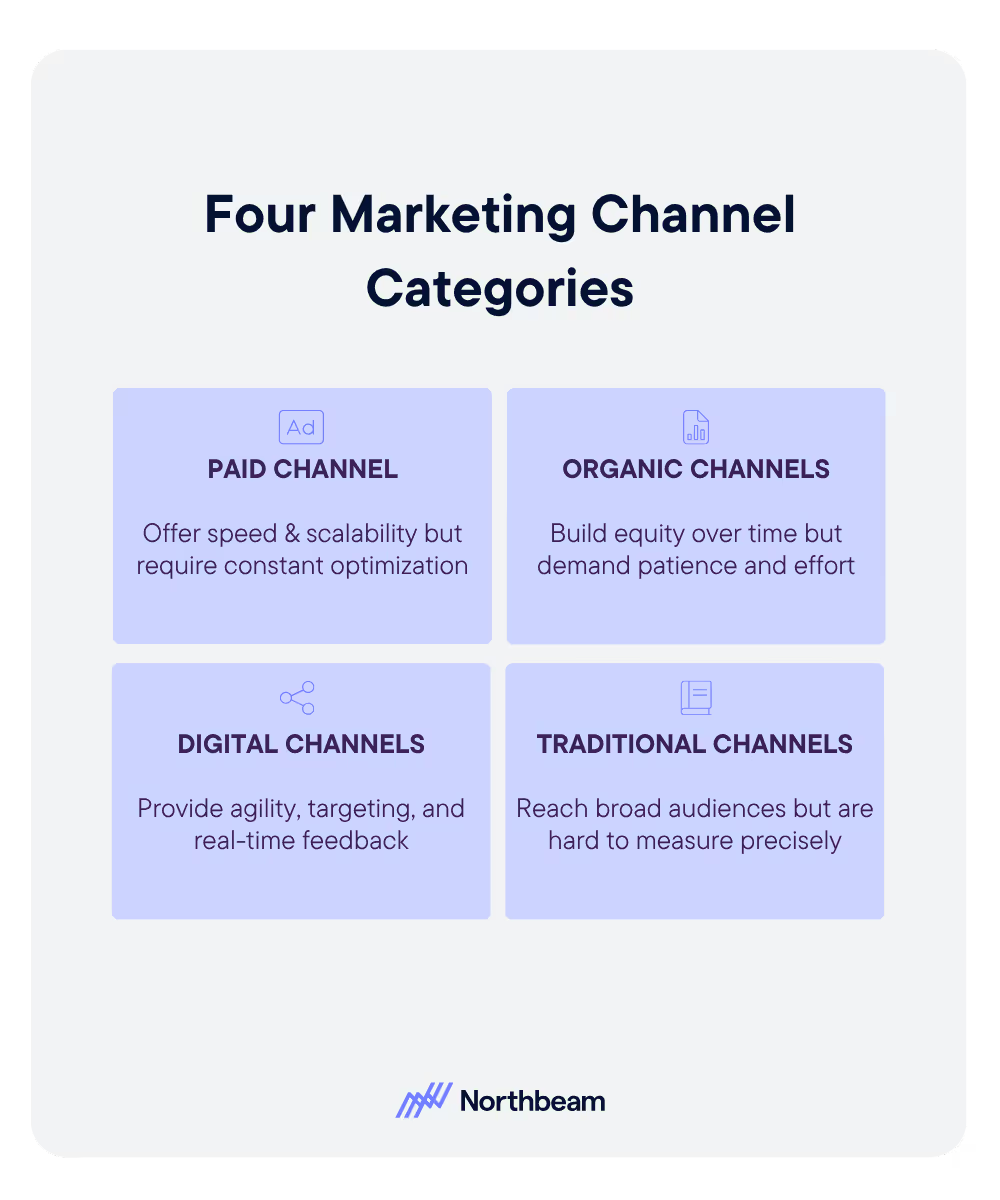
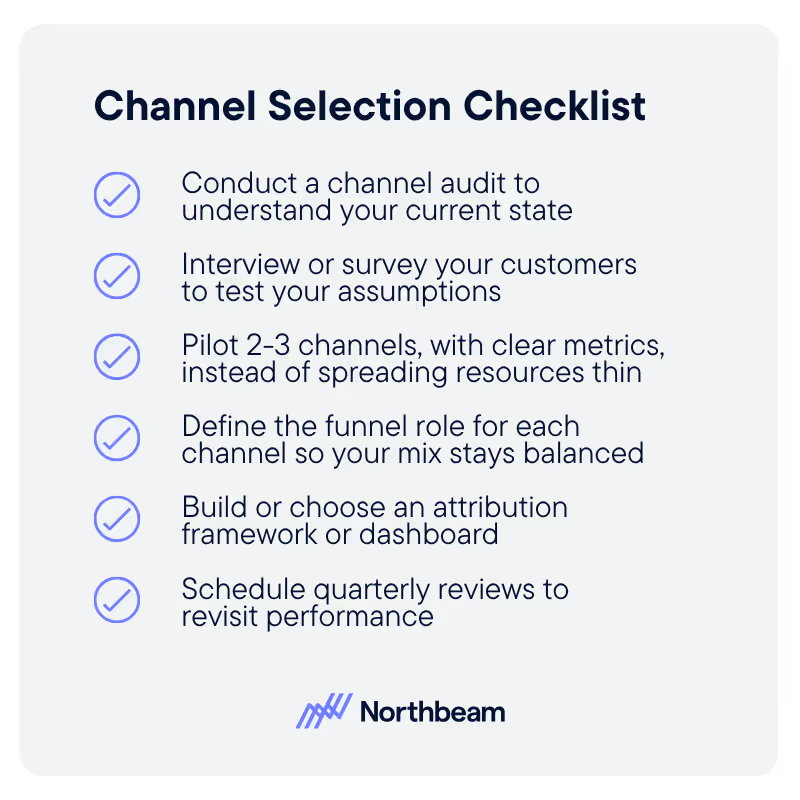
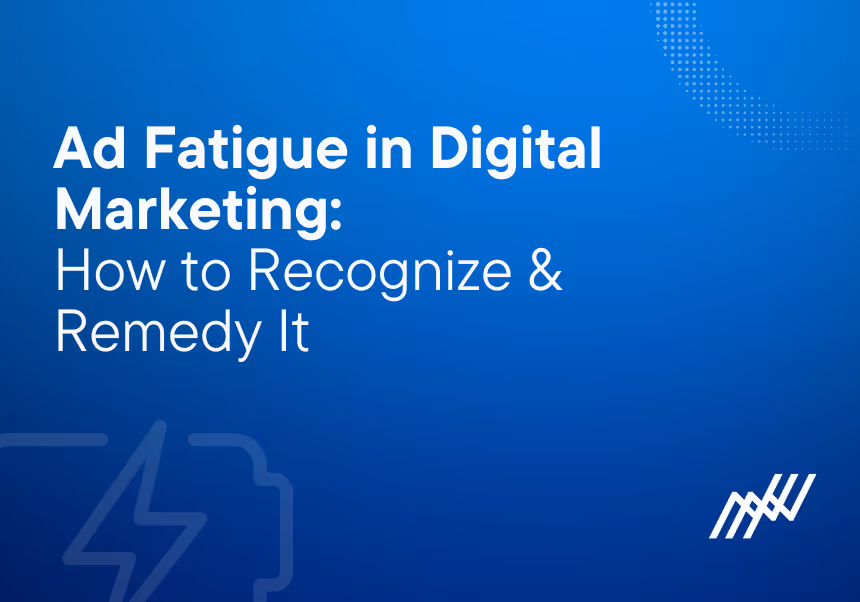
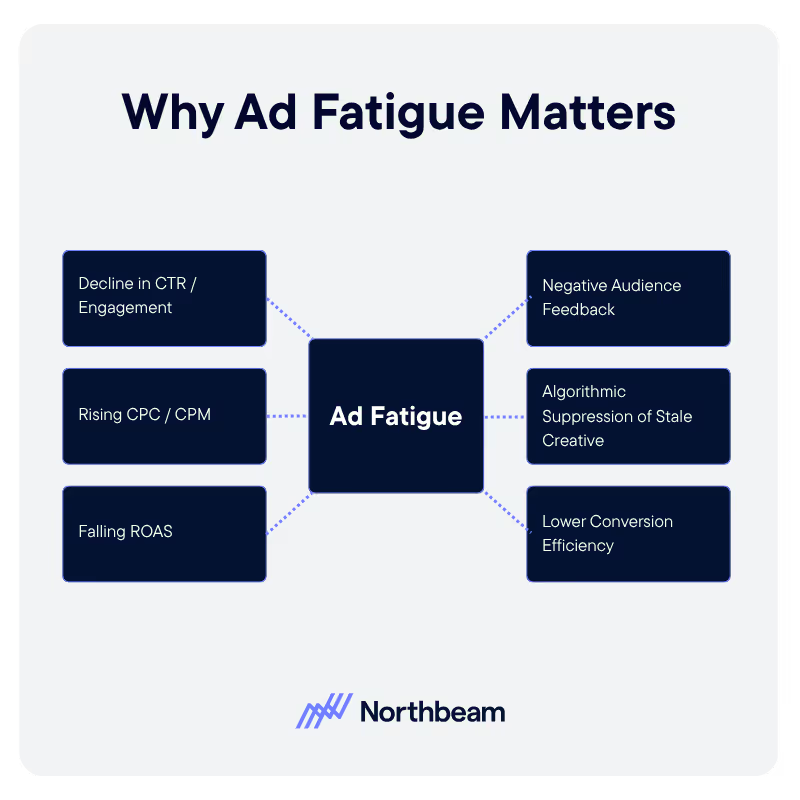
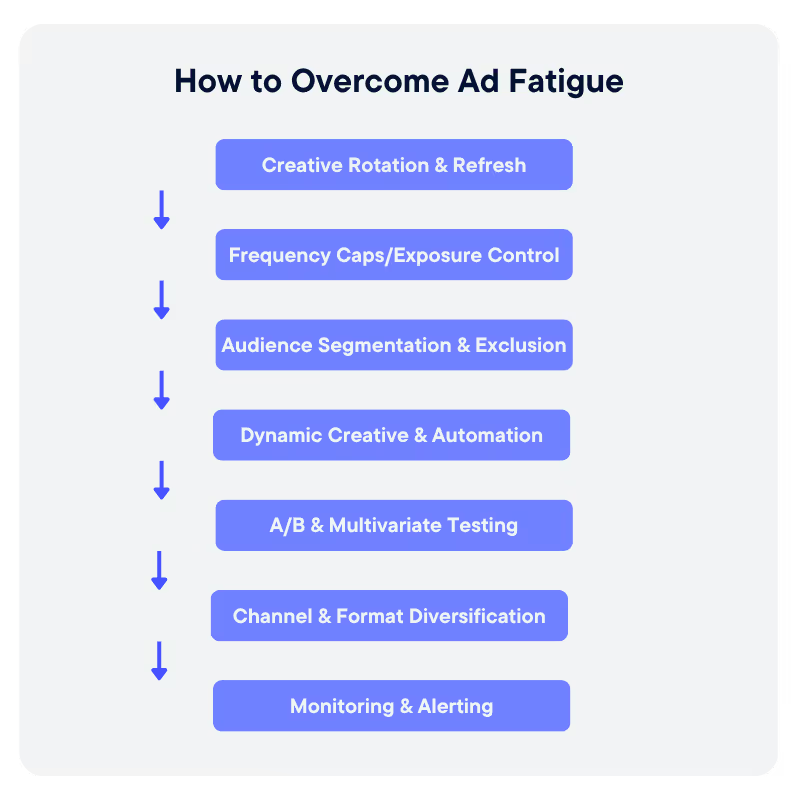
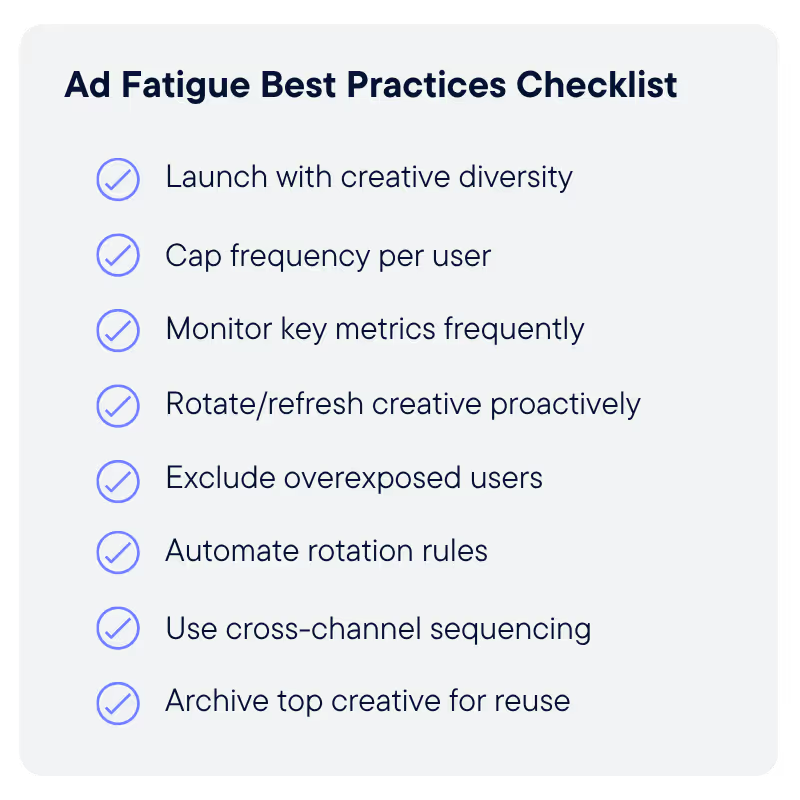
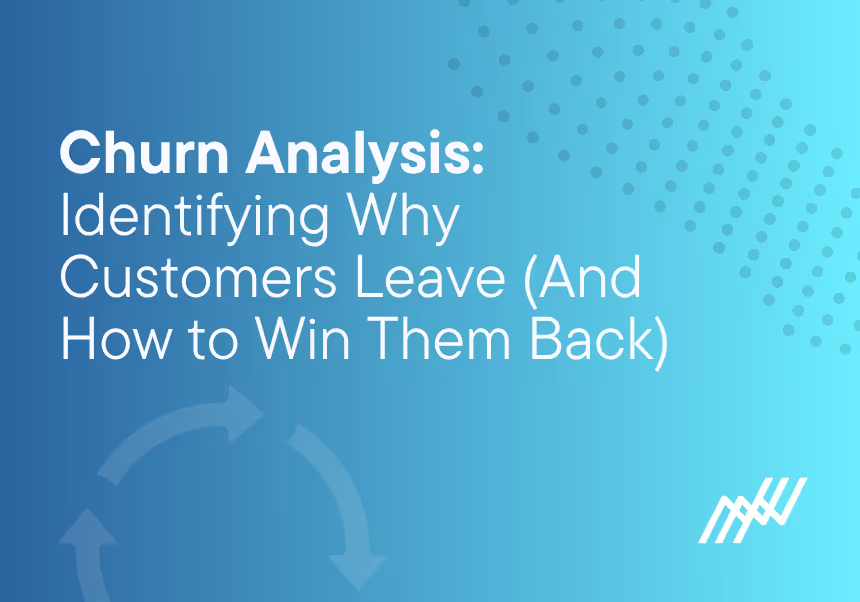
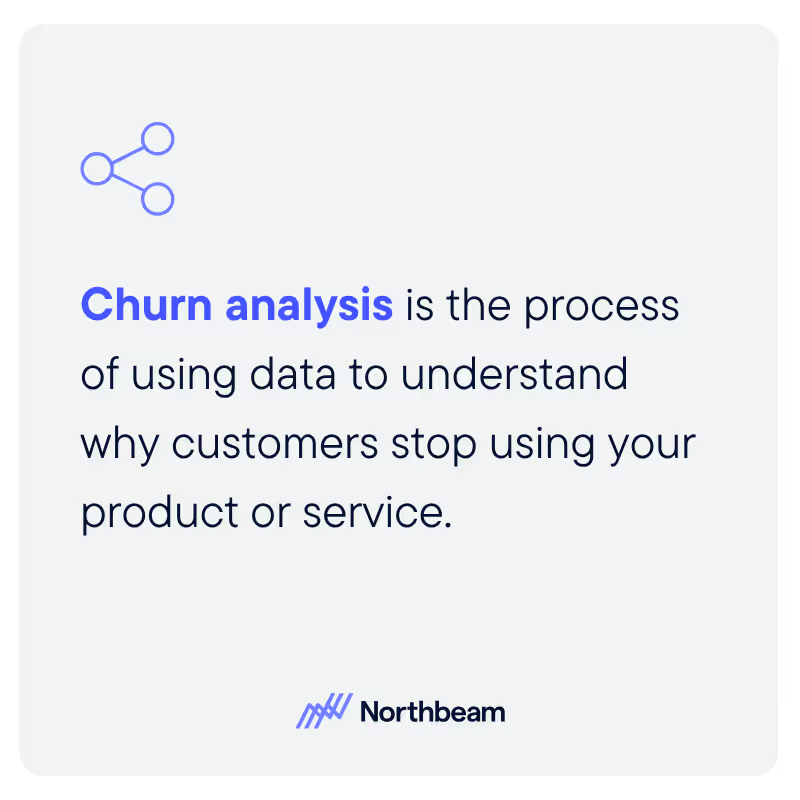
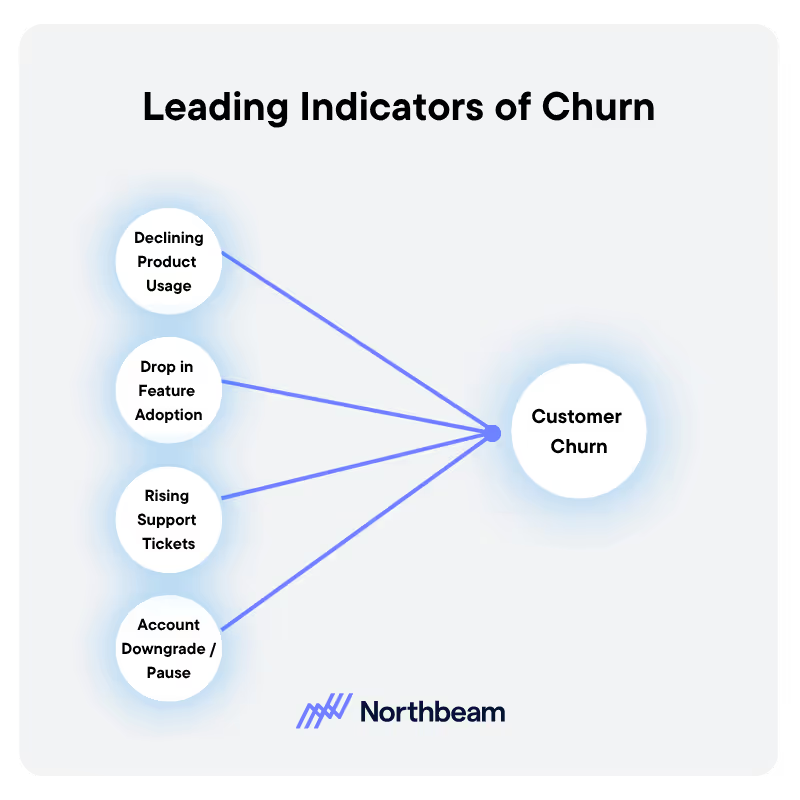

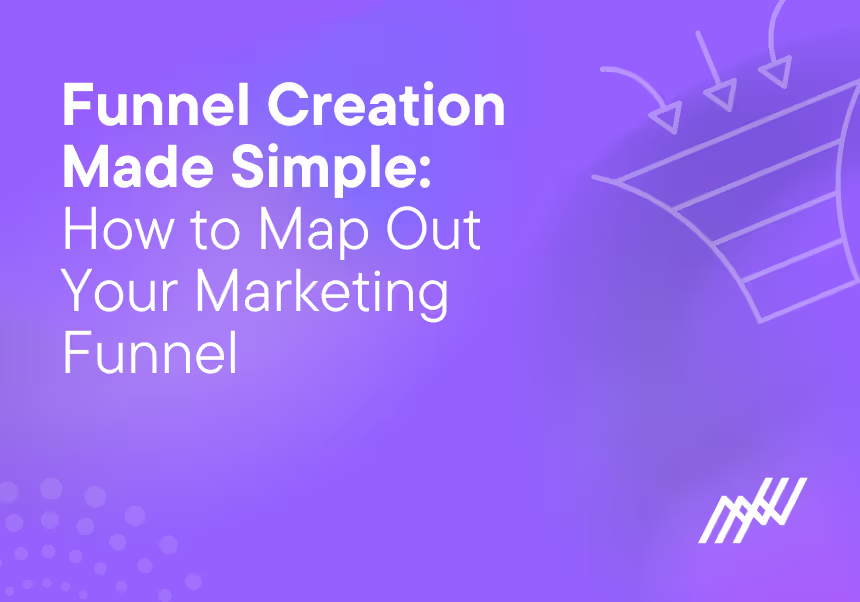
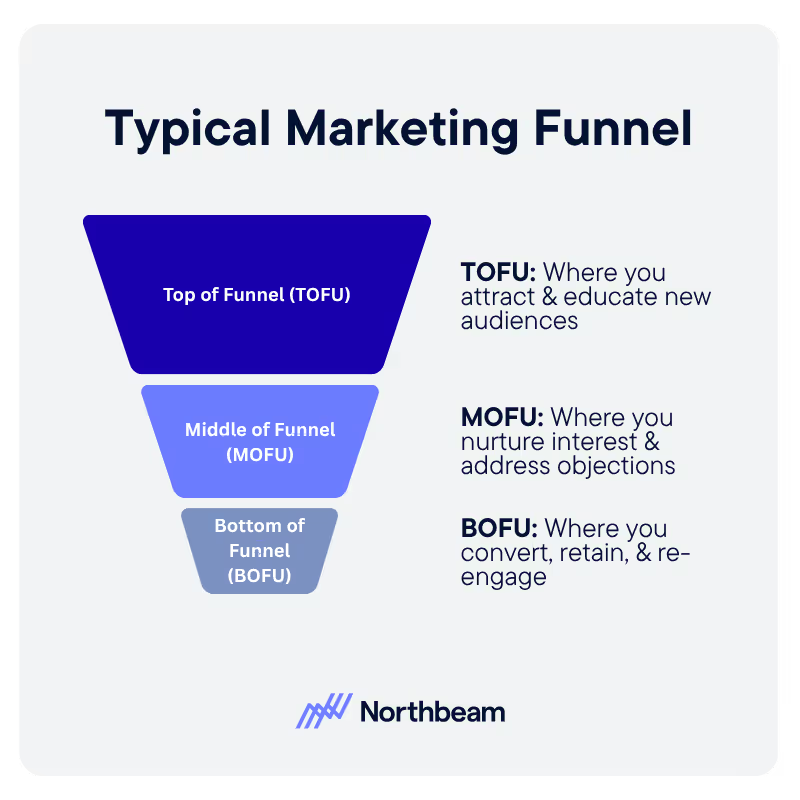
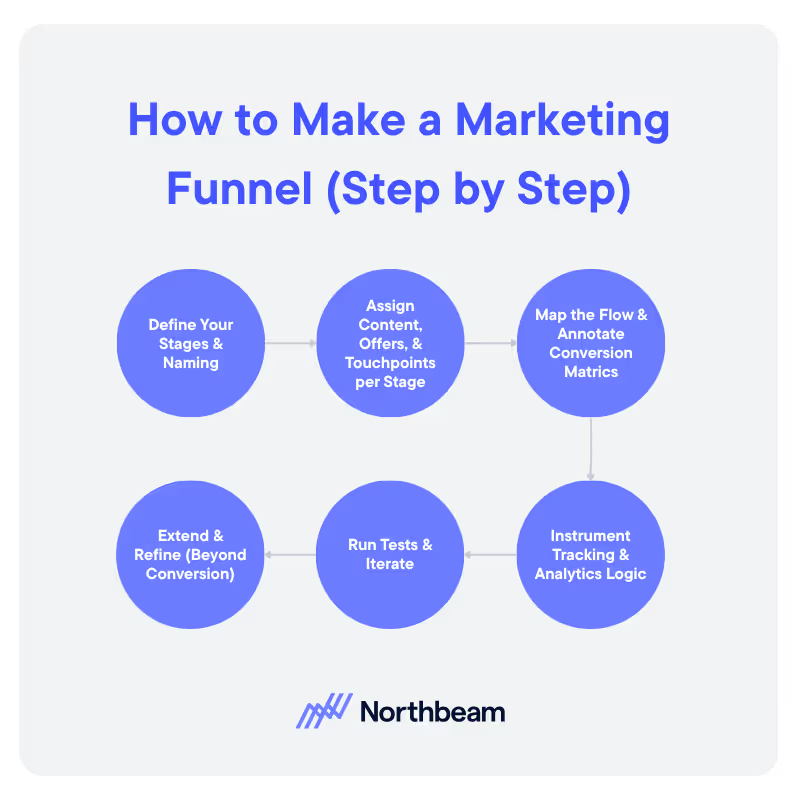

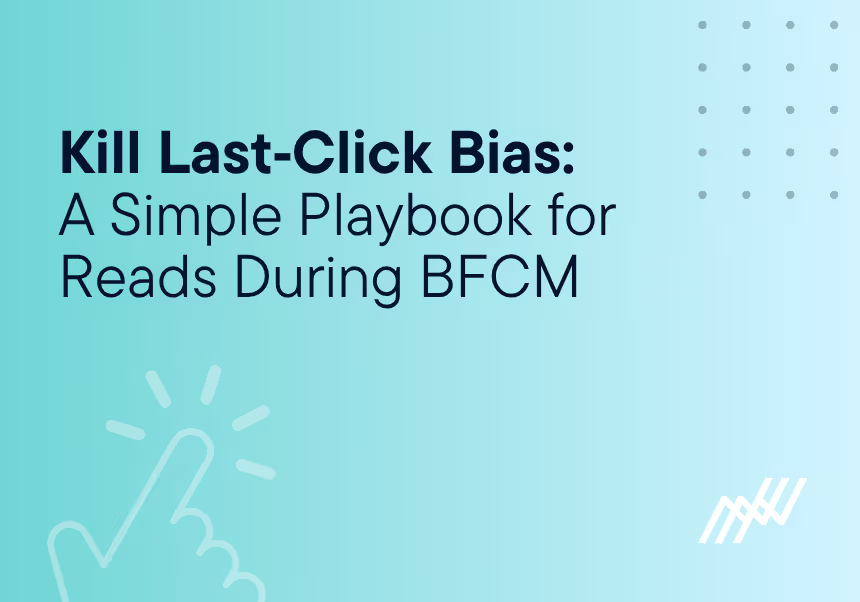

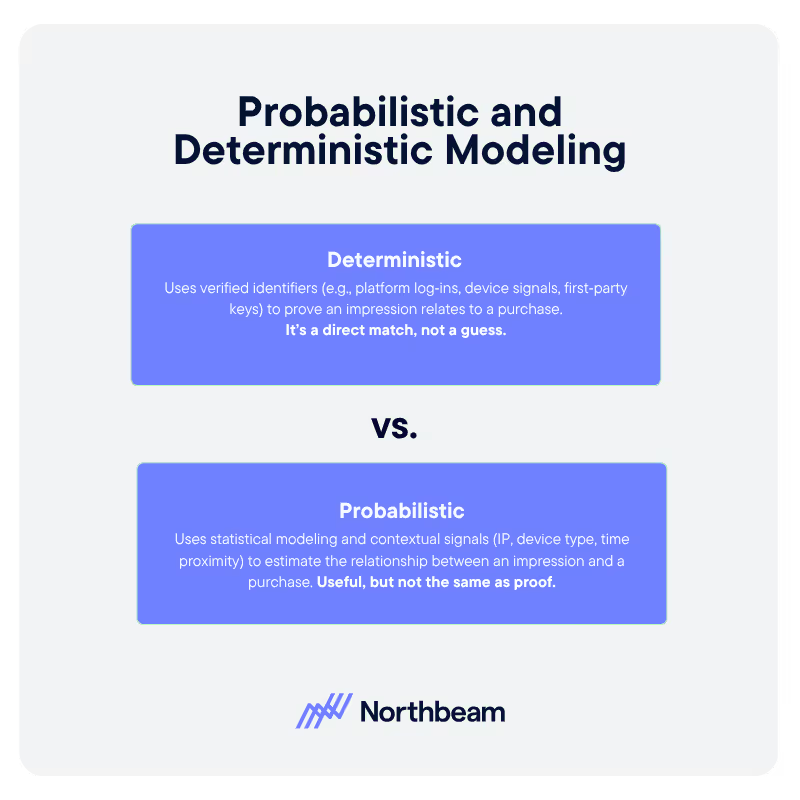


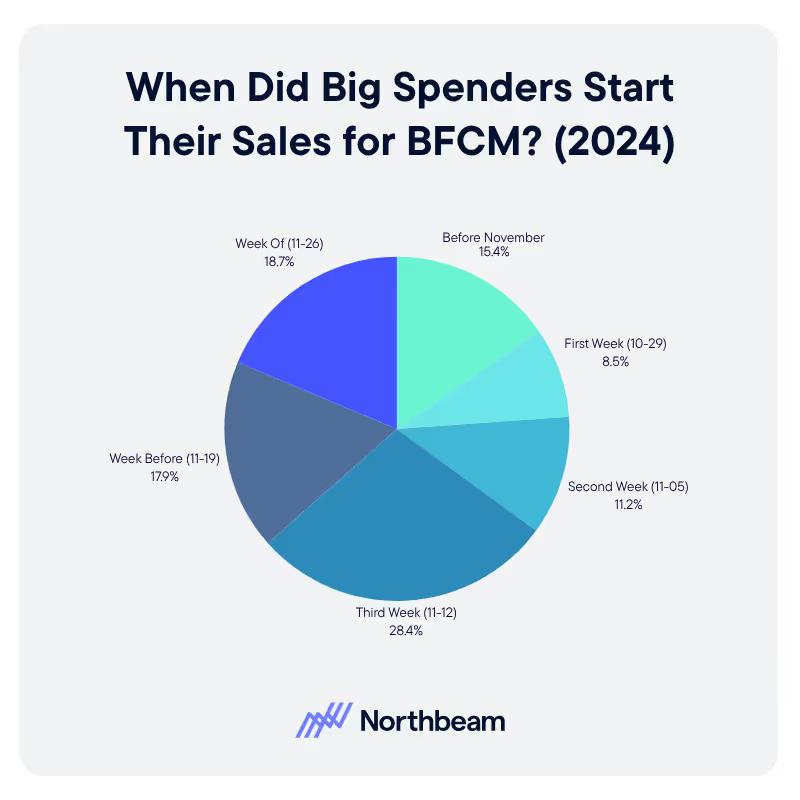
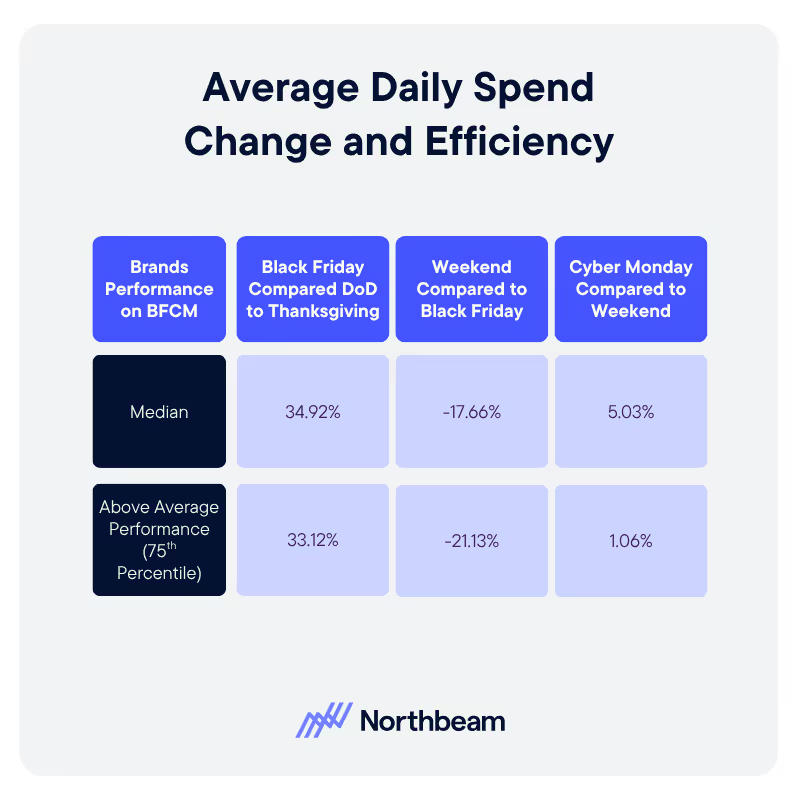
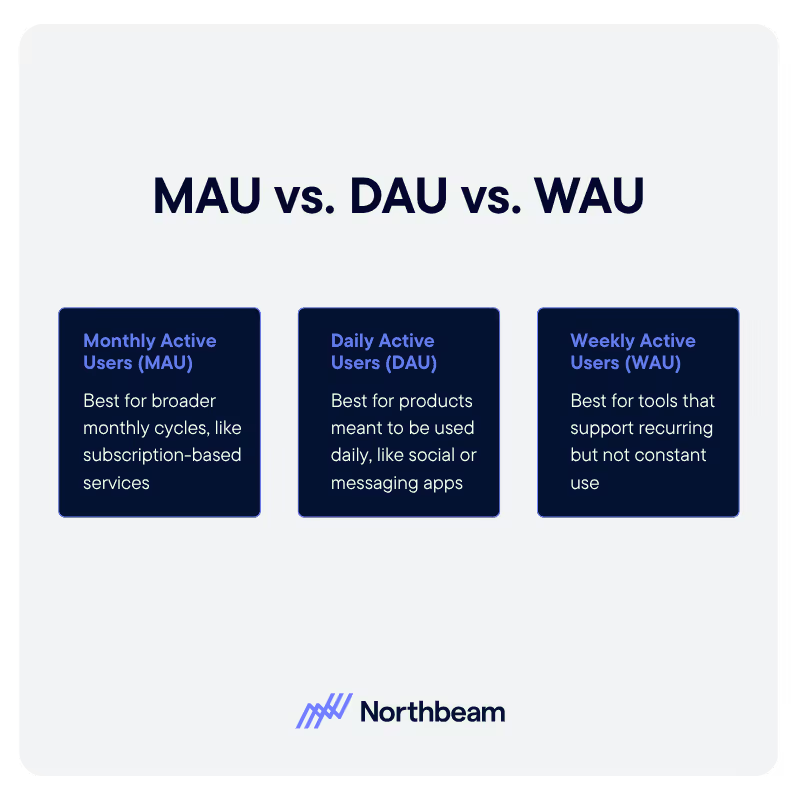
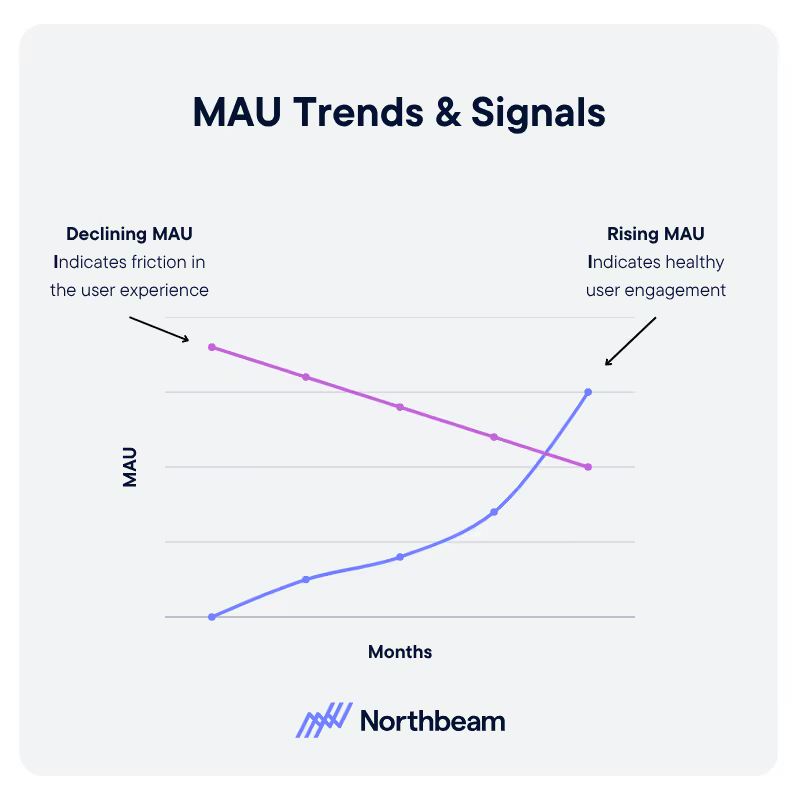
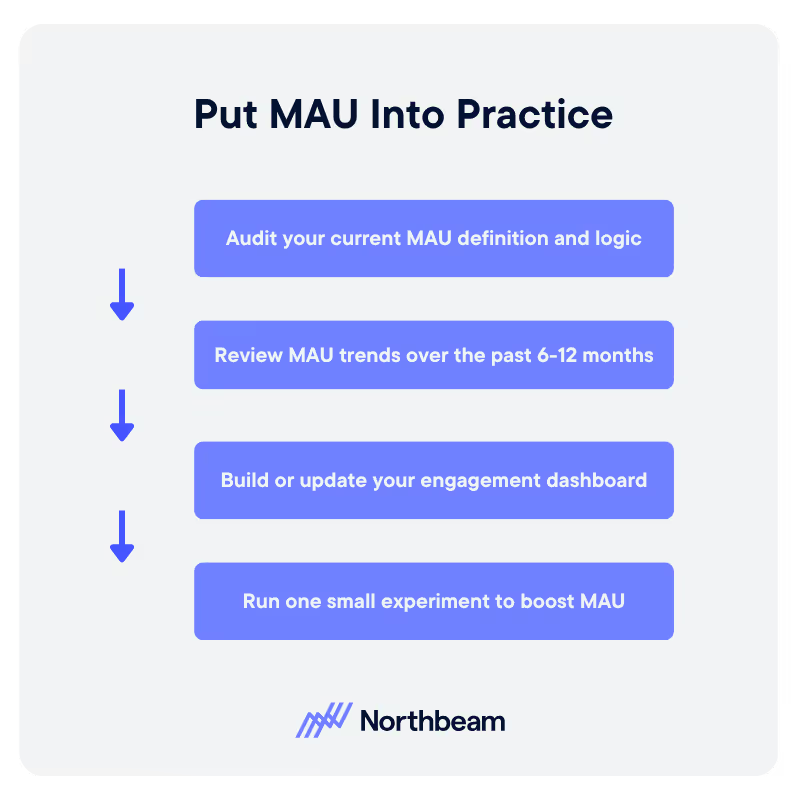
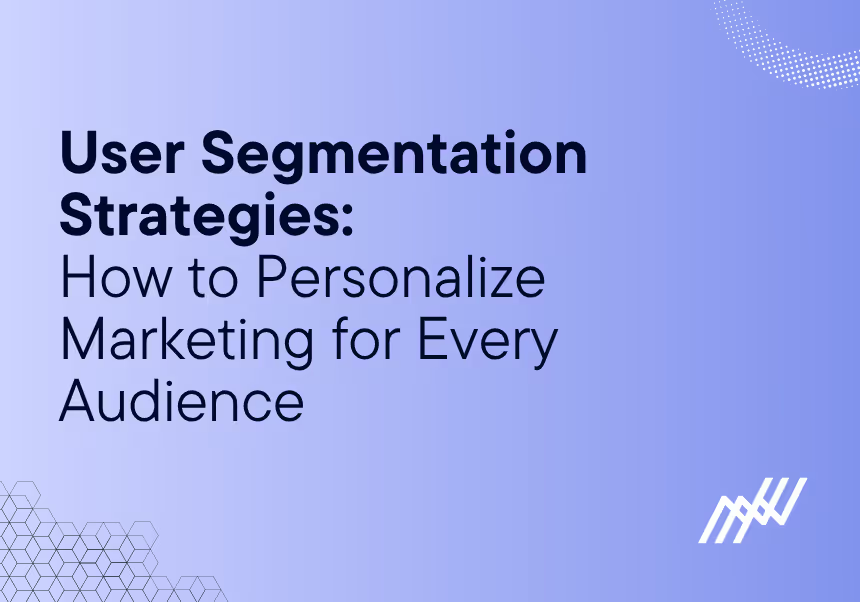
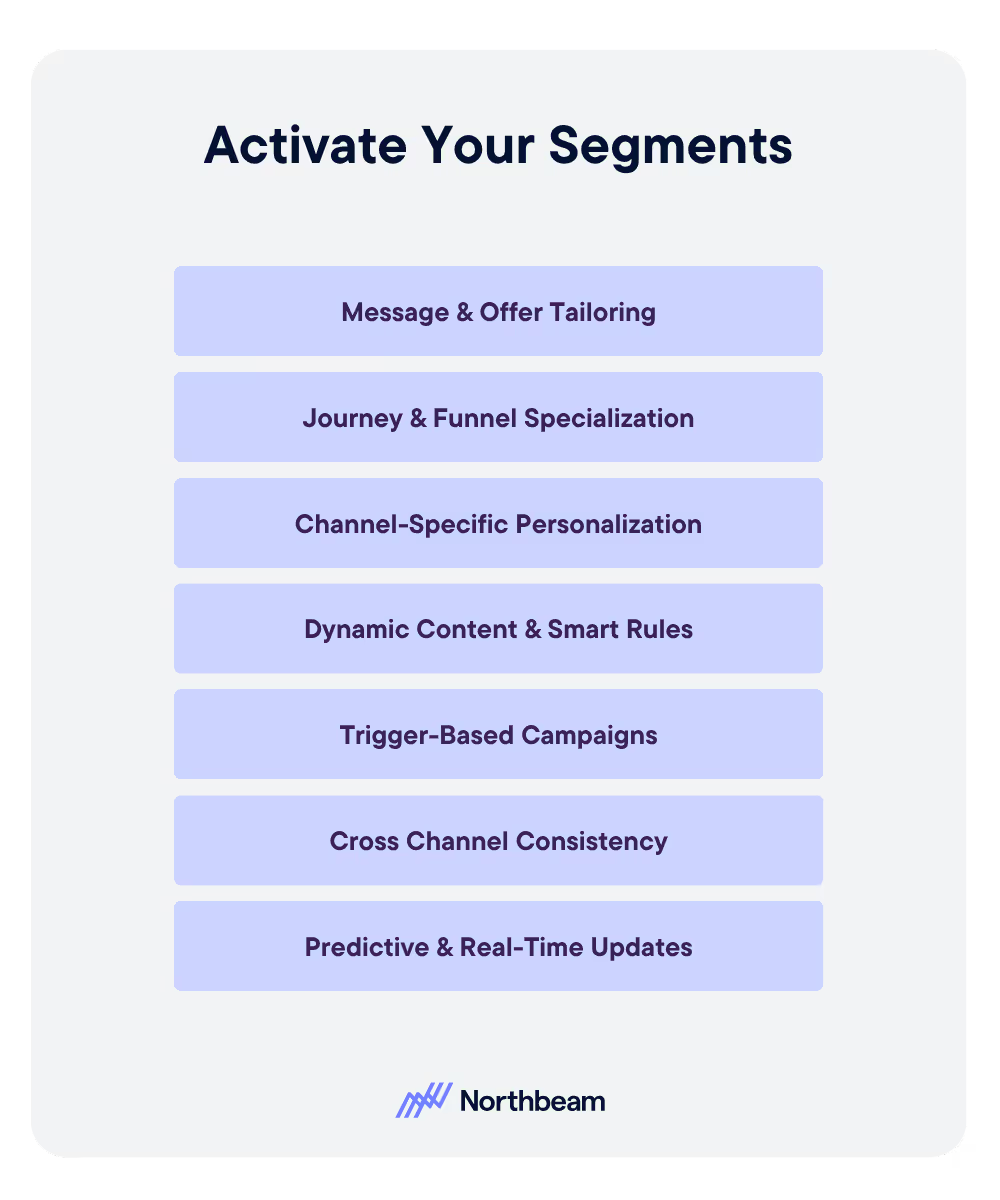
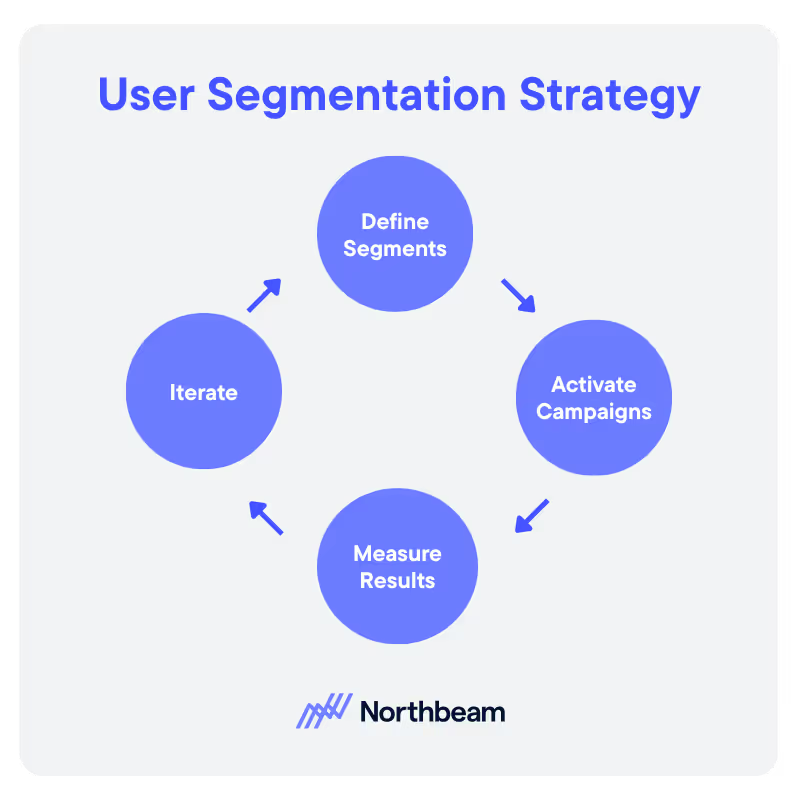

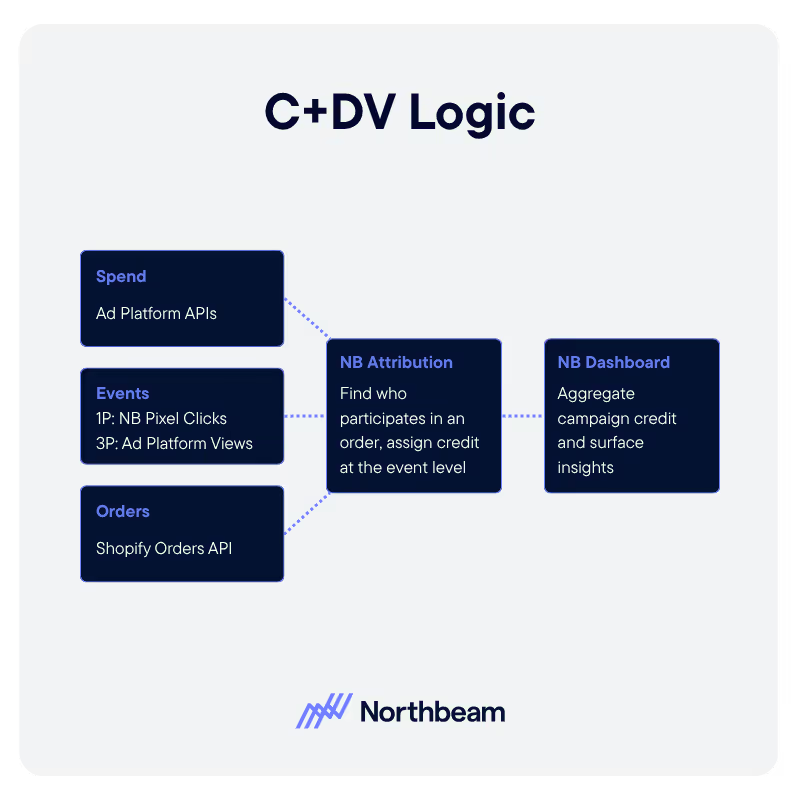
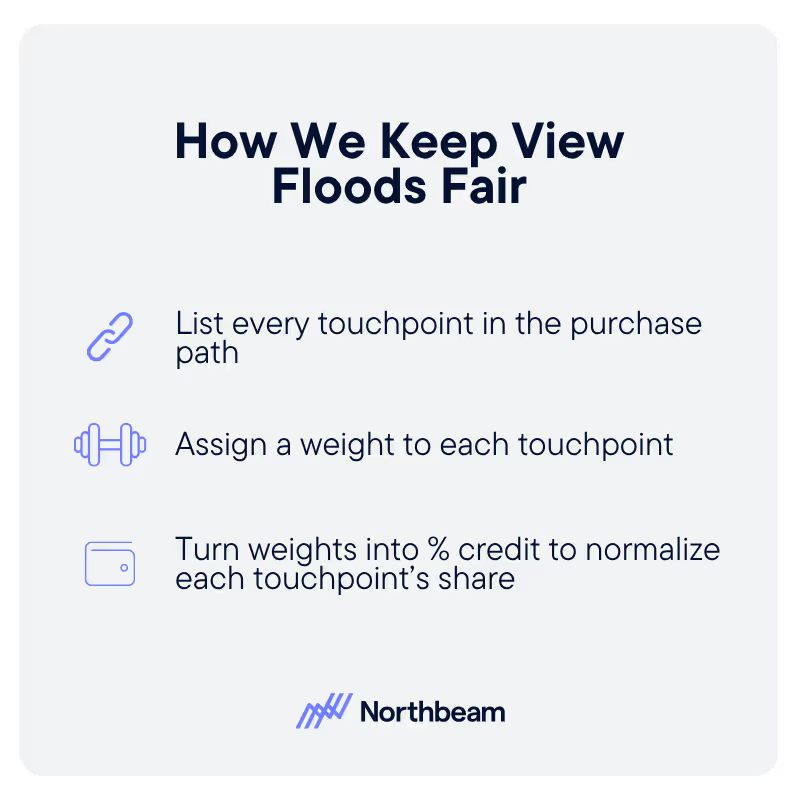
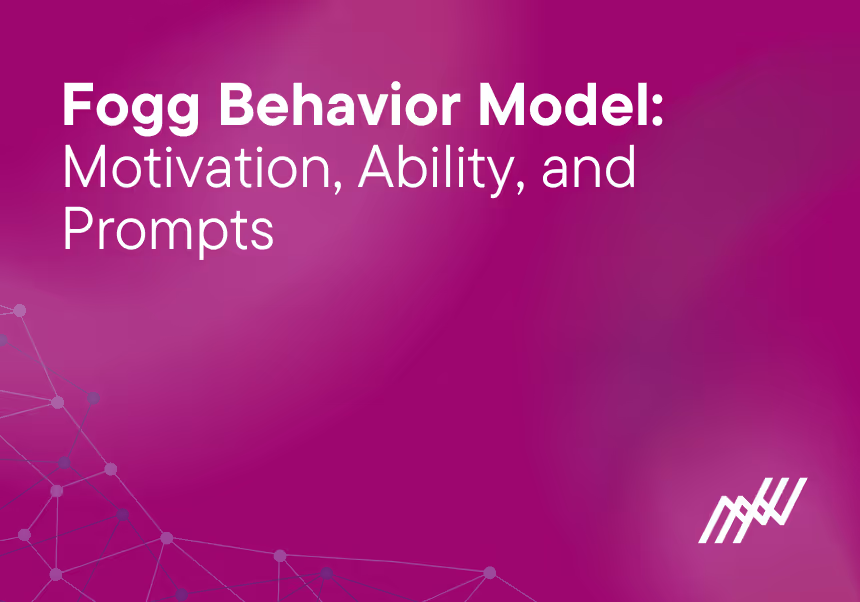
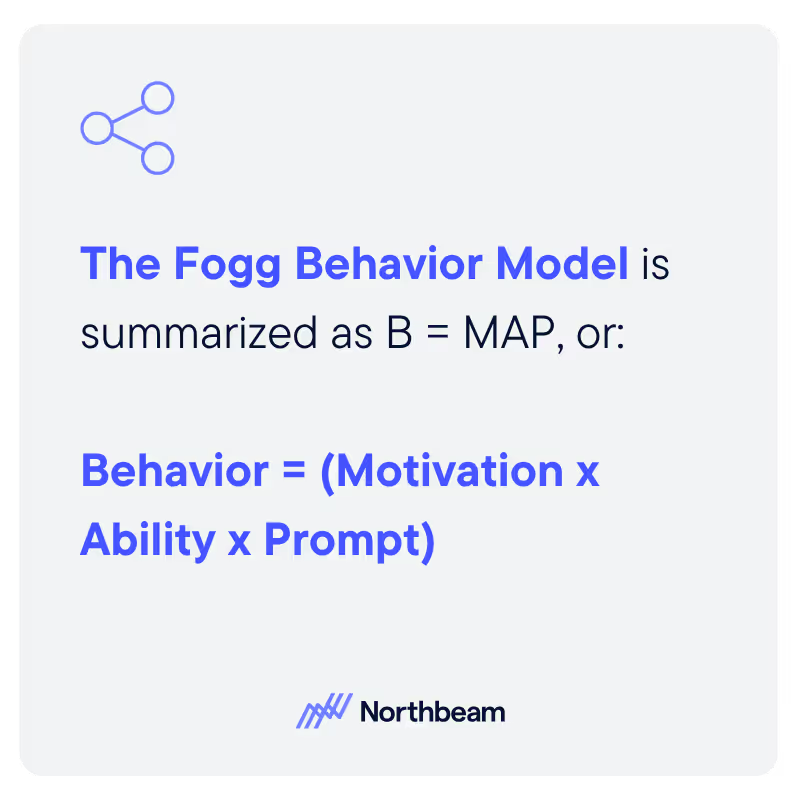
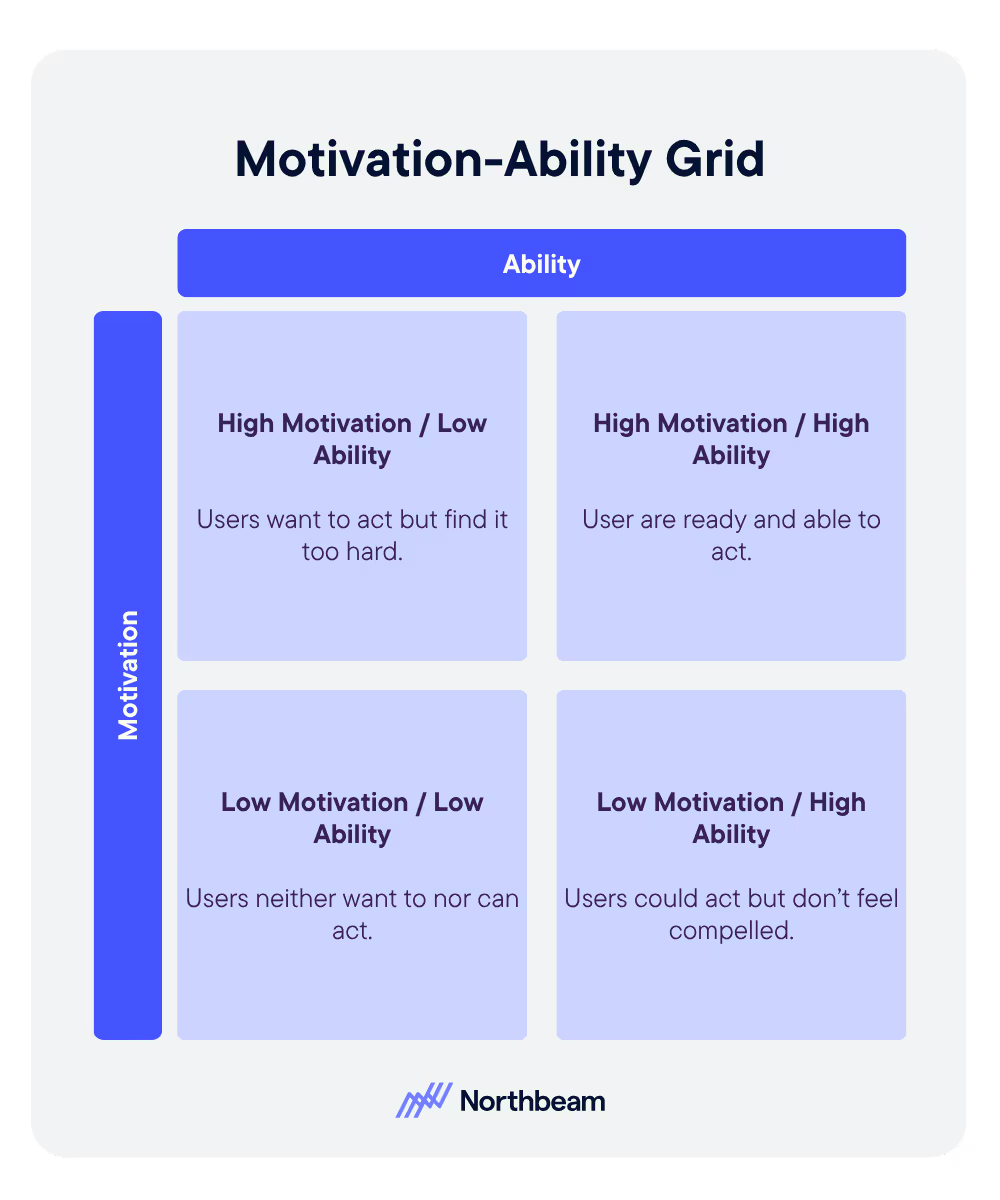
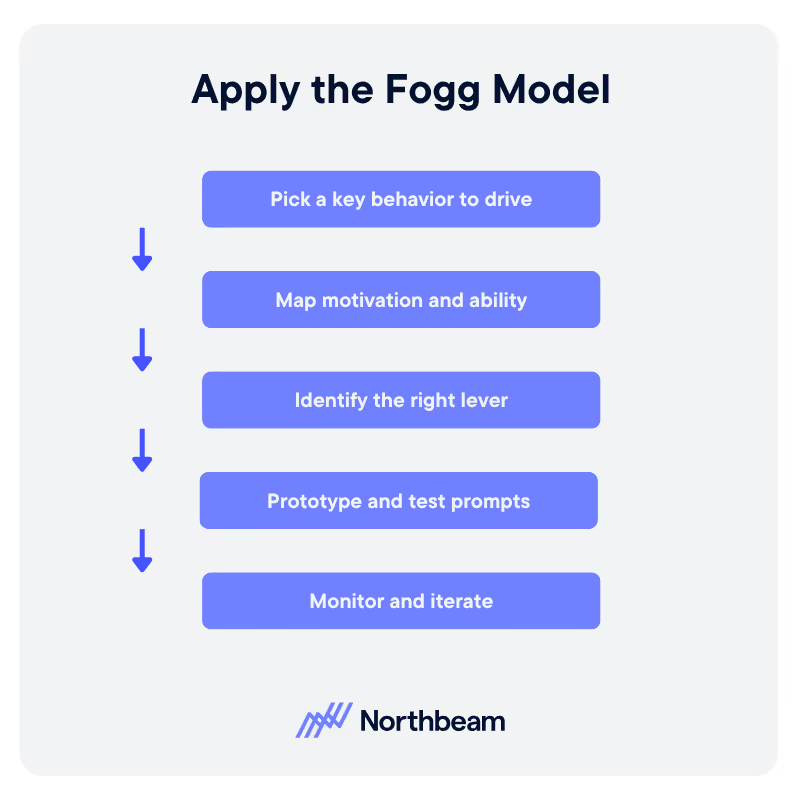

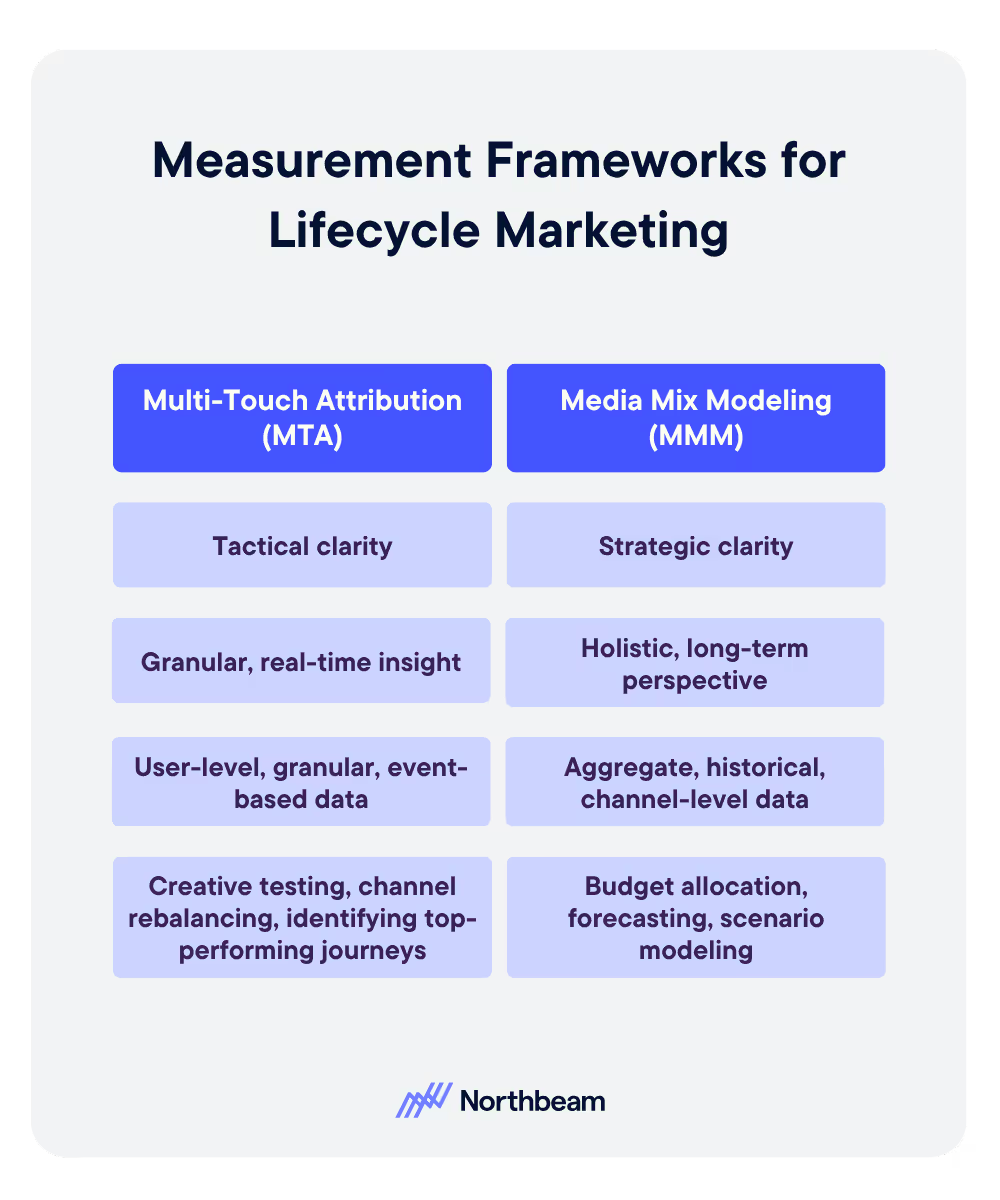
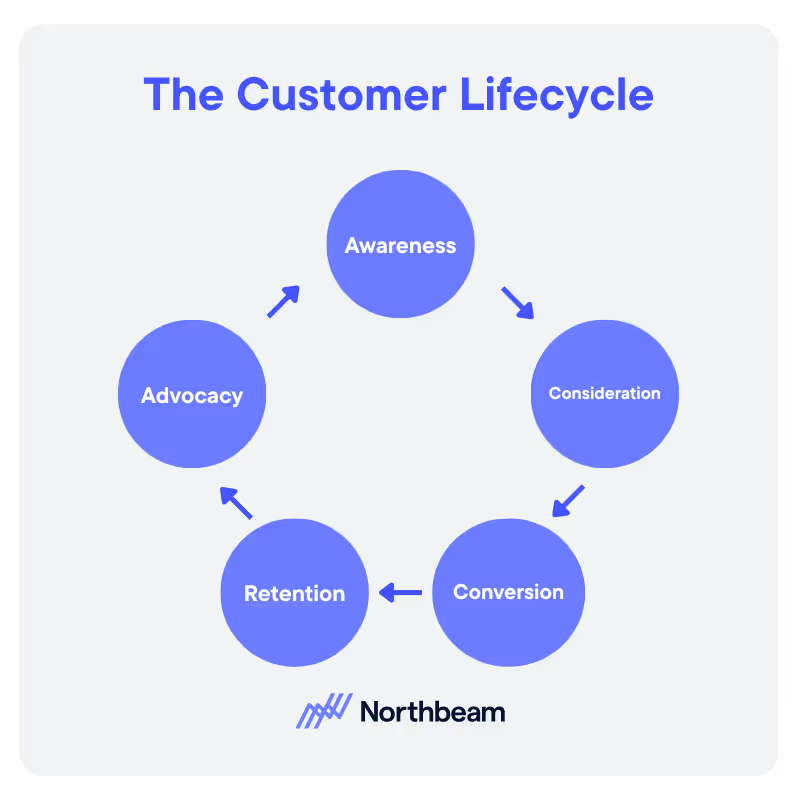
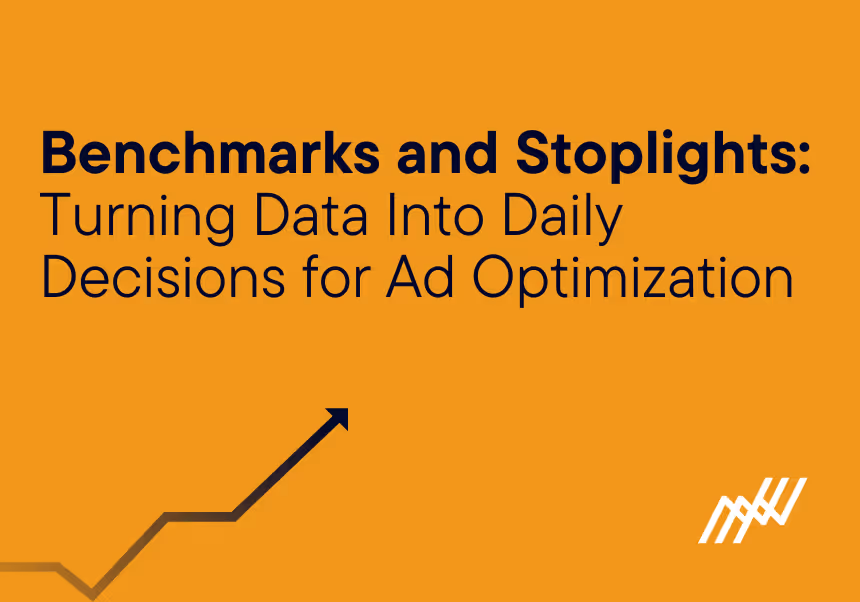
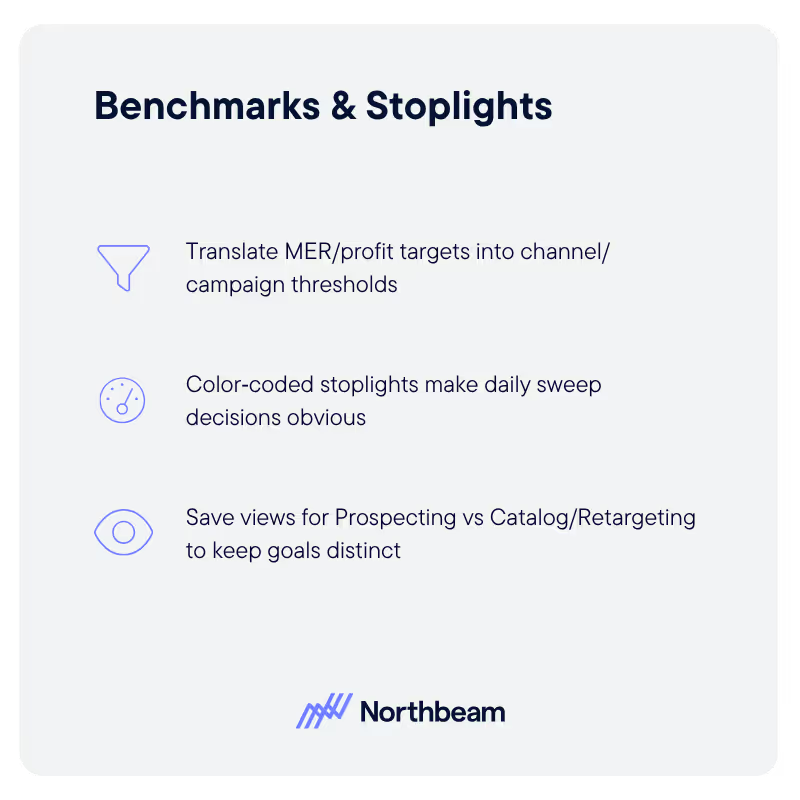
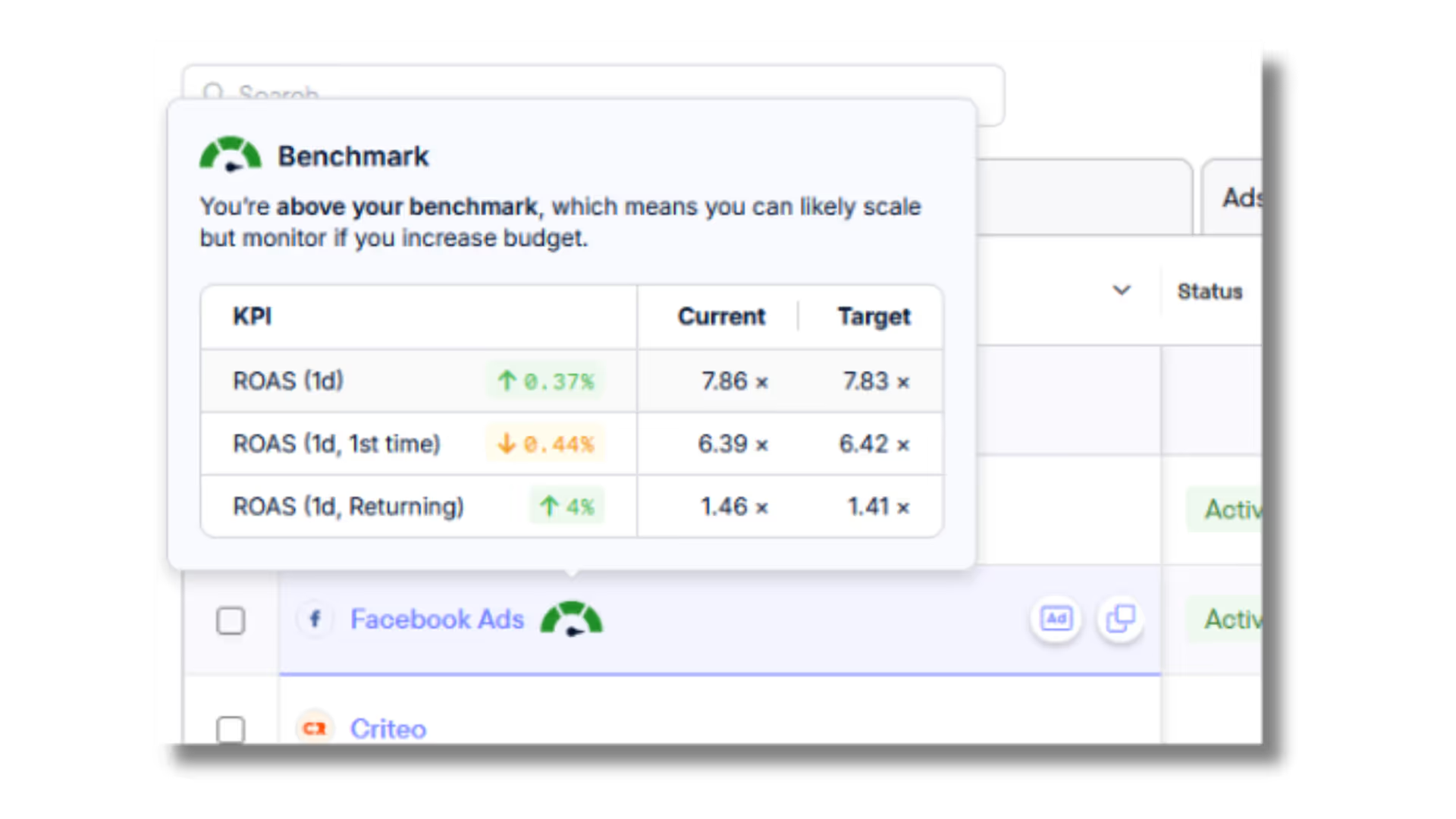
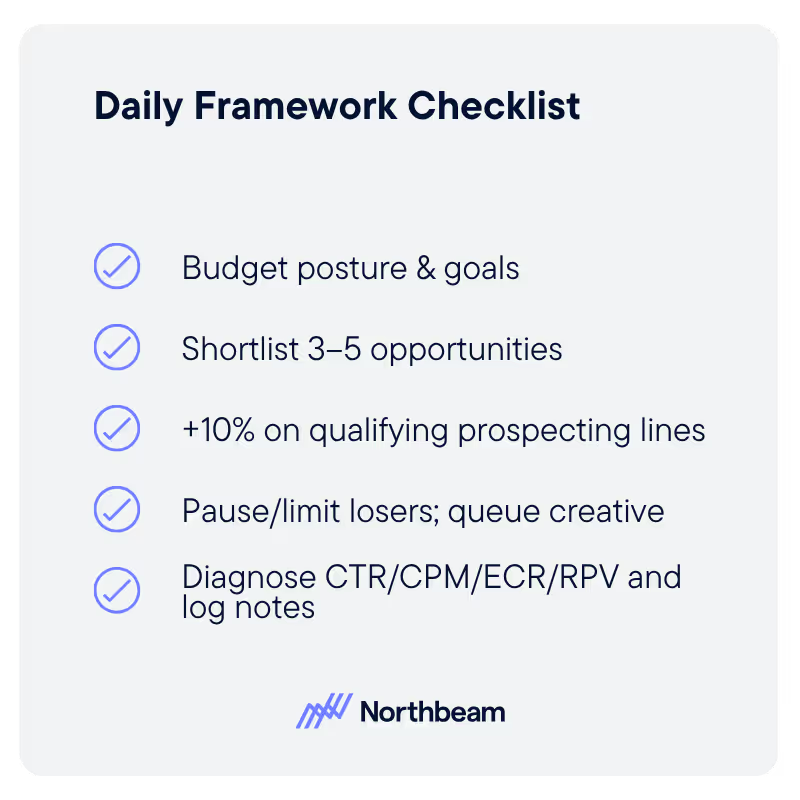
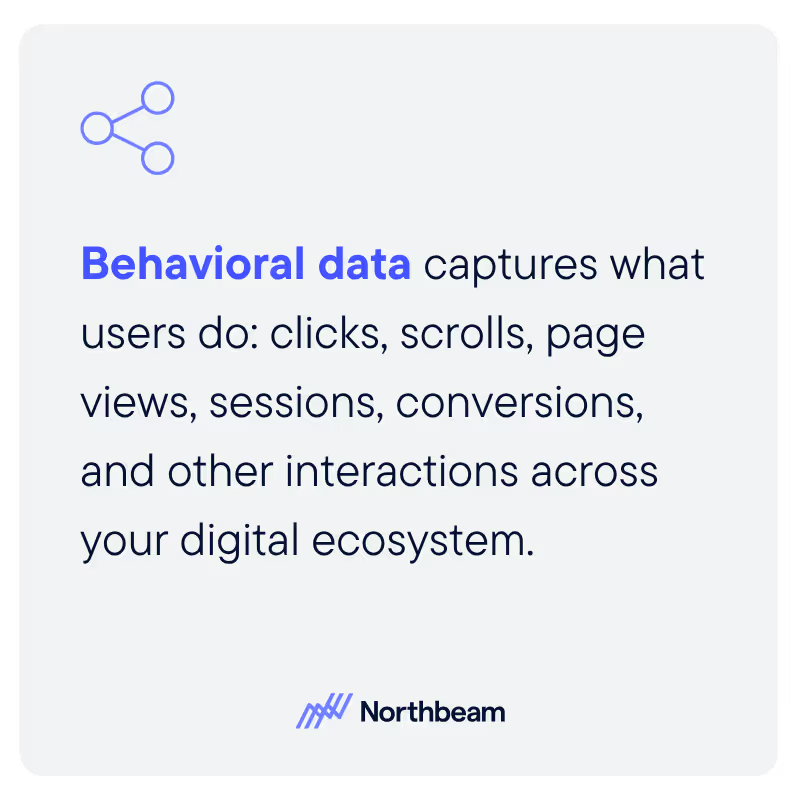
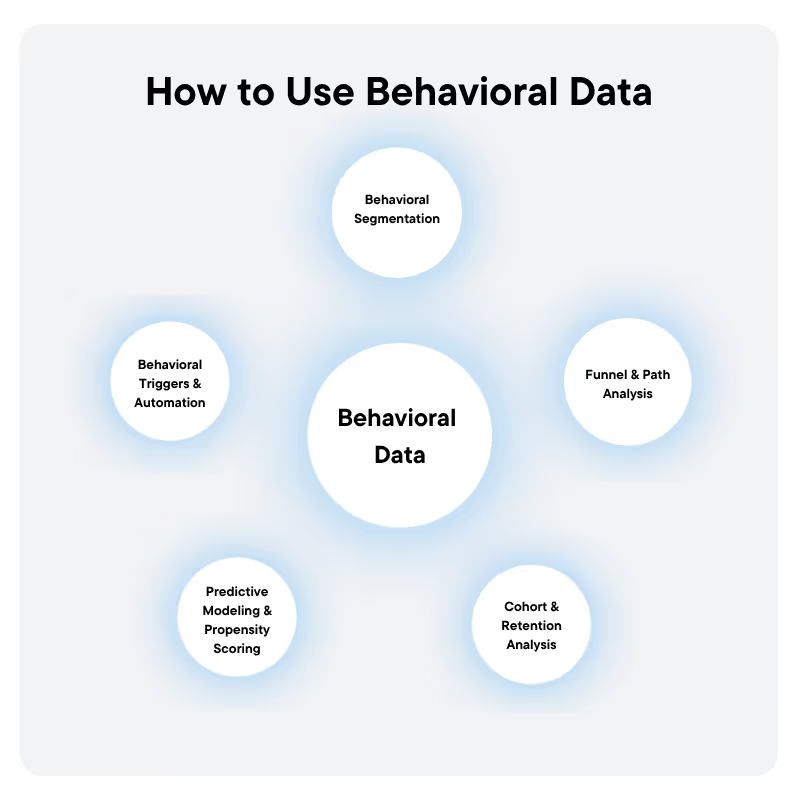

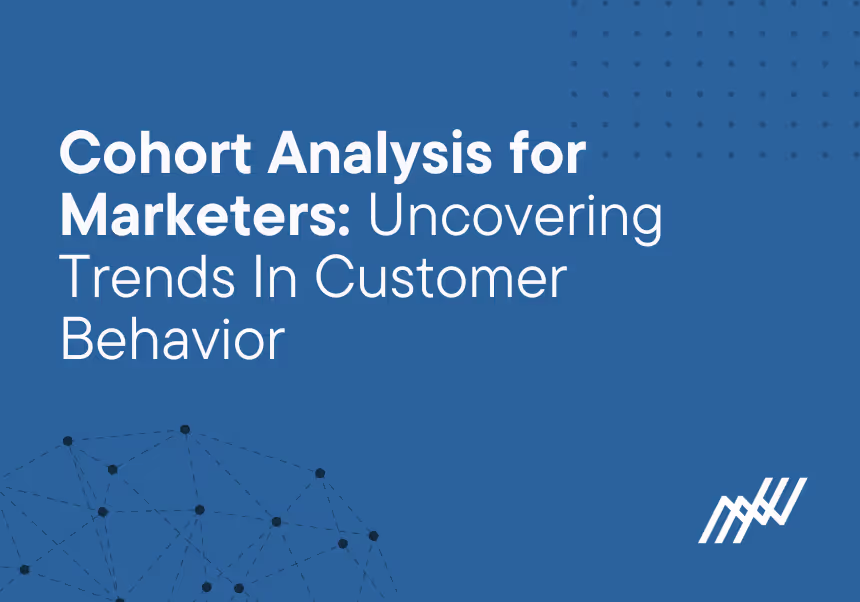
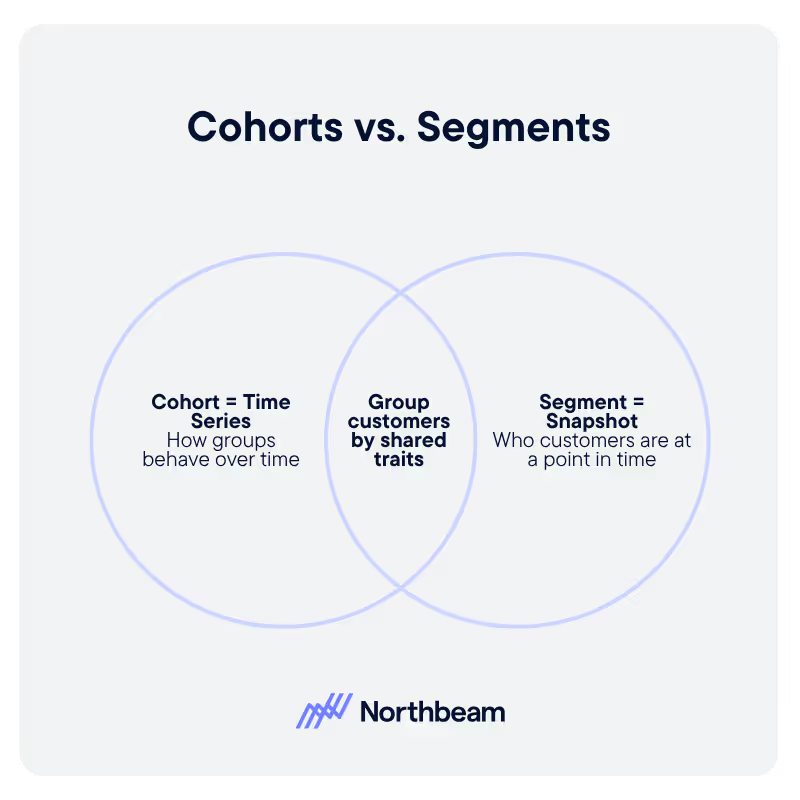
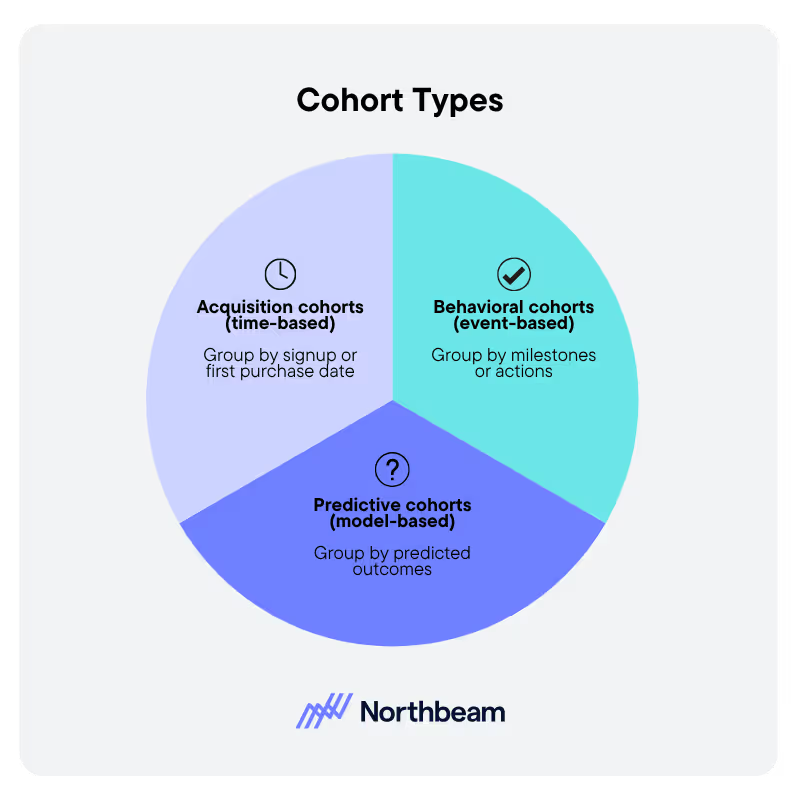
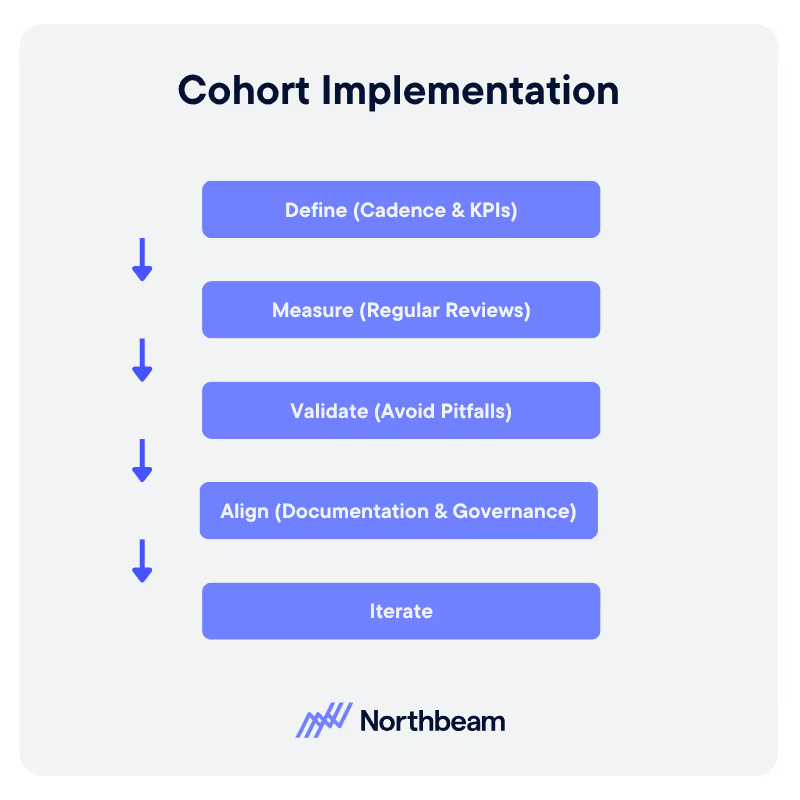
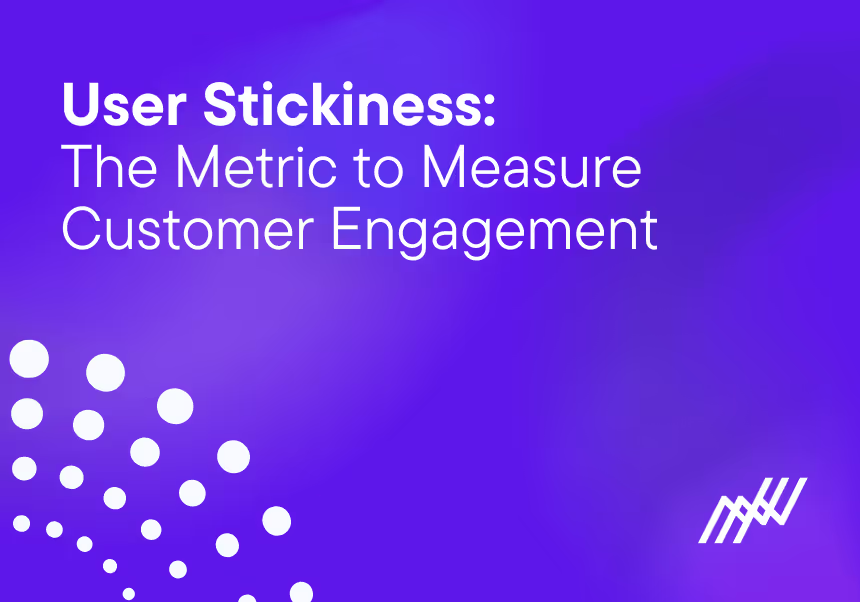
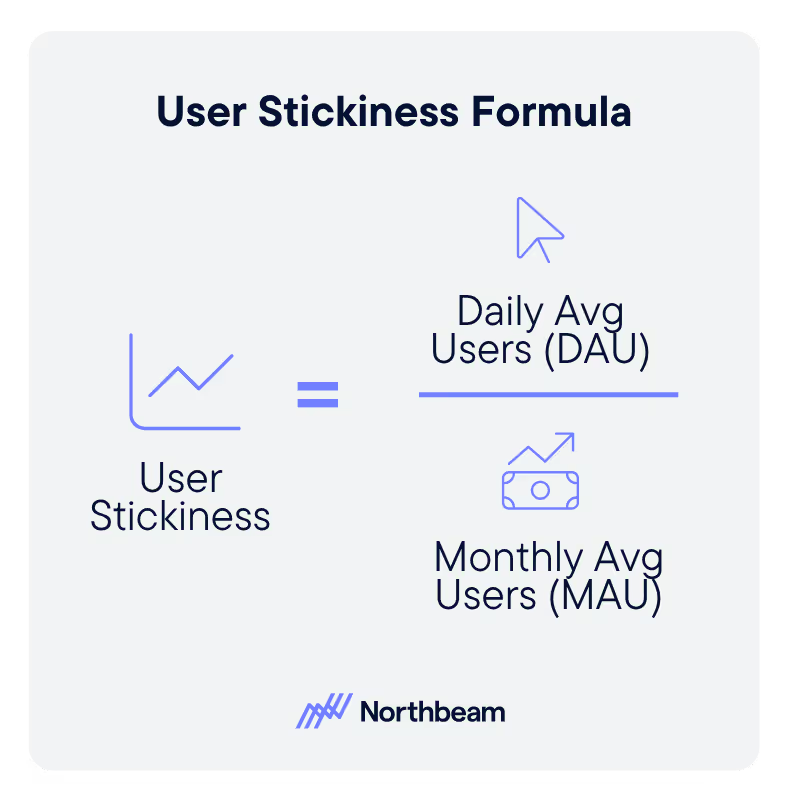
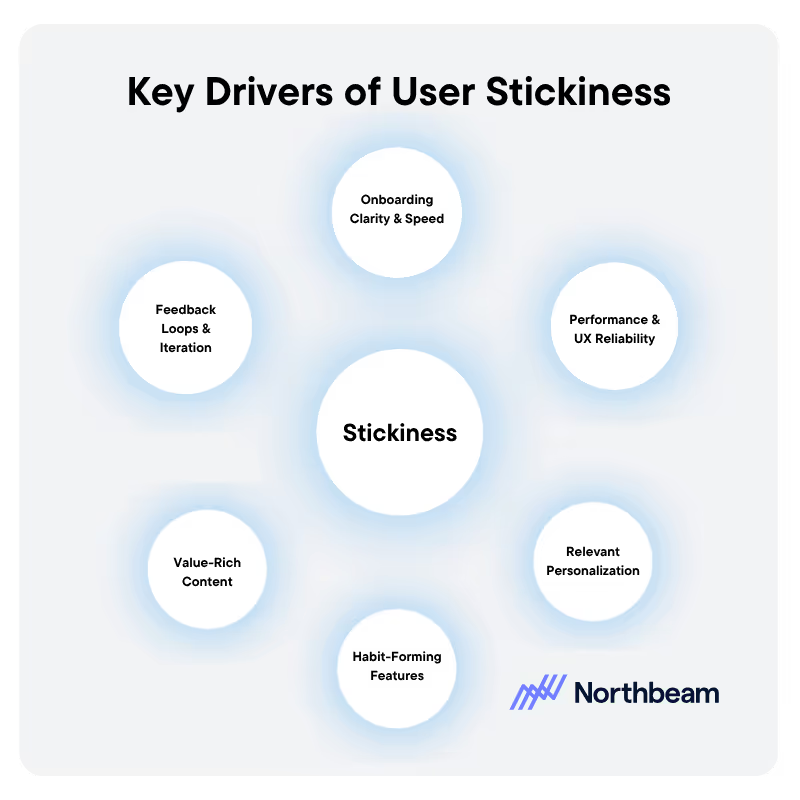
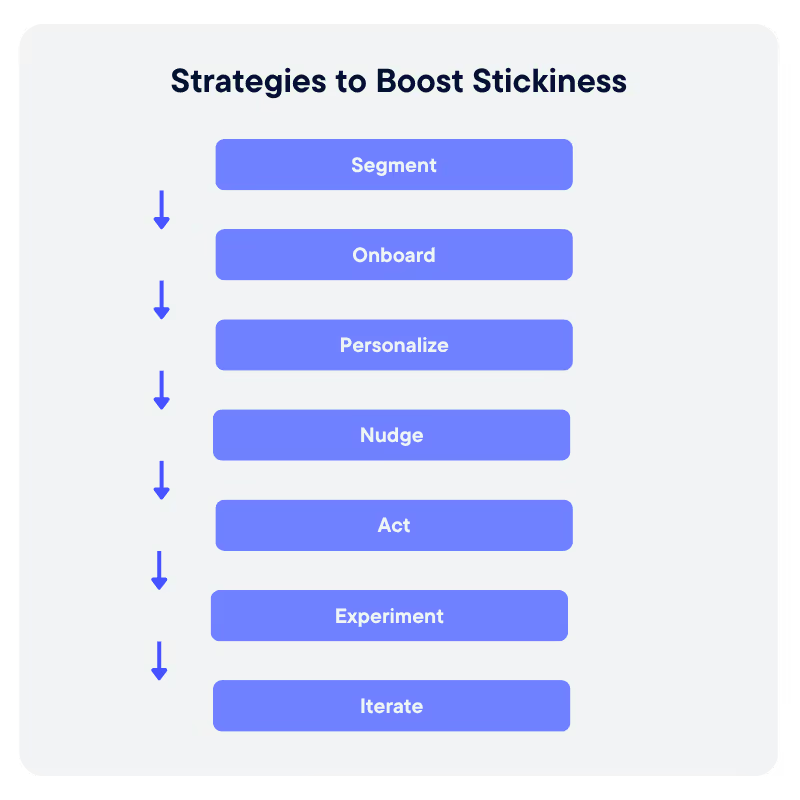
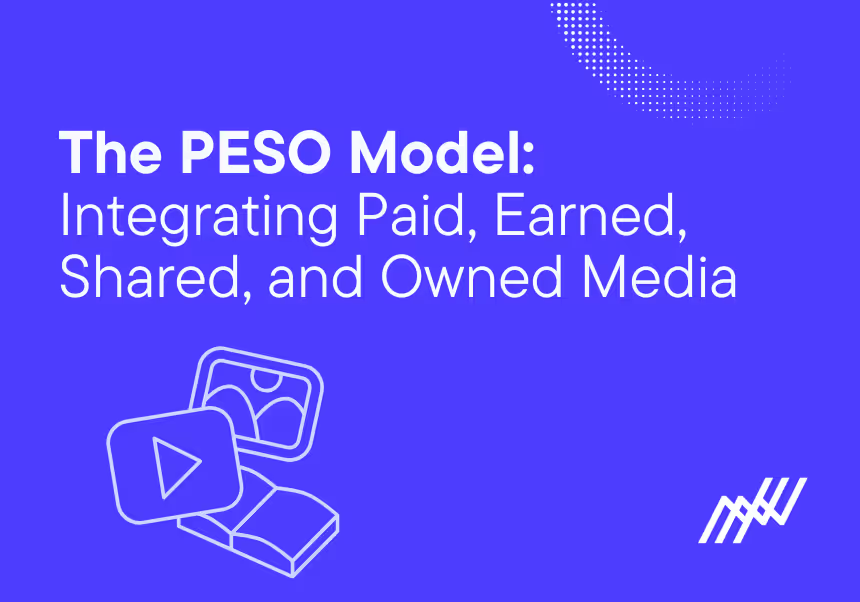
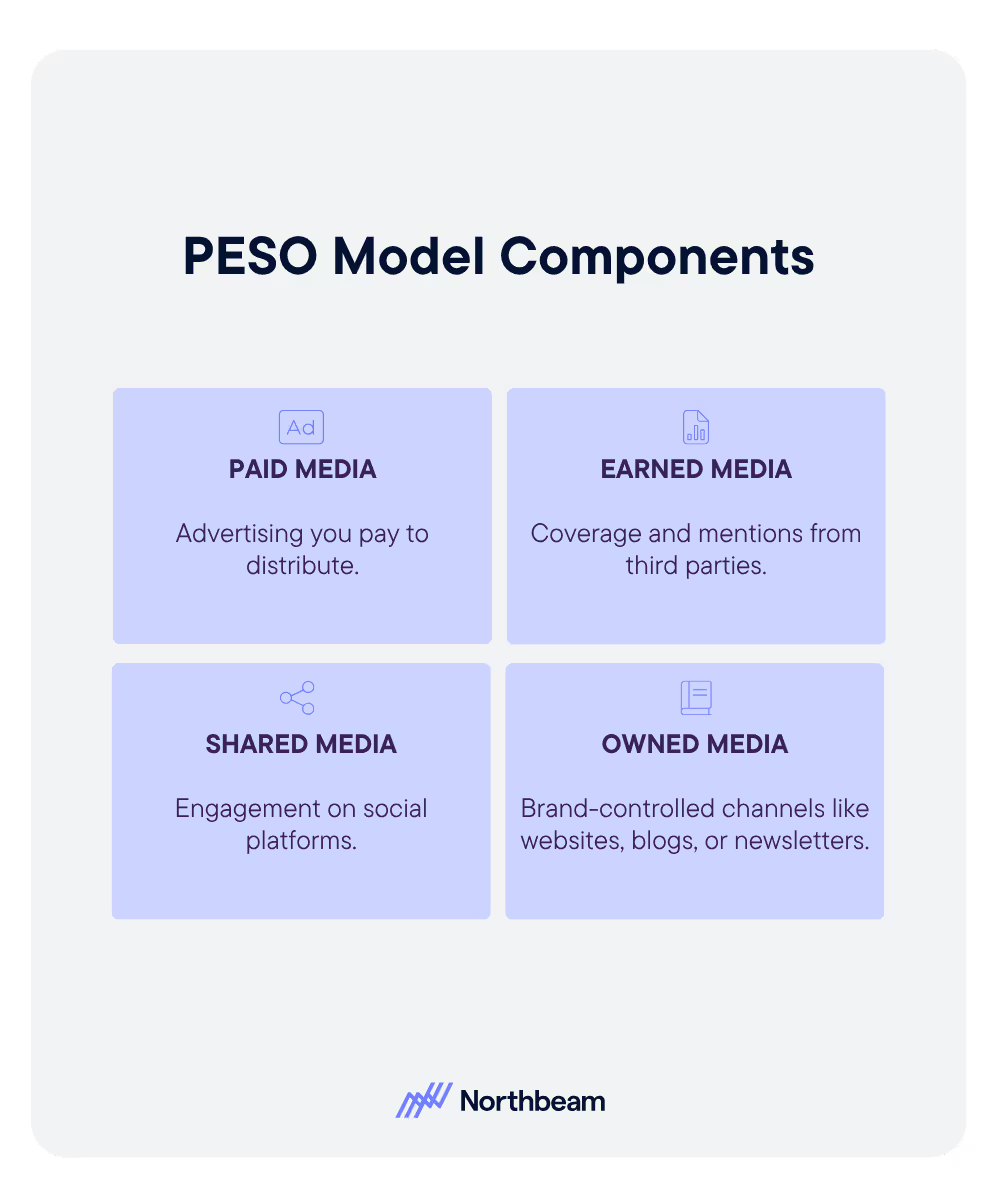
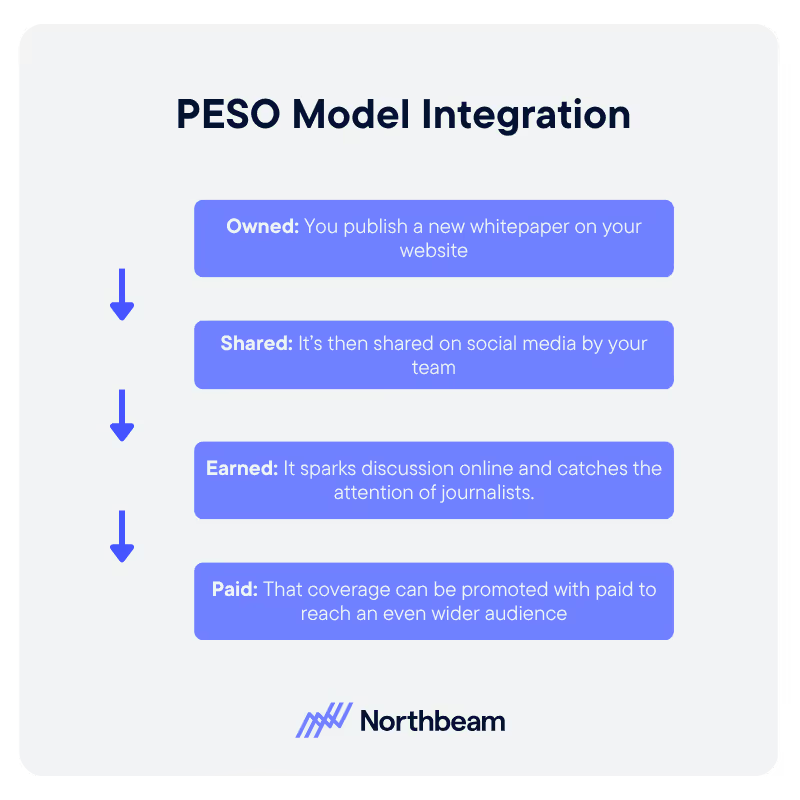
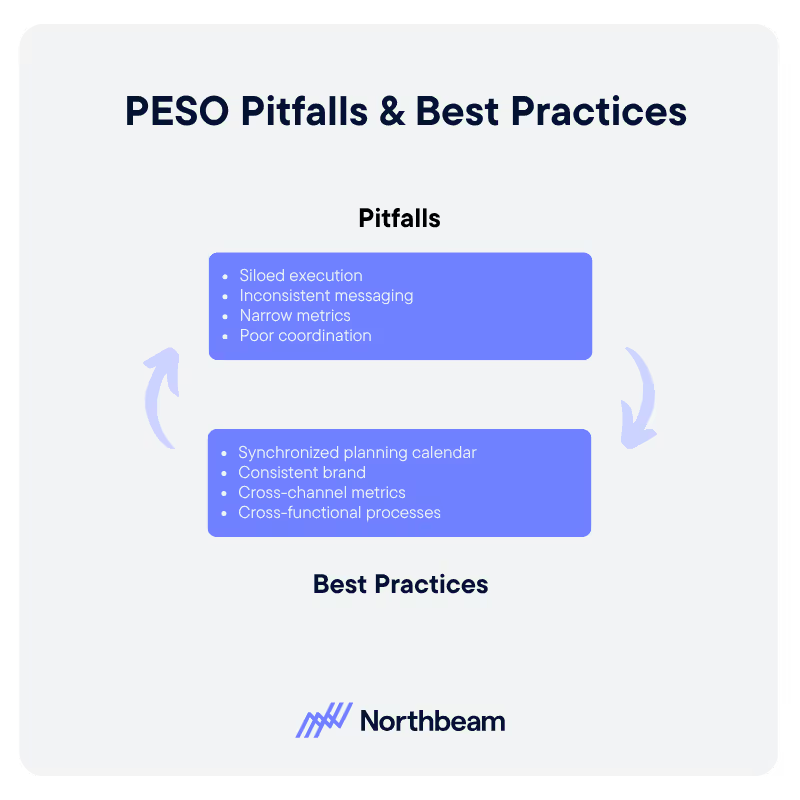

.avif)



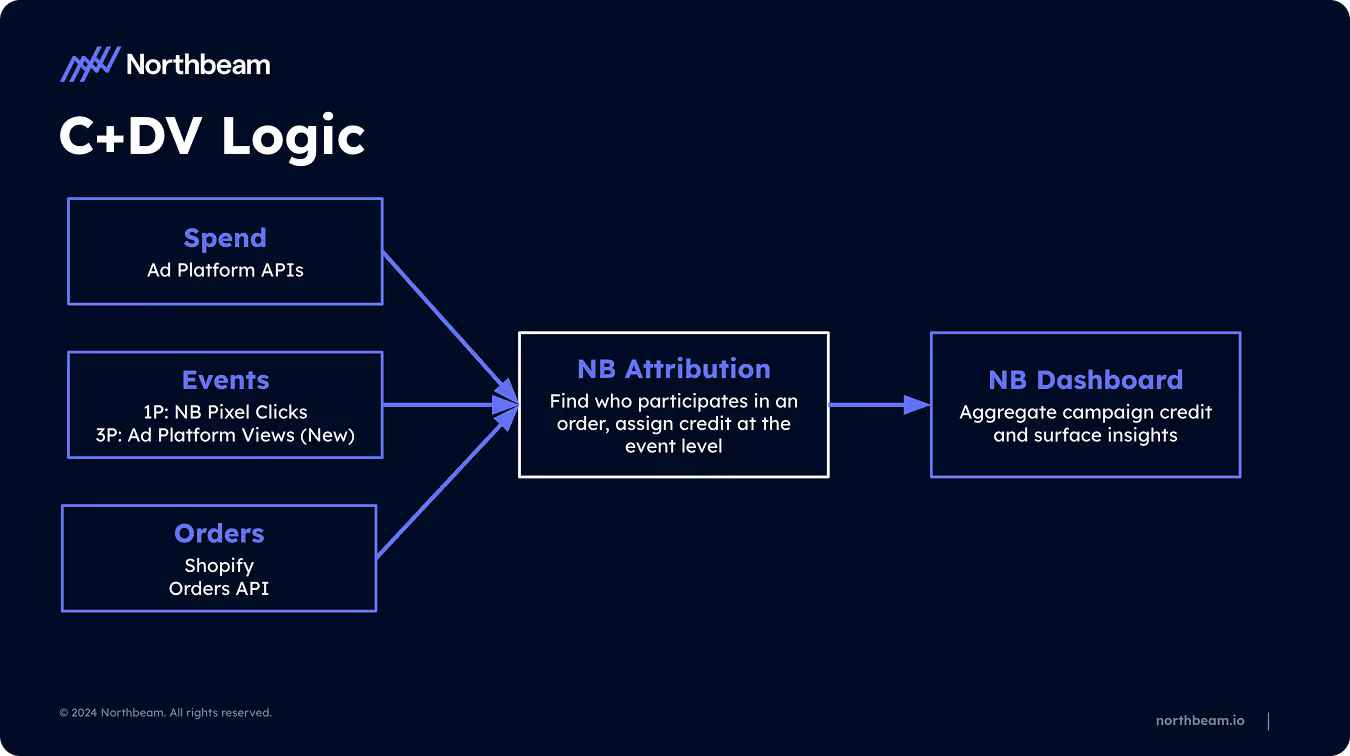
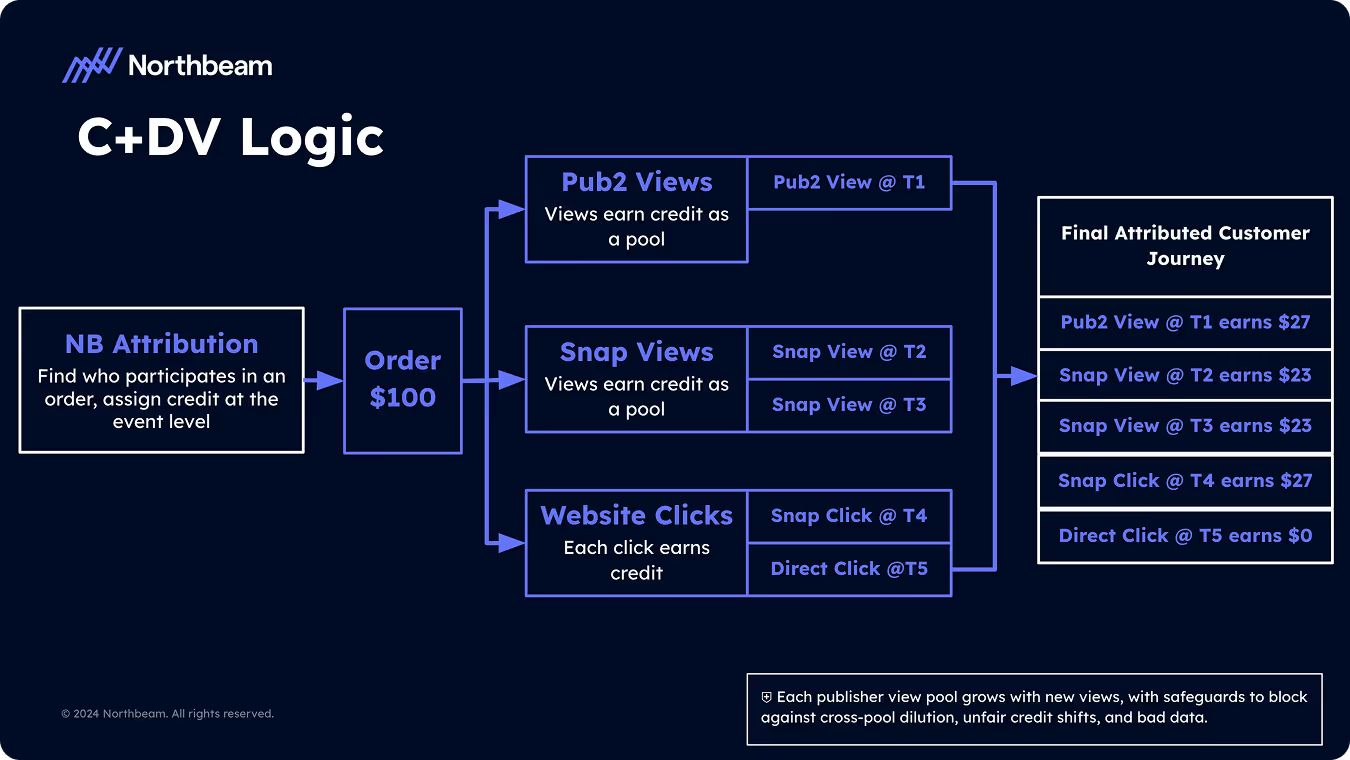
.avif)

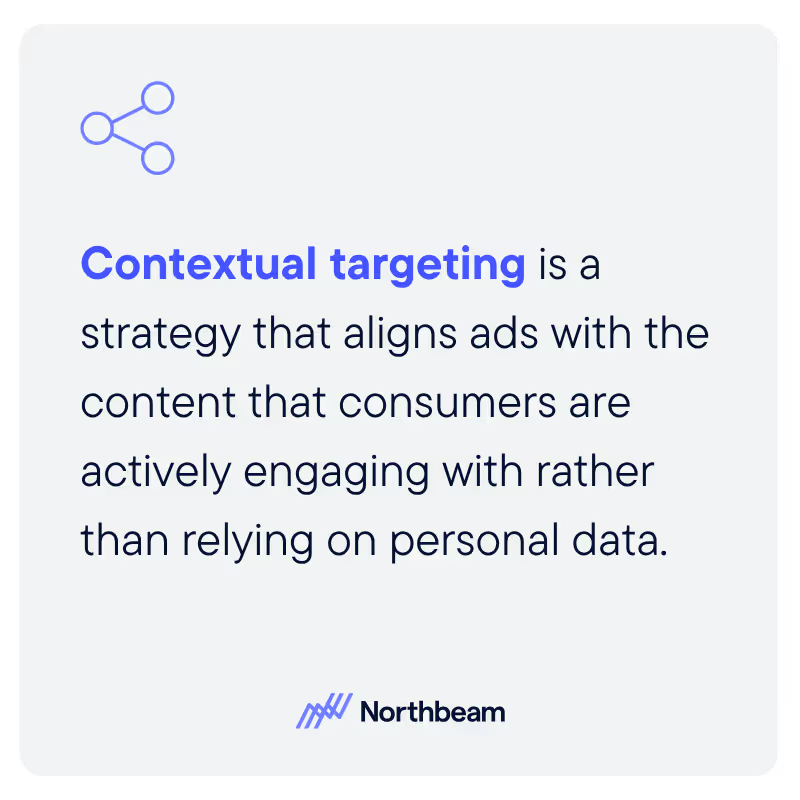
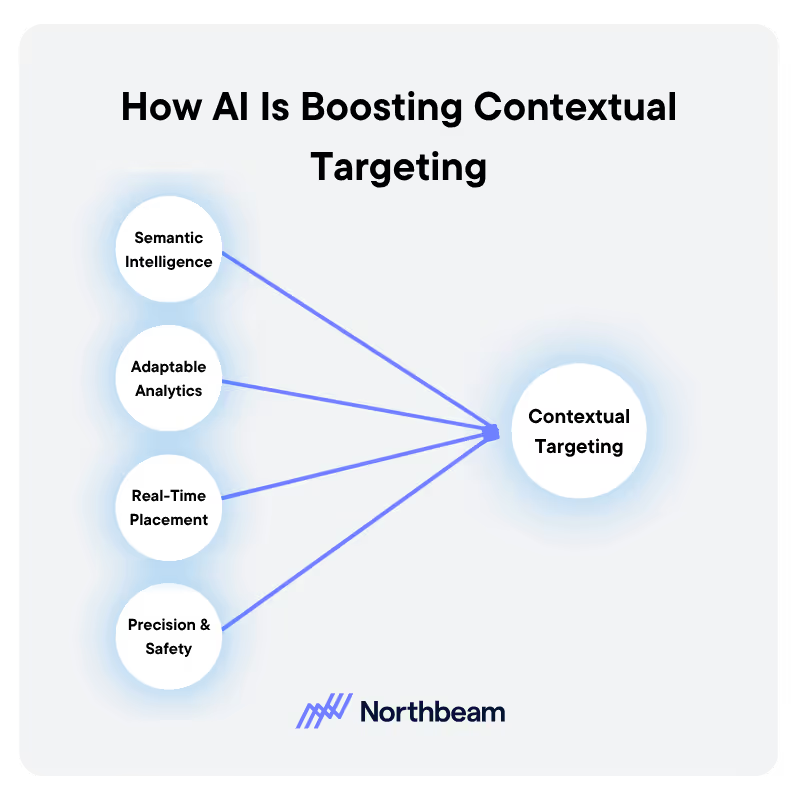
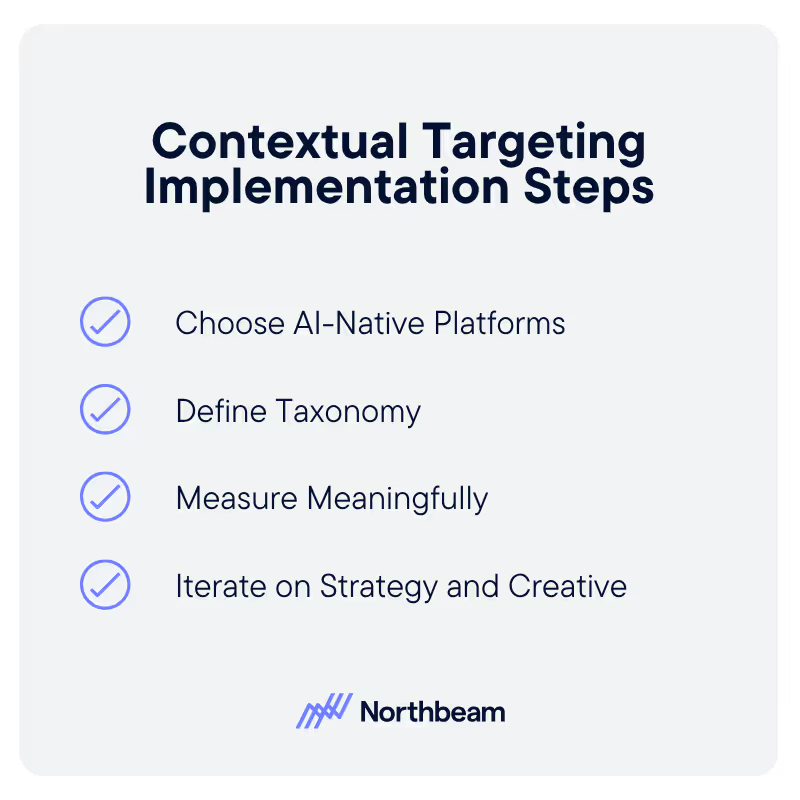
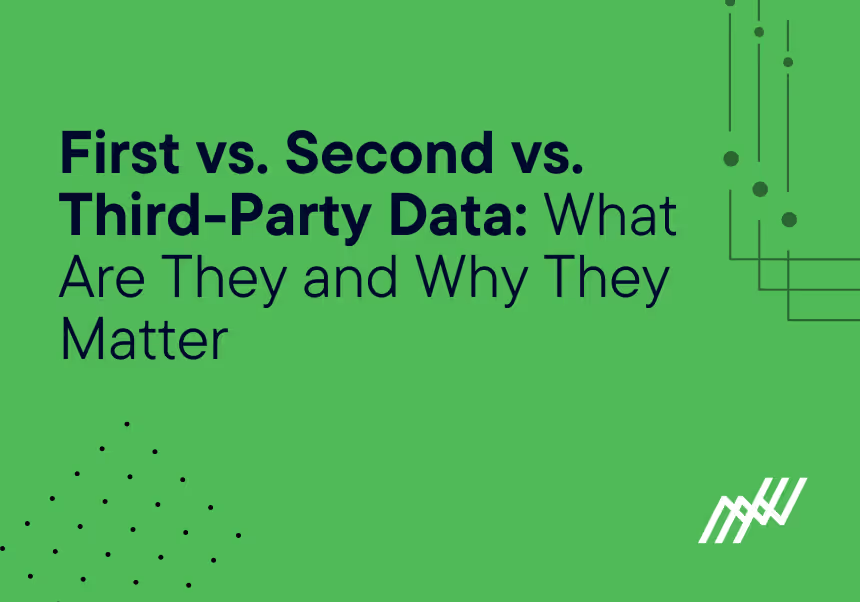
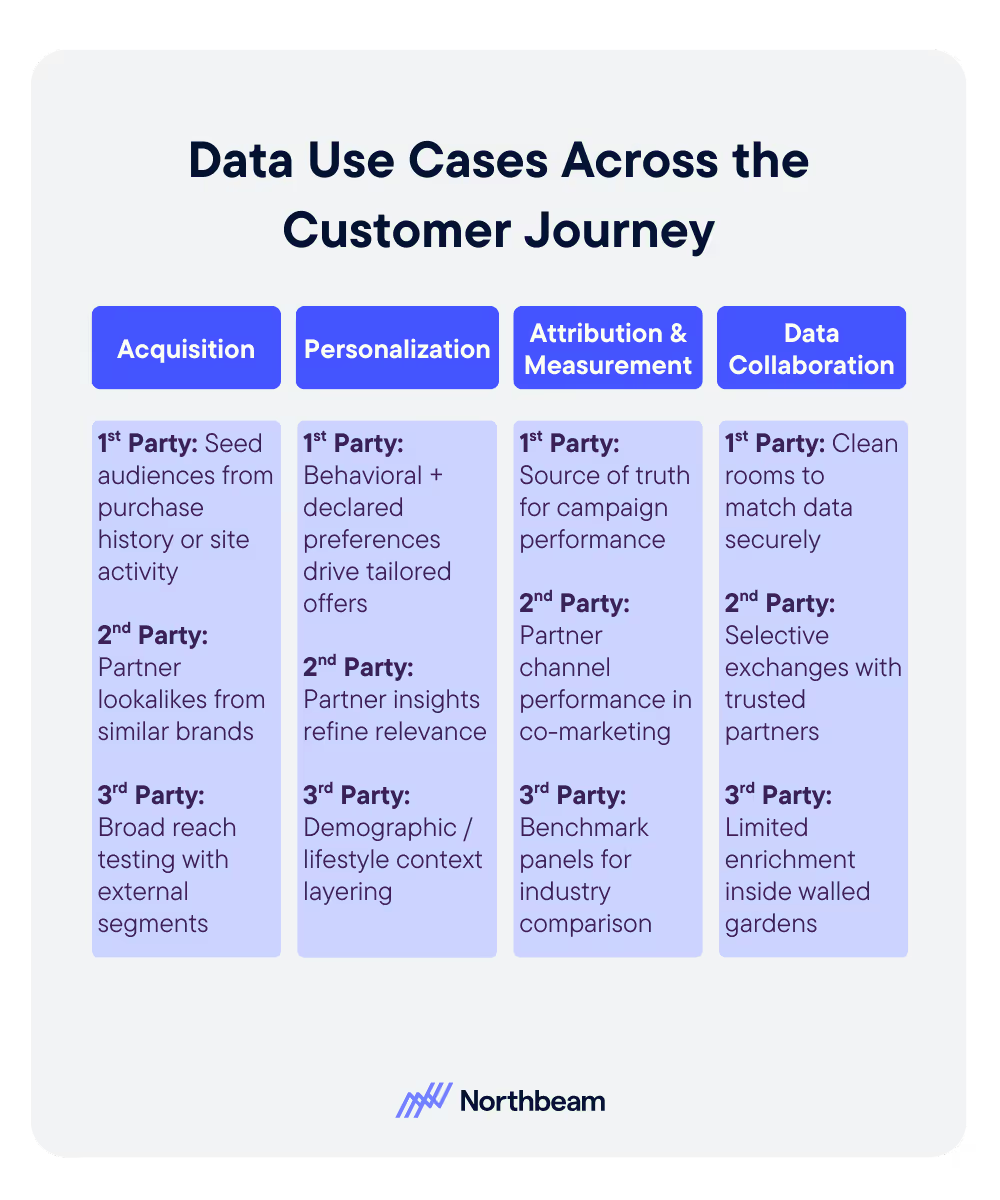

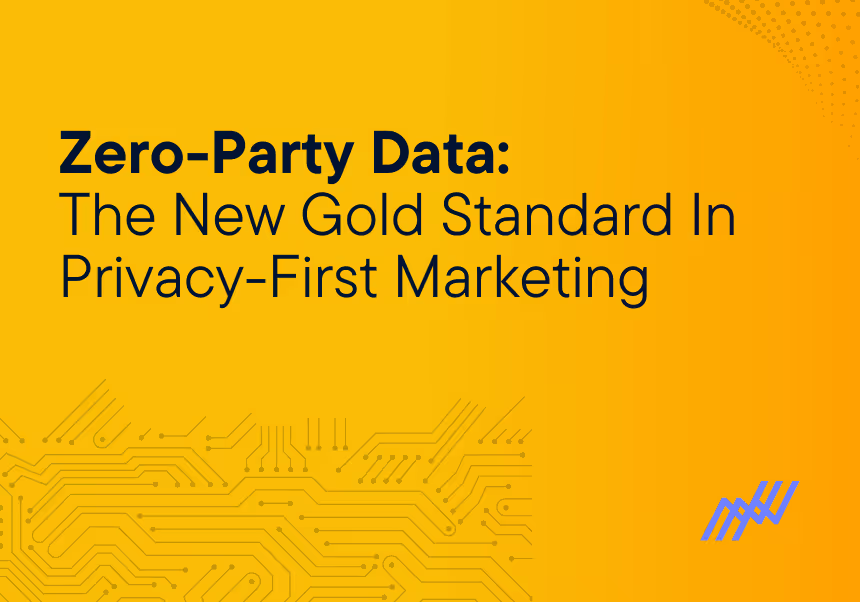
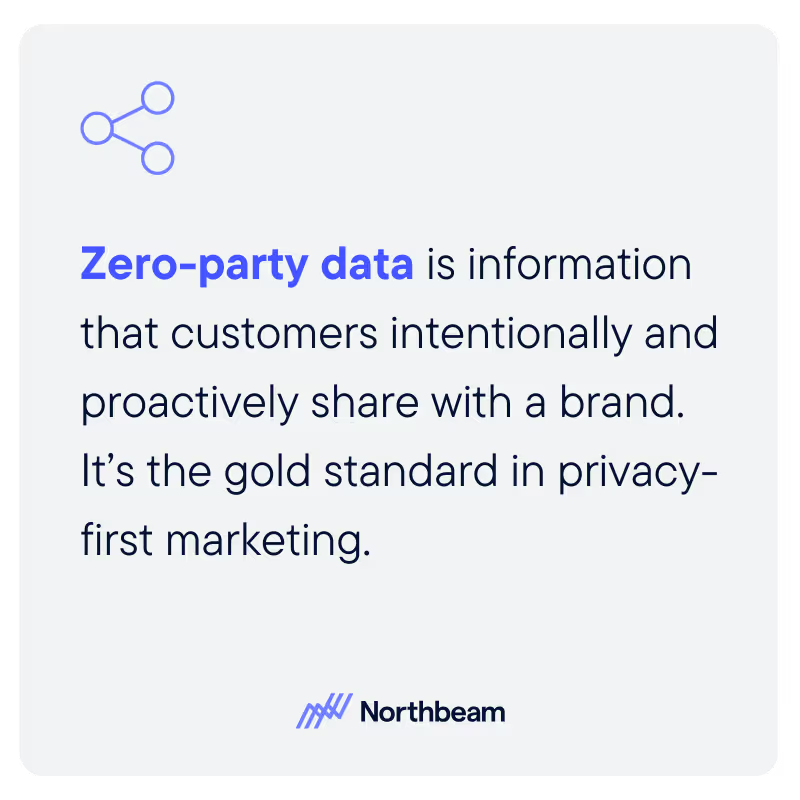
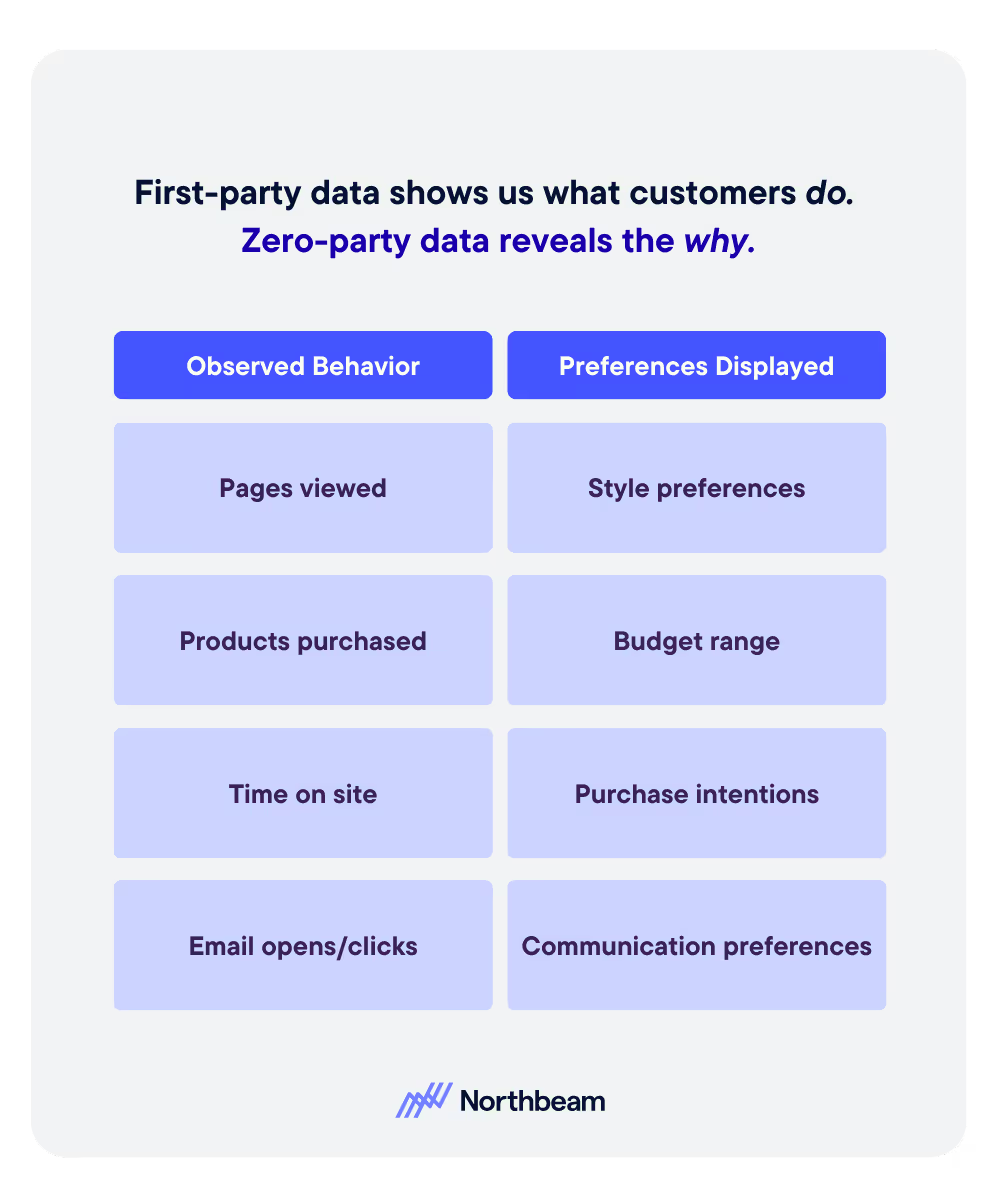
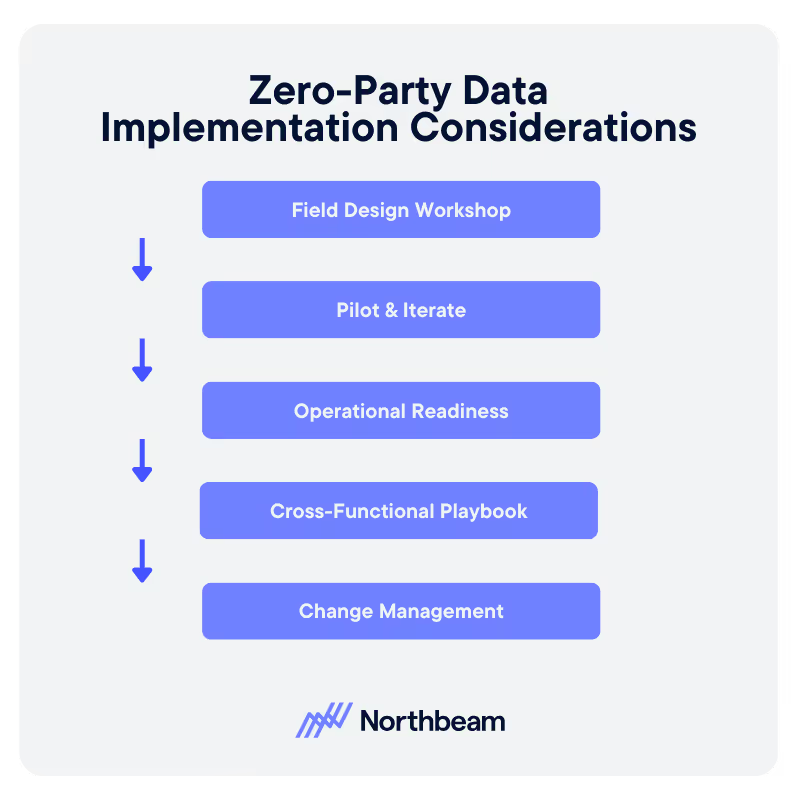



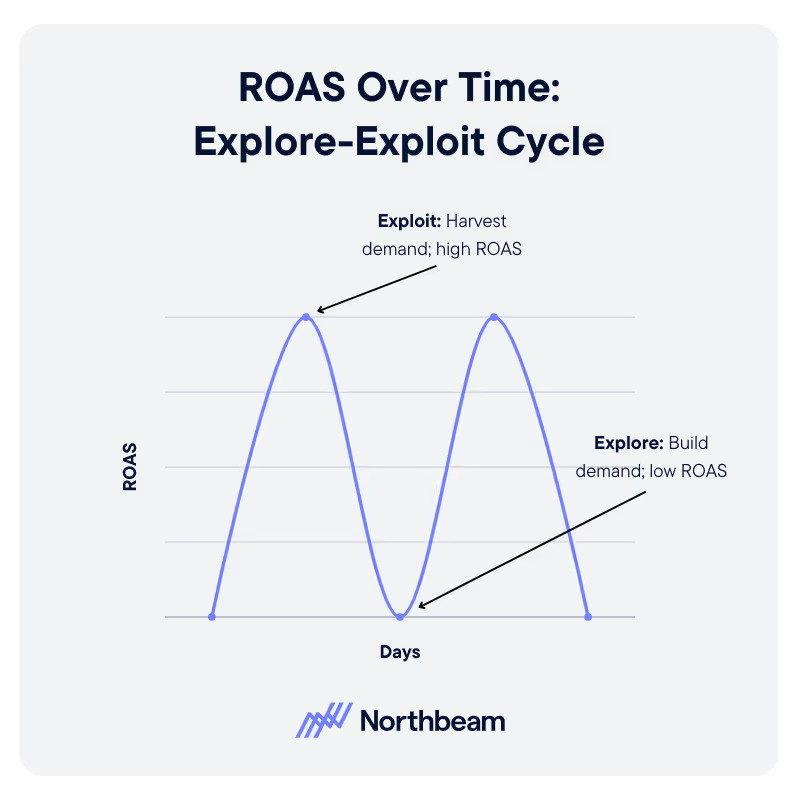
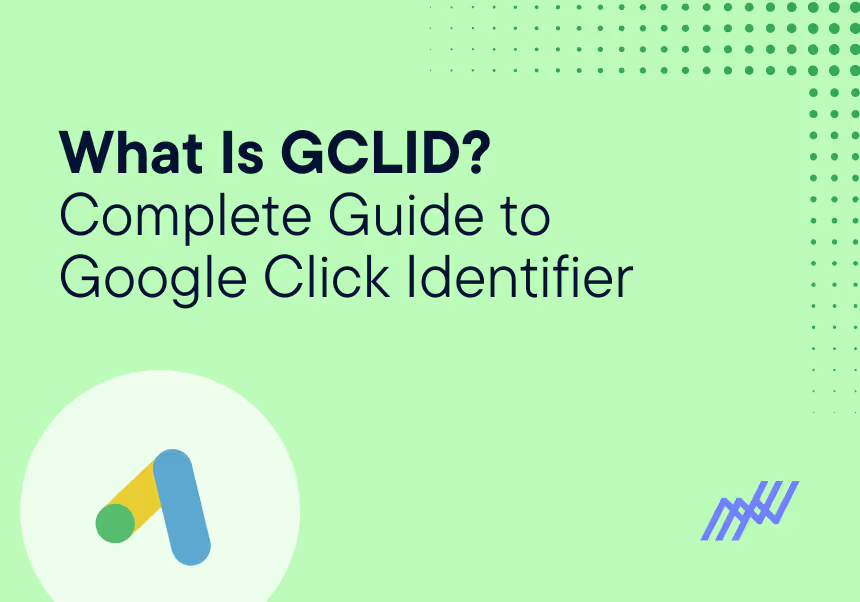
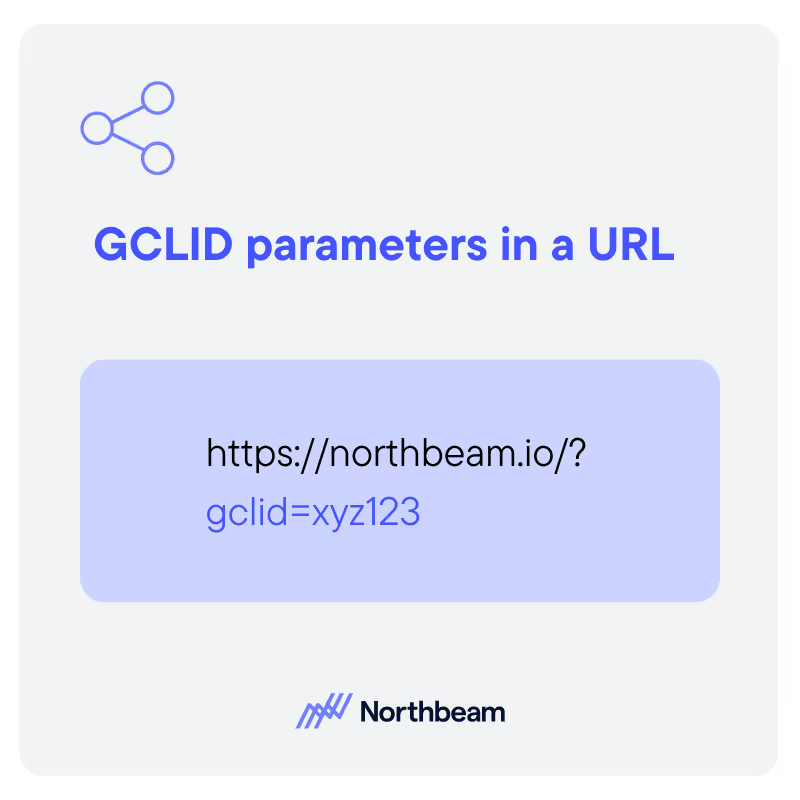
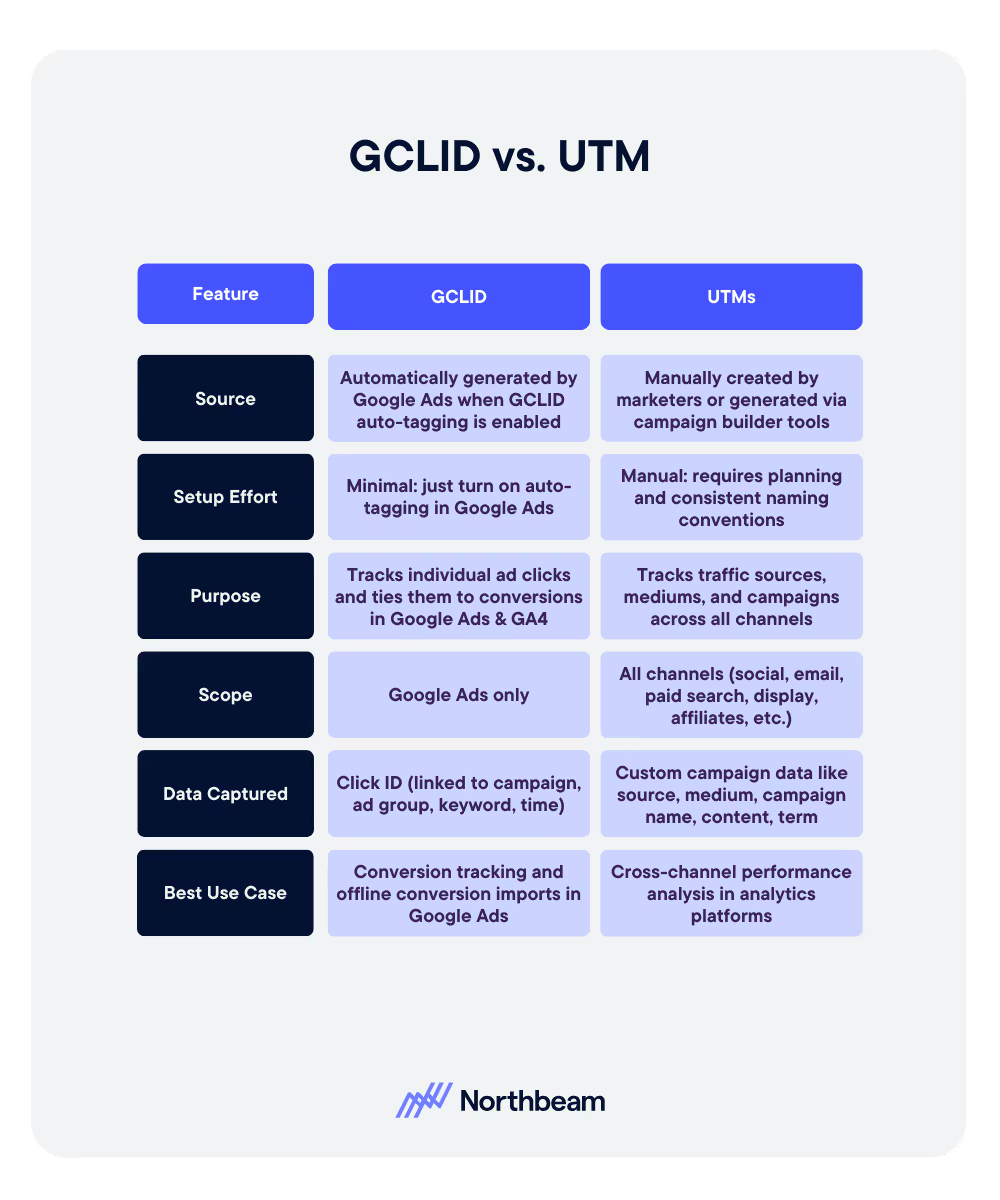
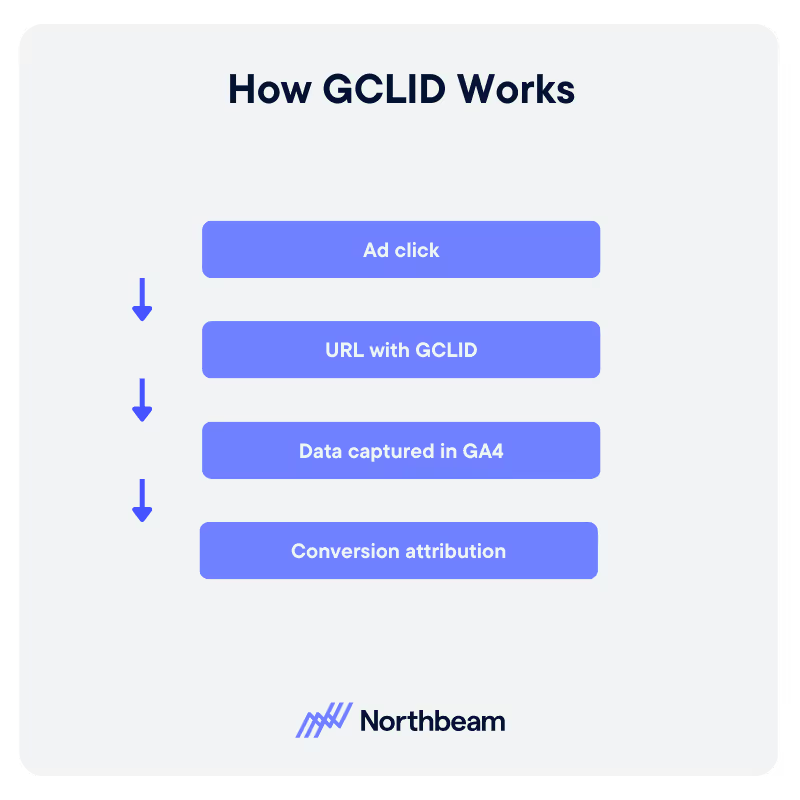

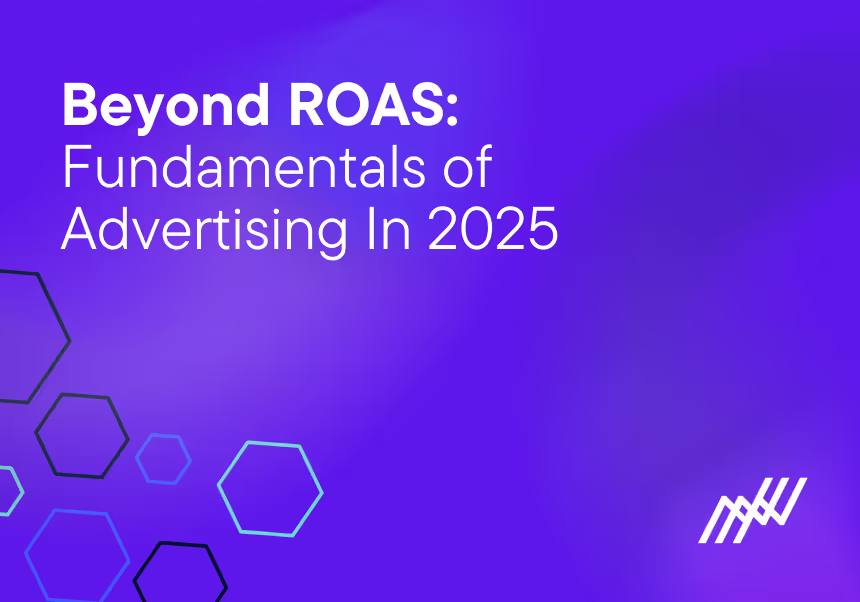


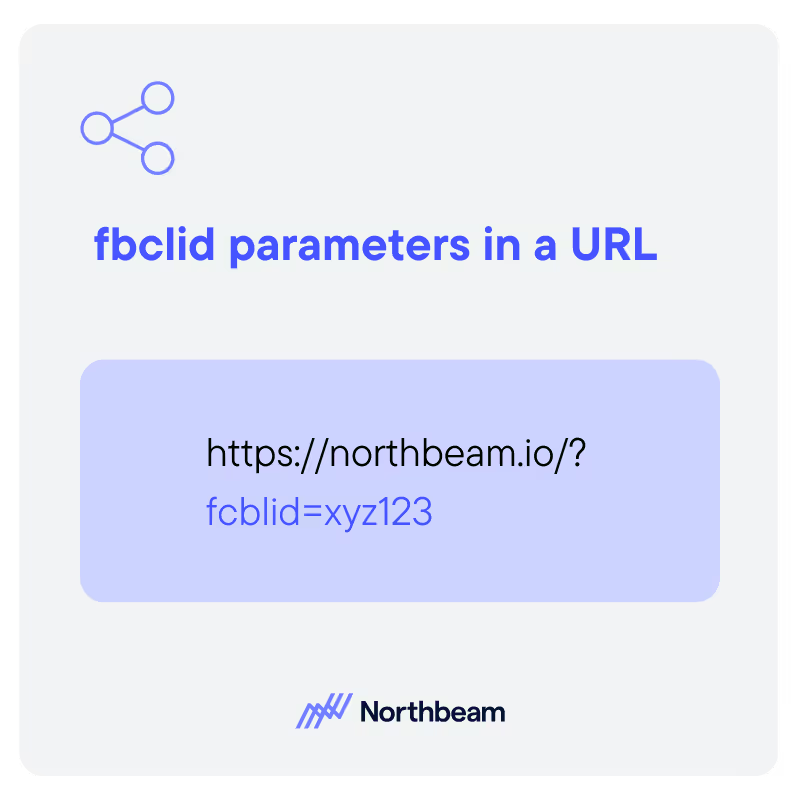
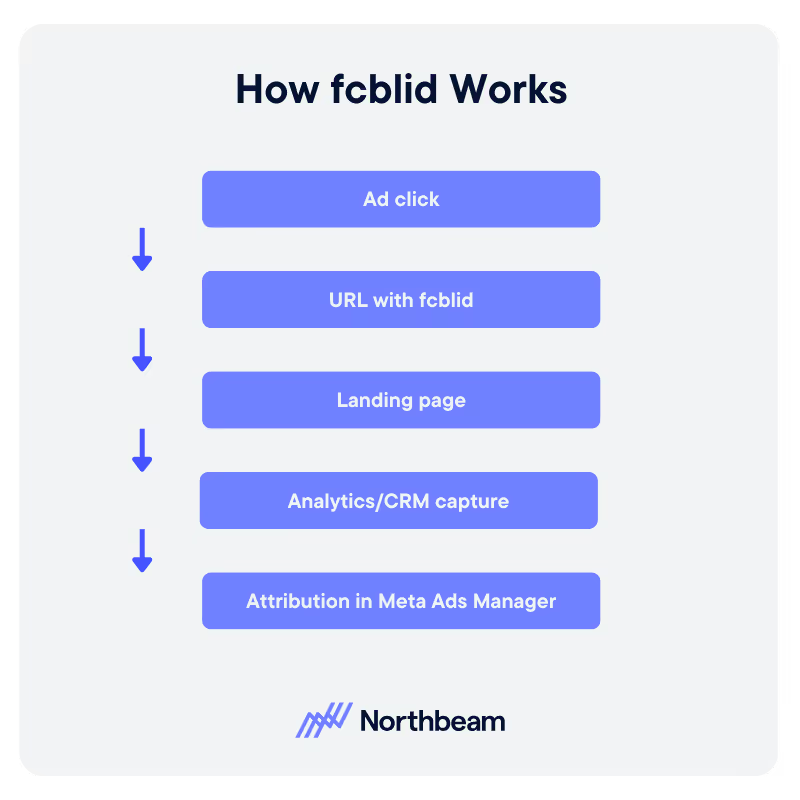


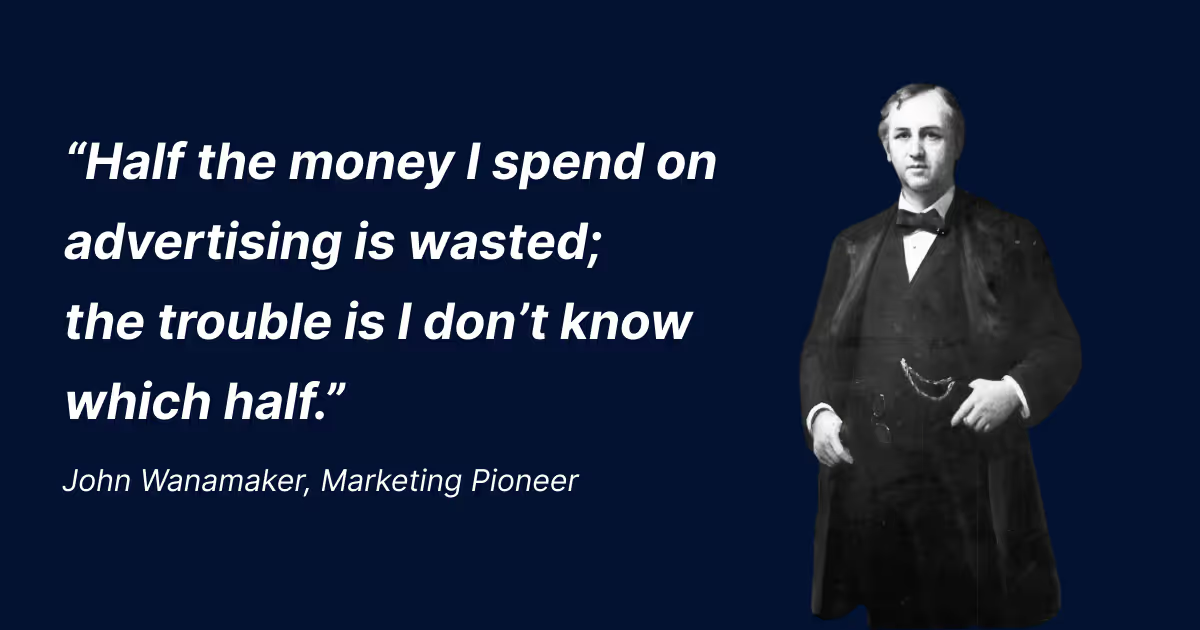

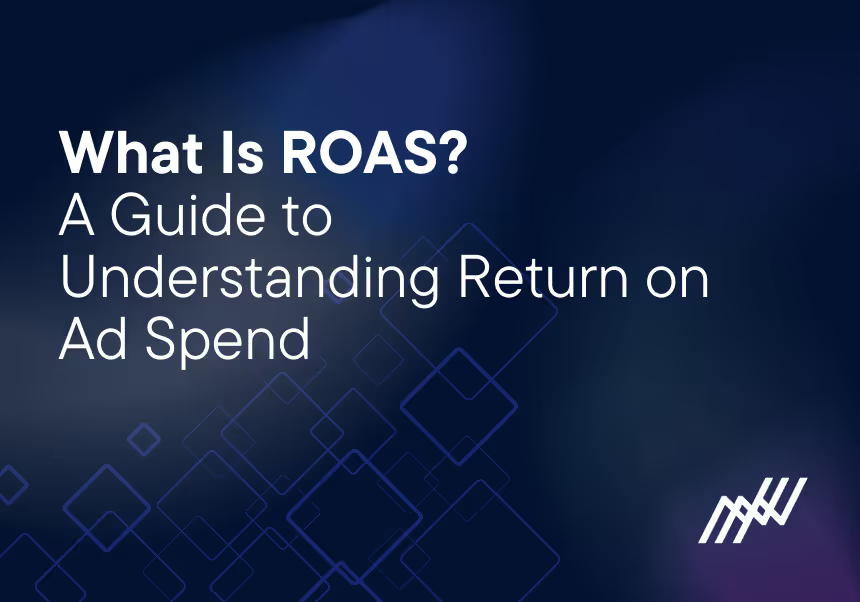

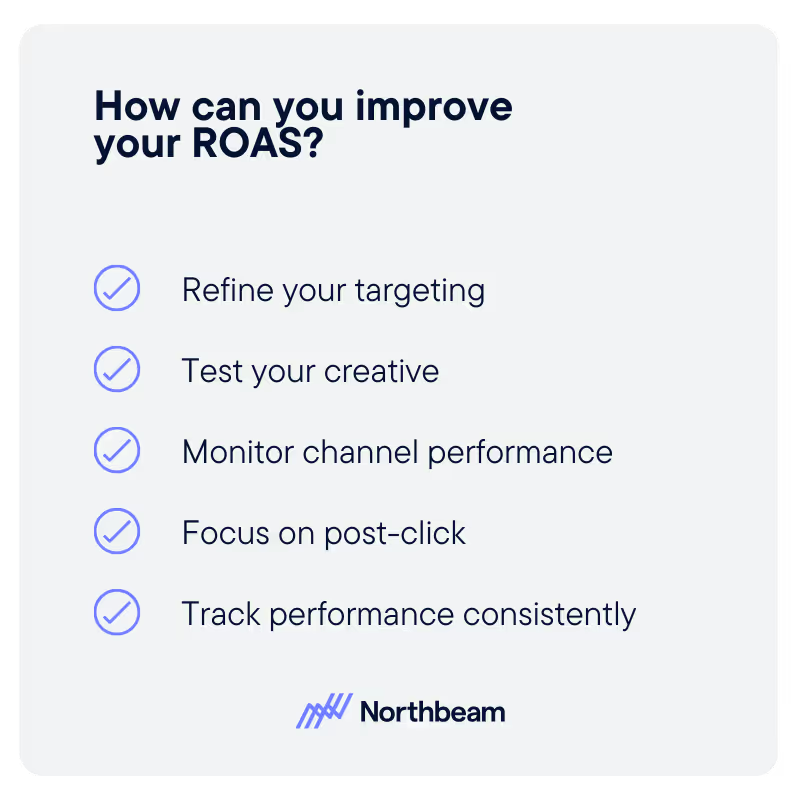
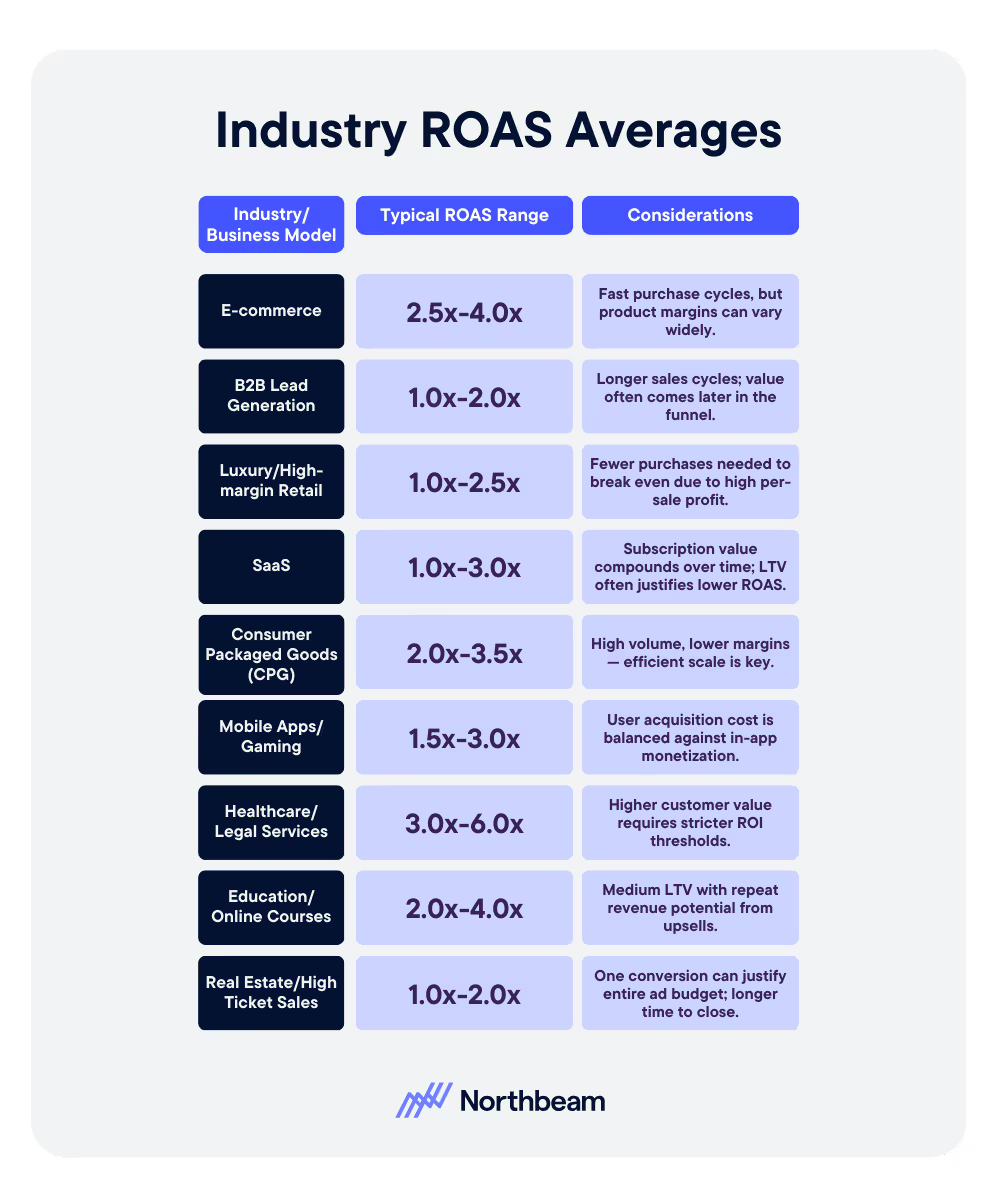

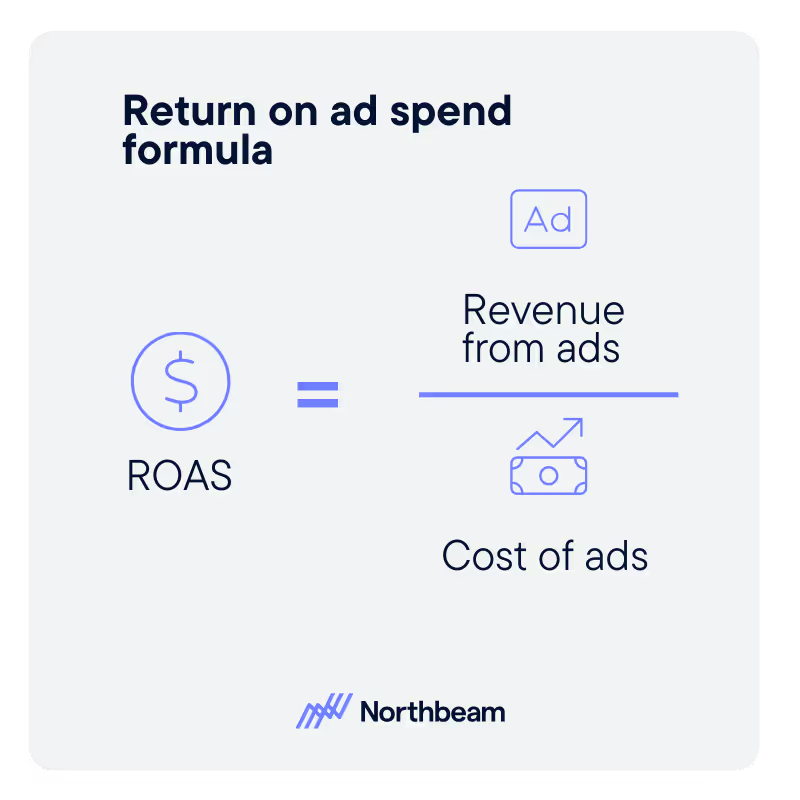
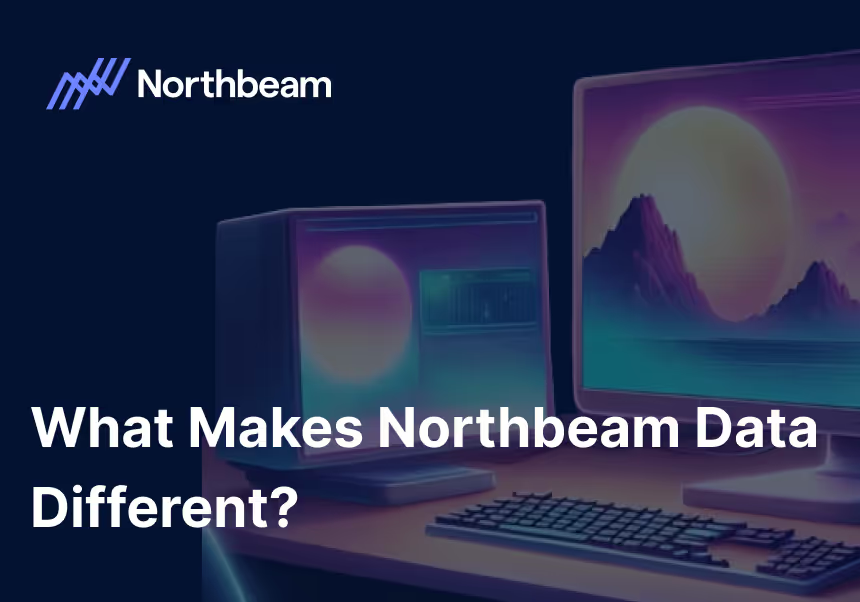
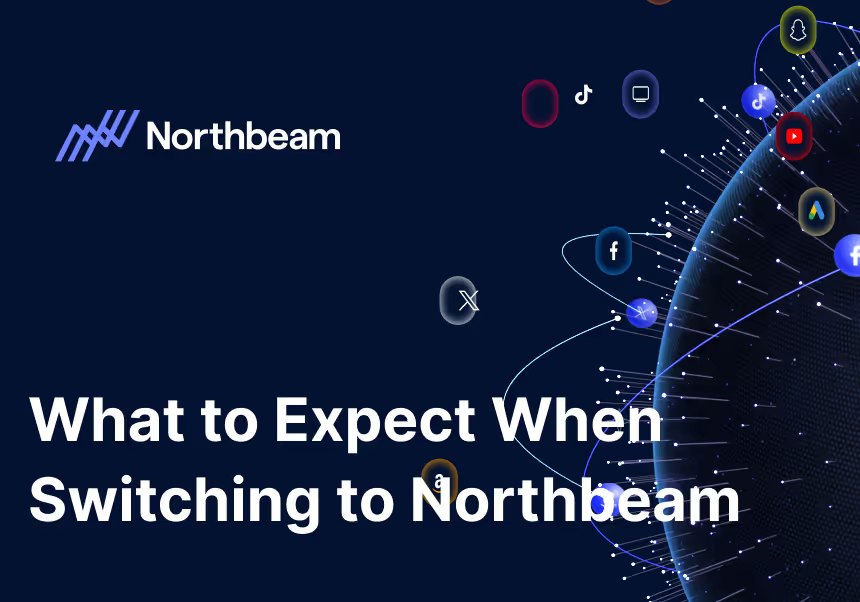
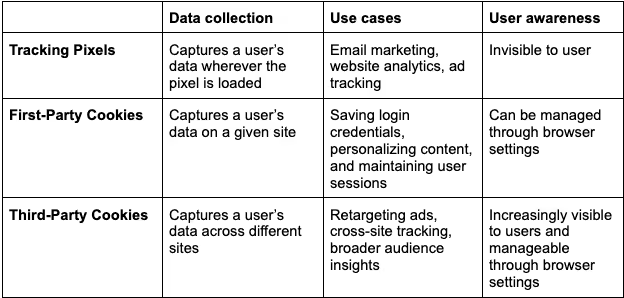
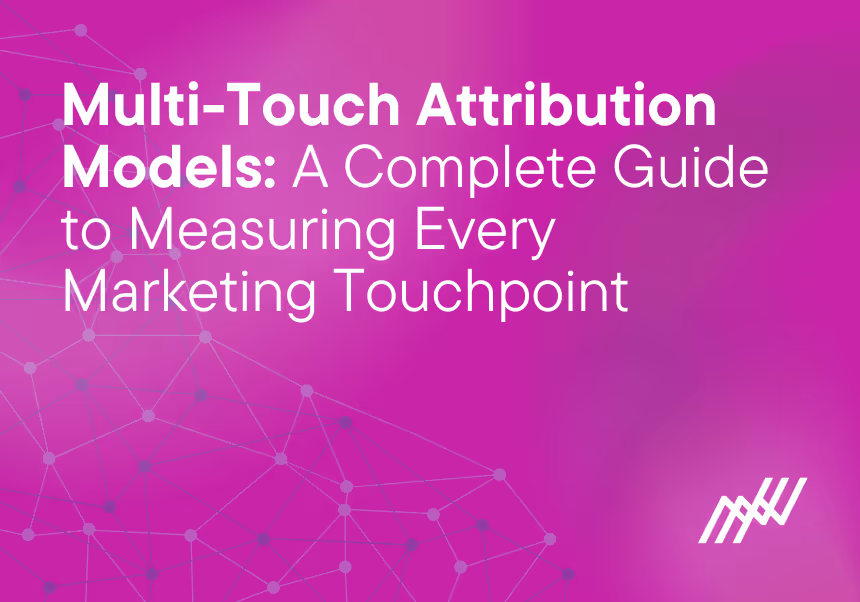
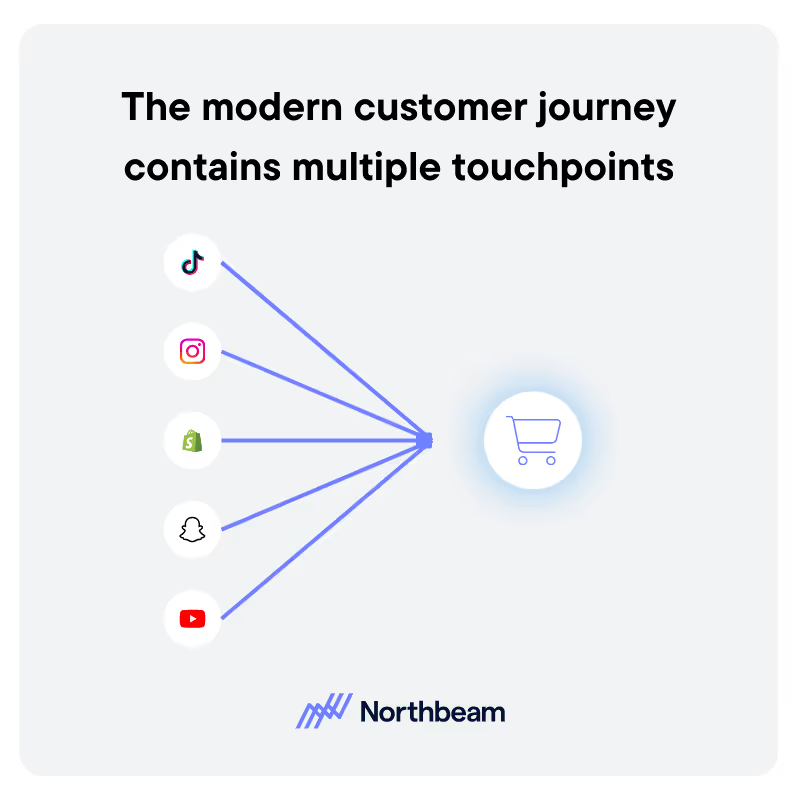
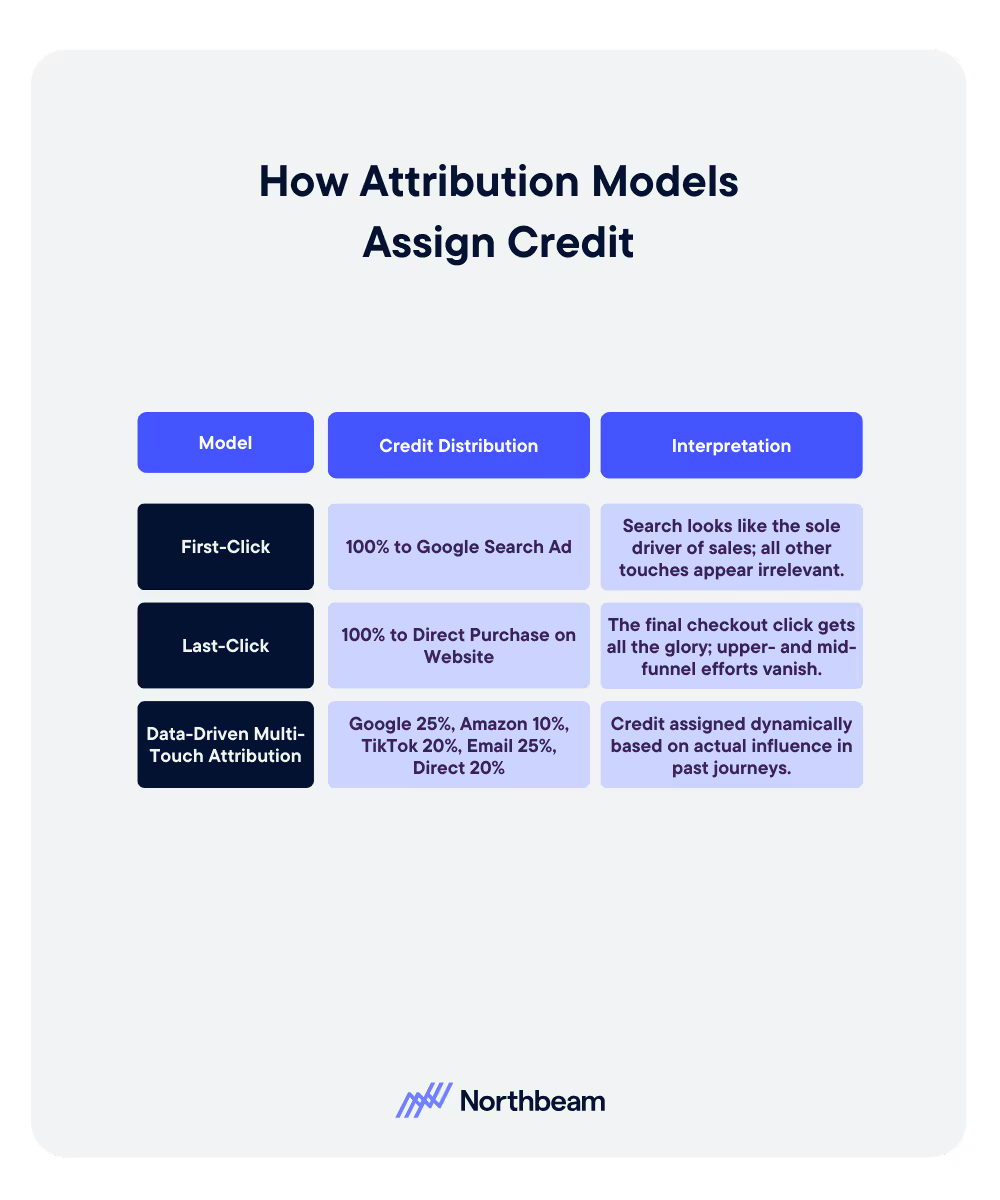
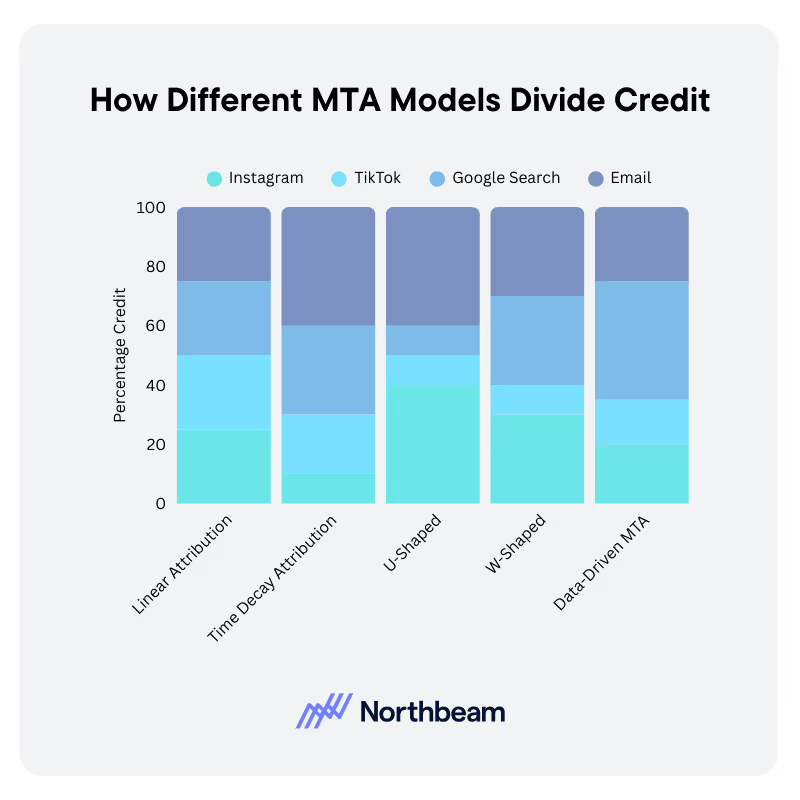
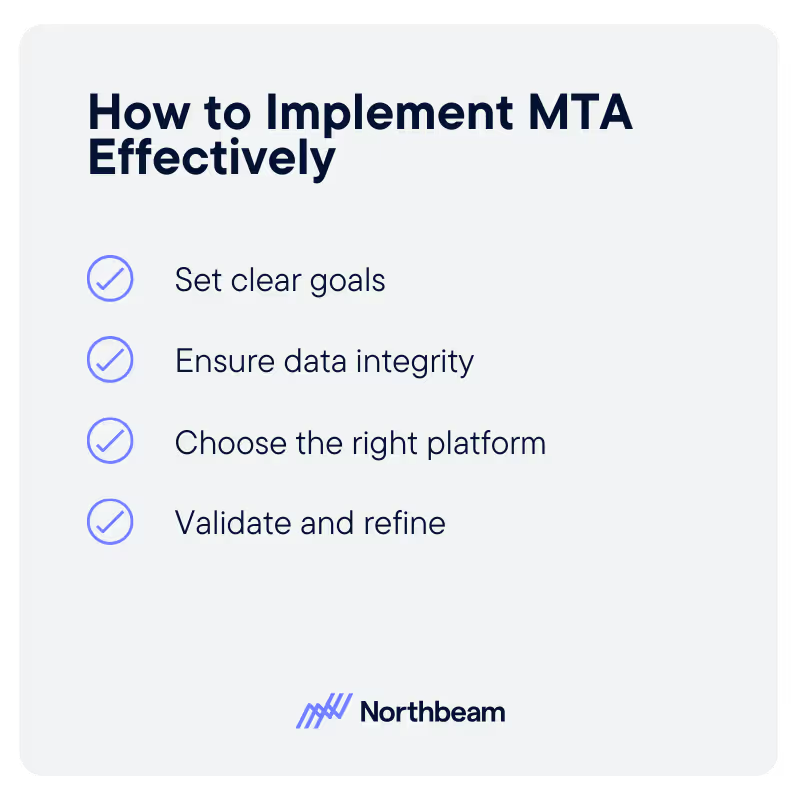
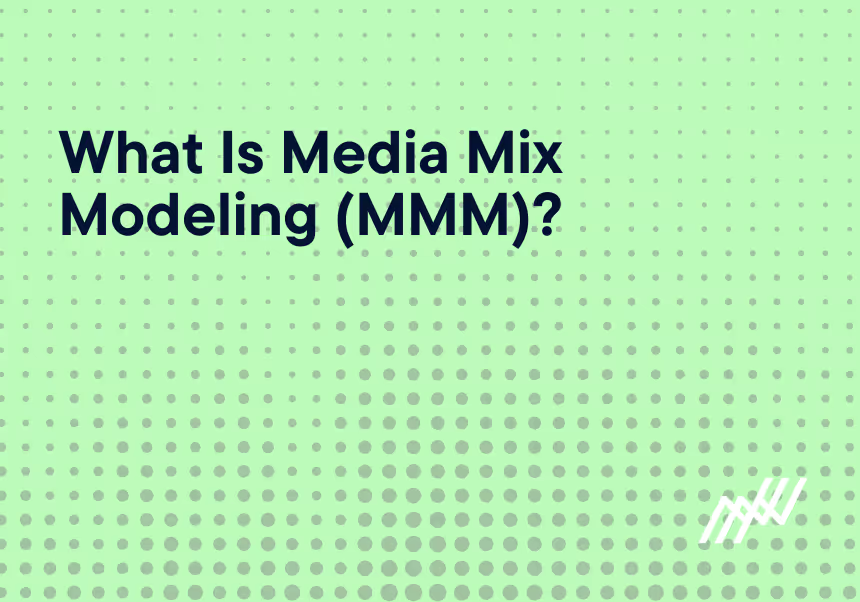
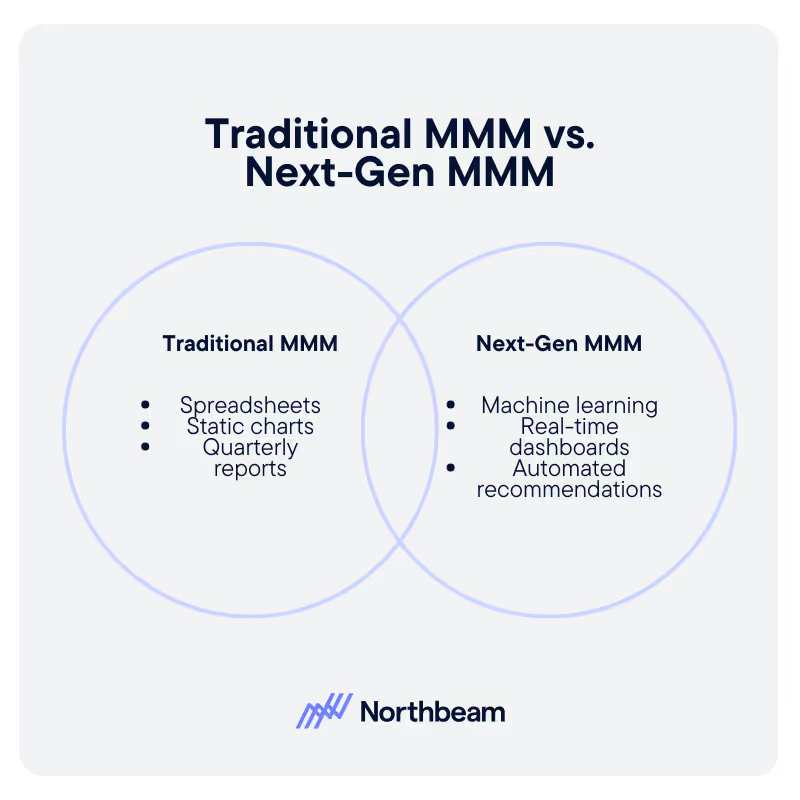
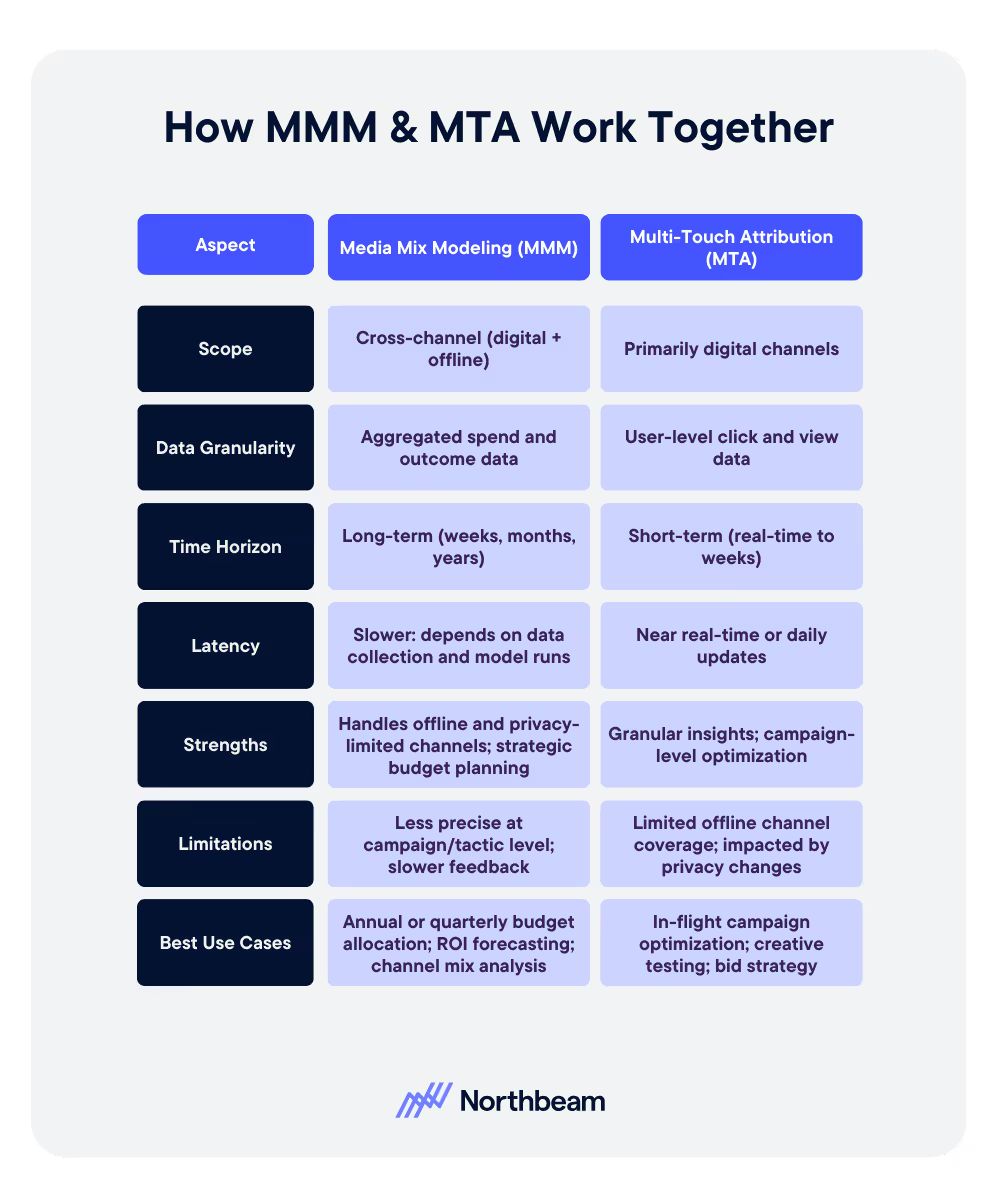
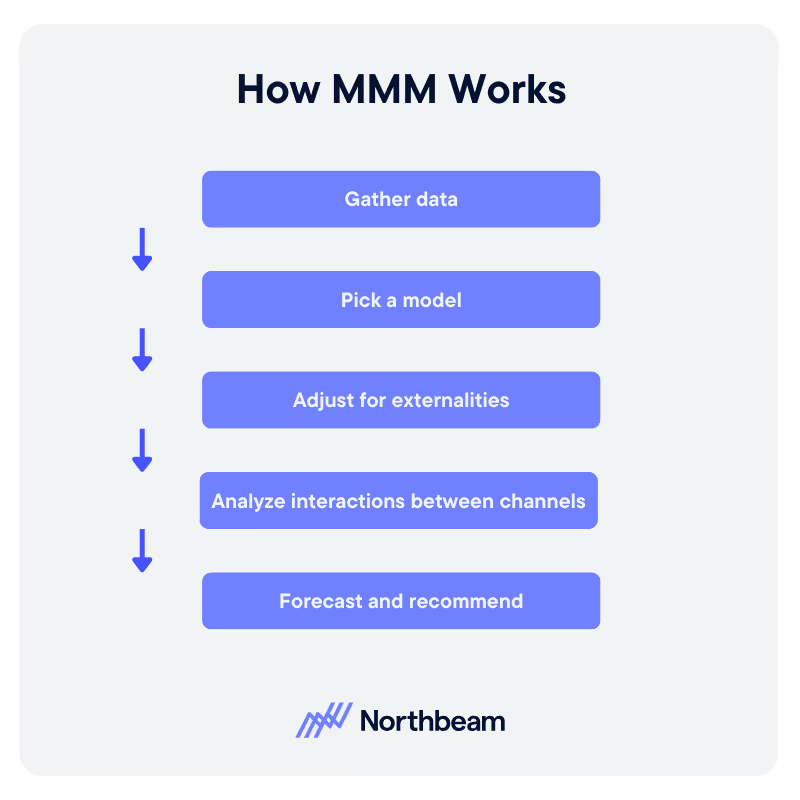
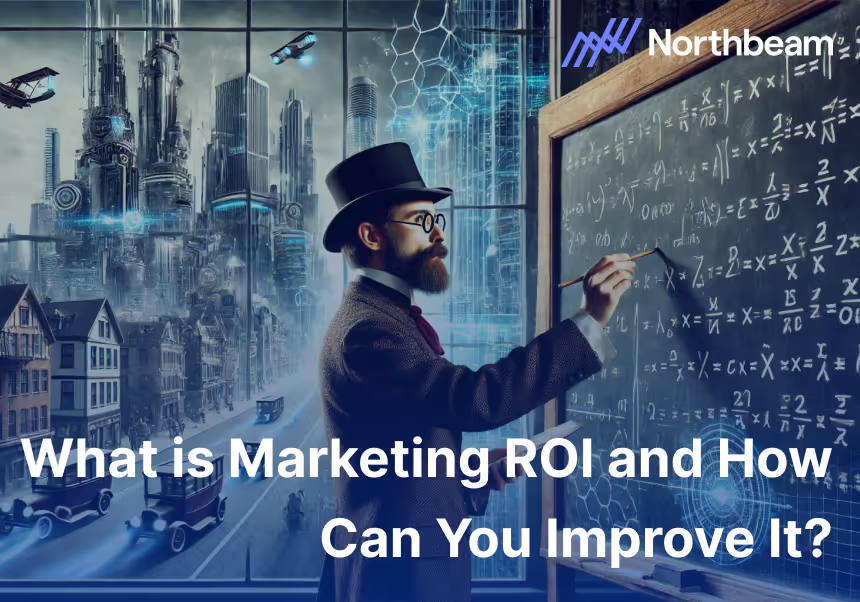


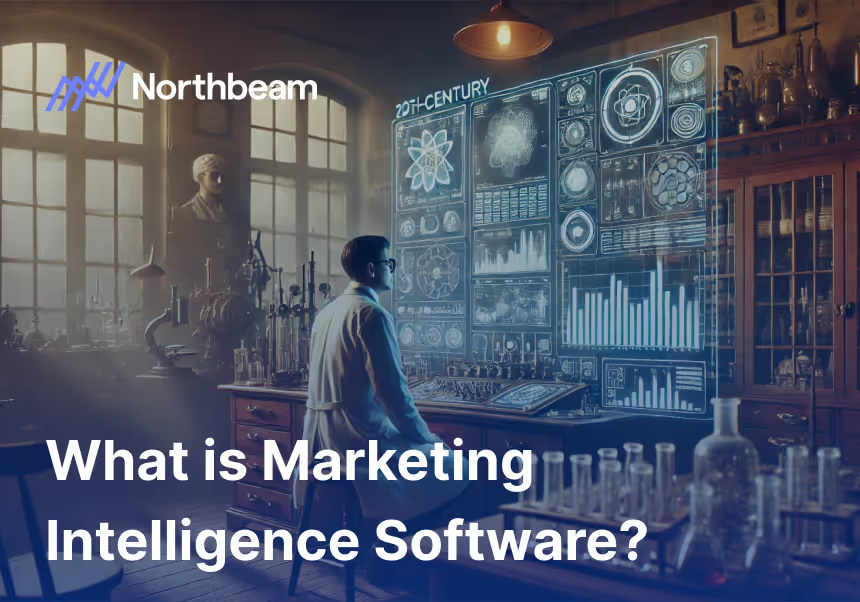
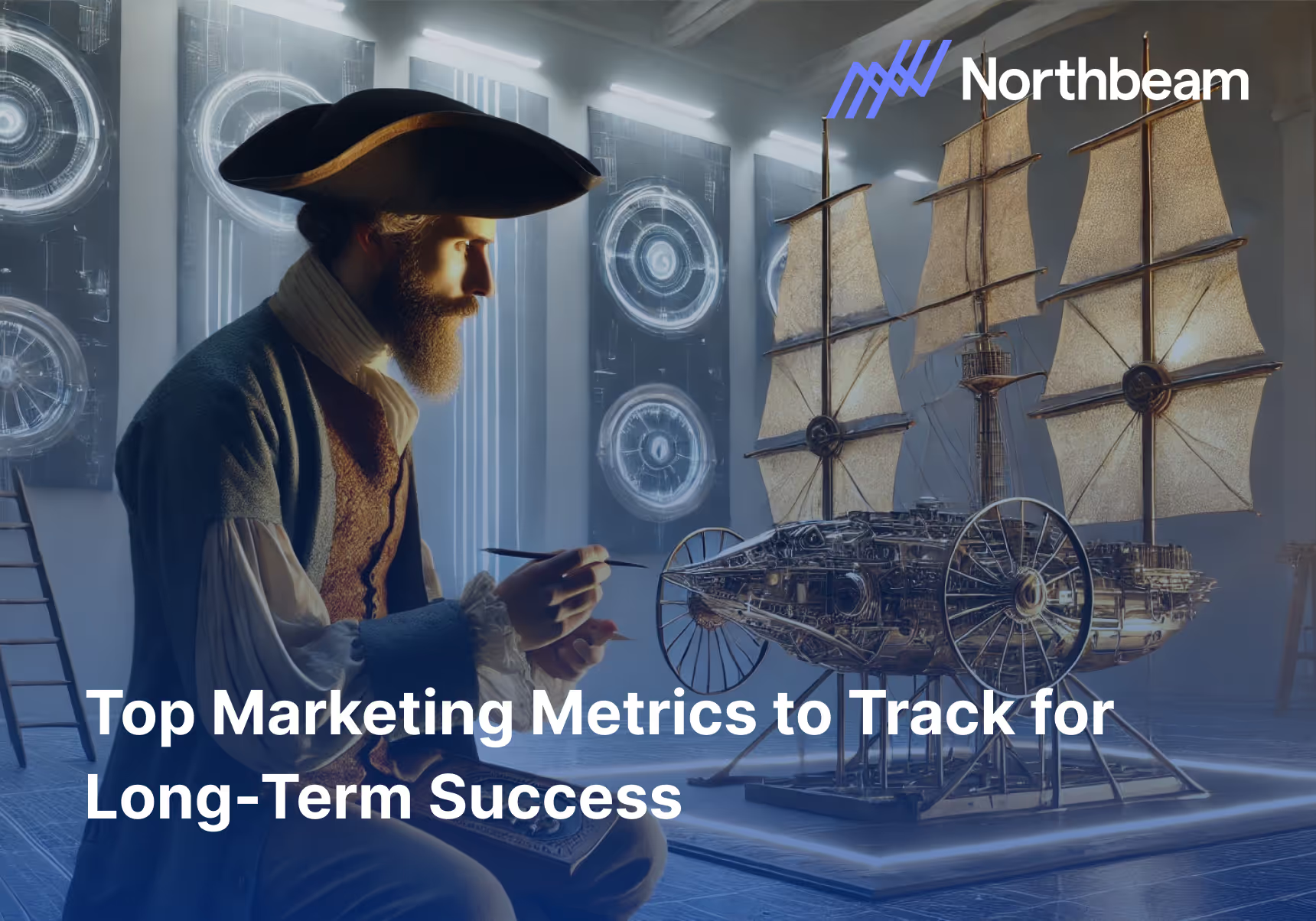

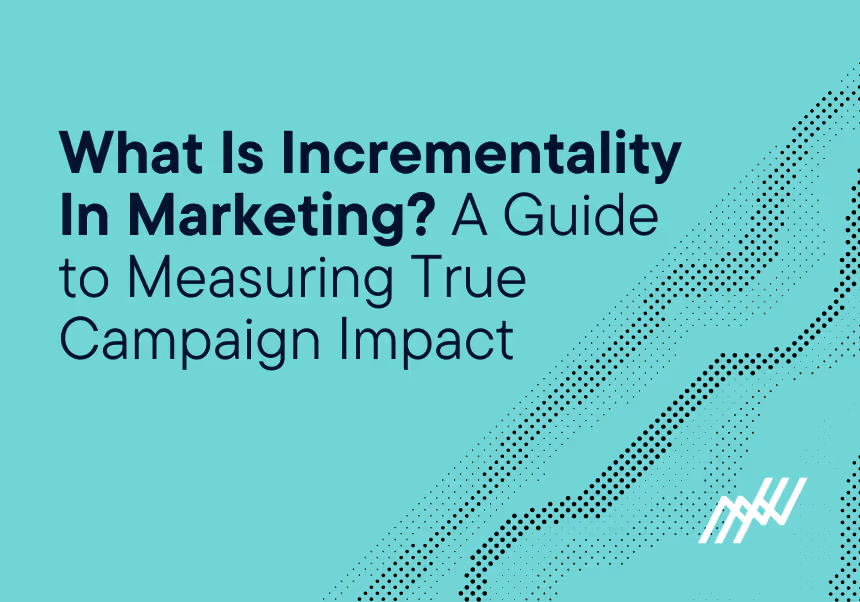

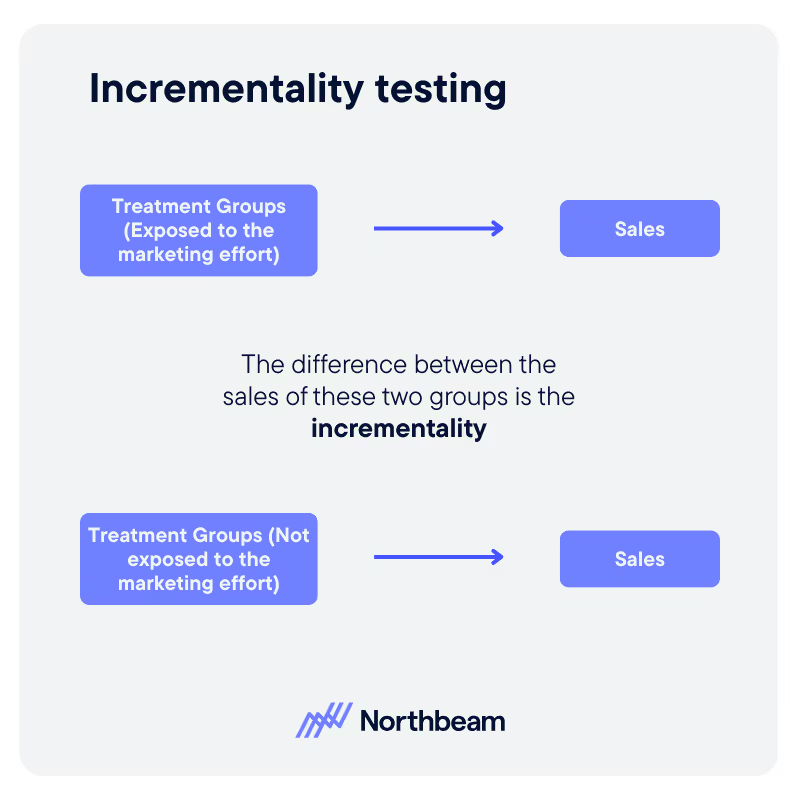
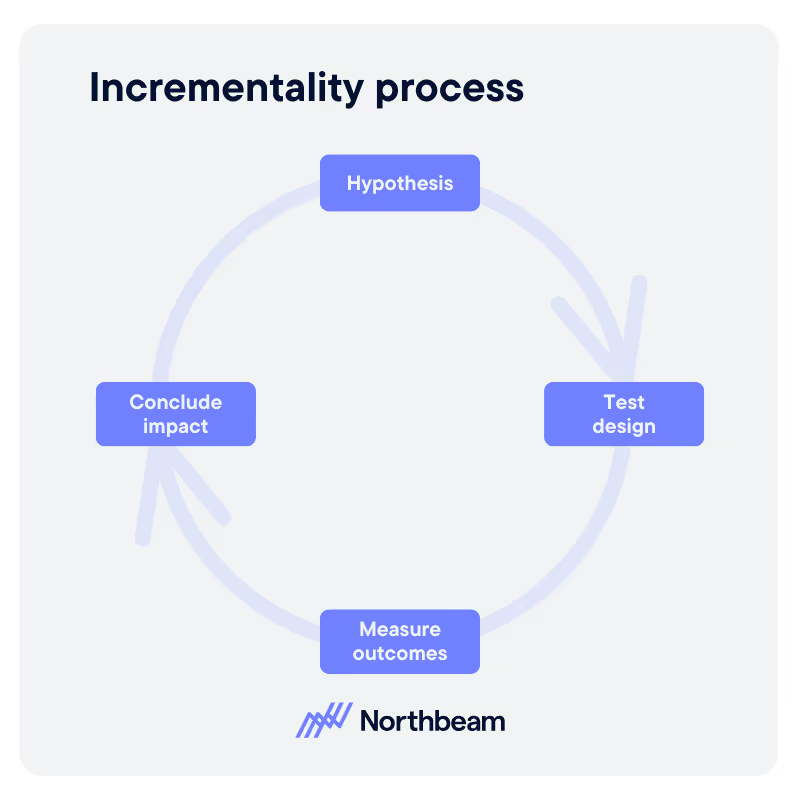
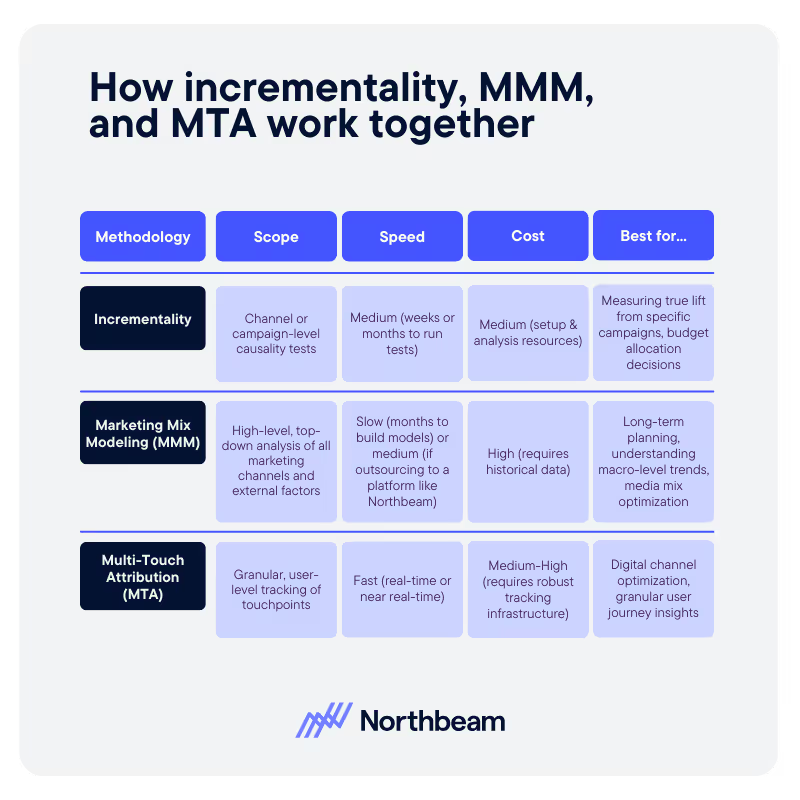
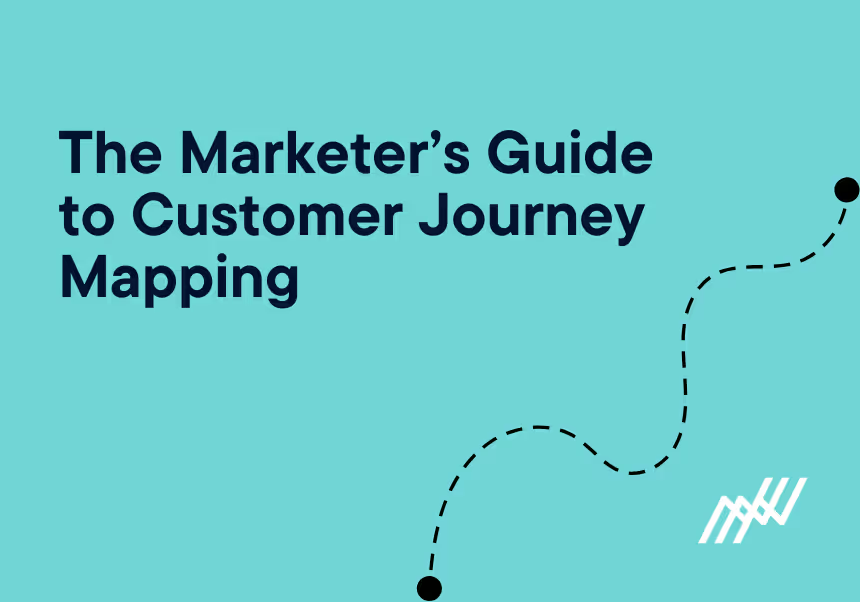

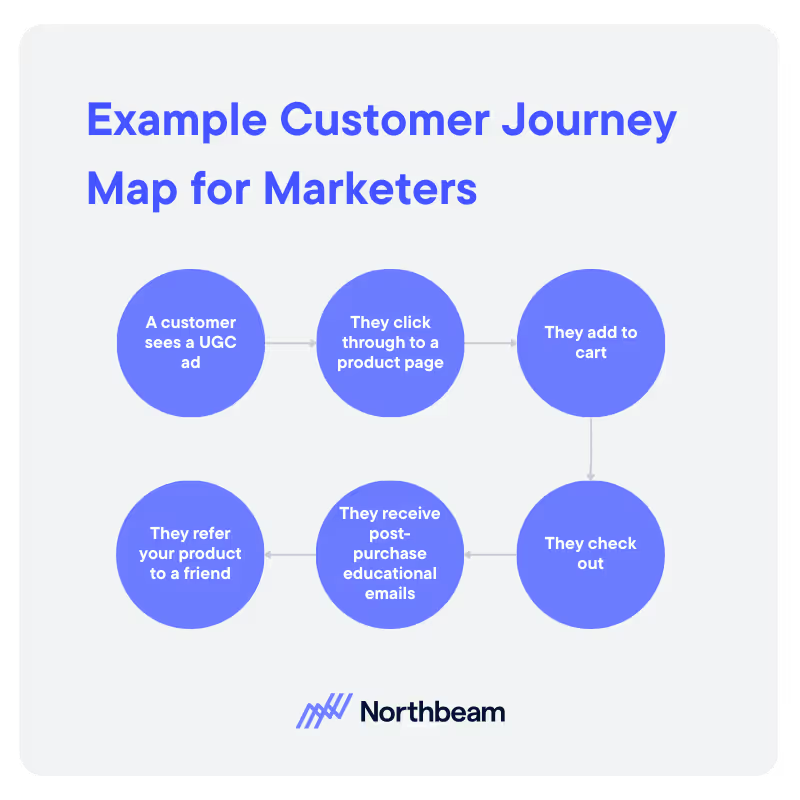
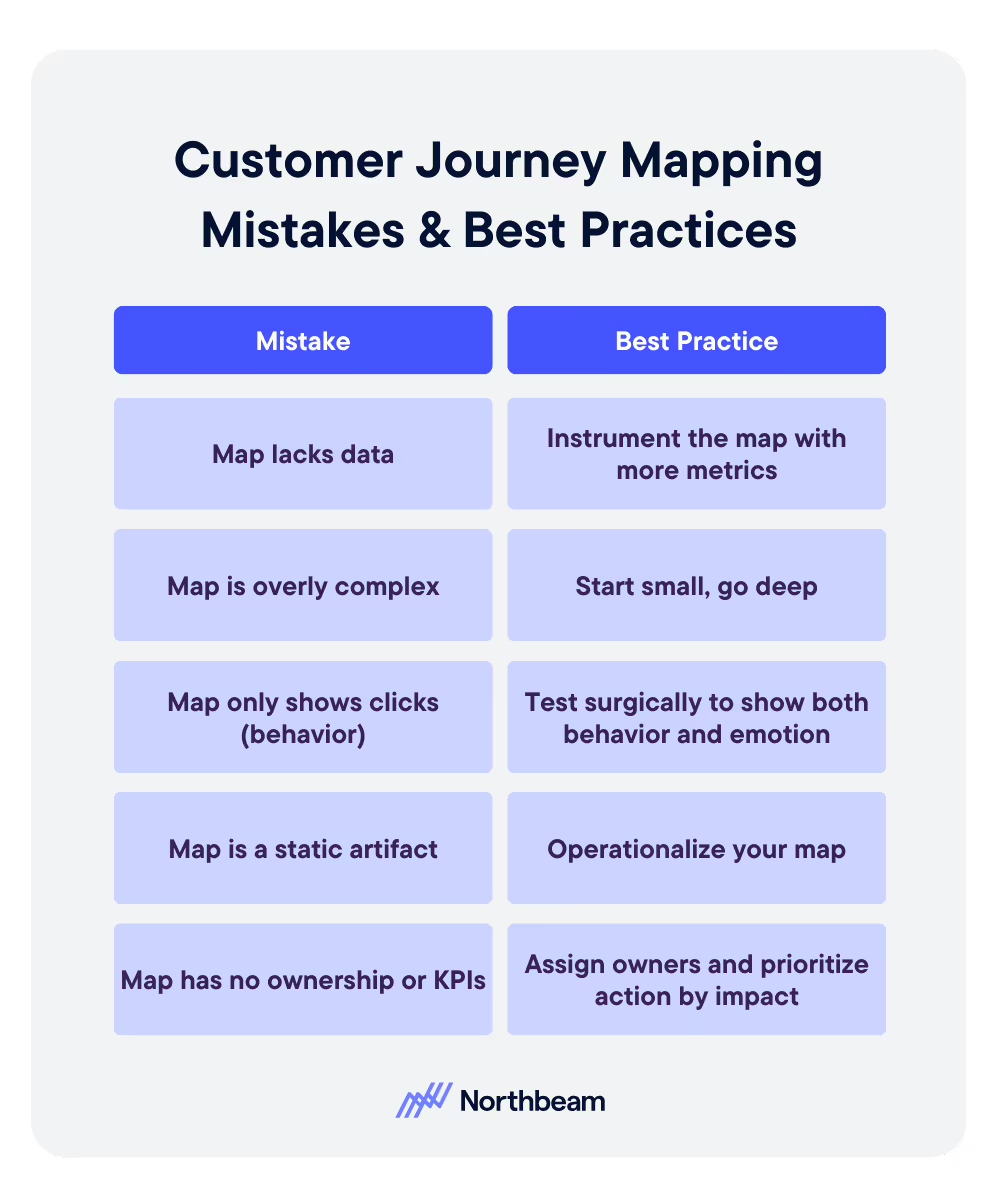


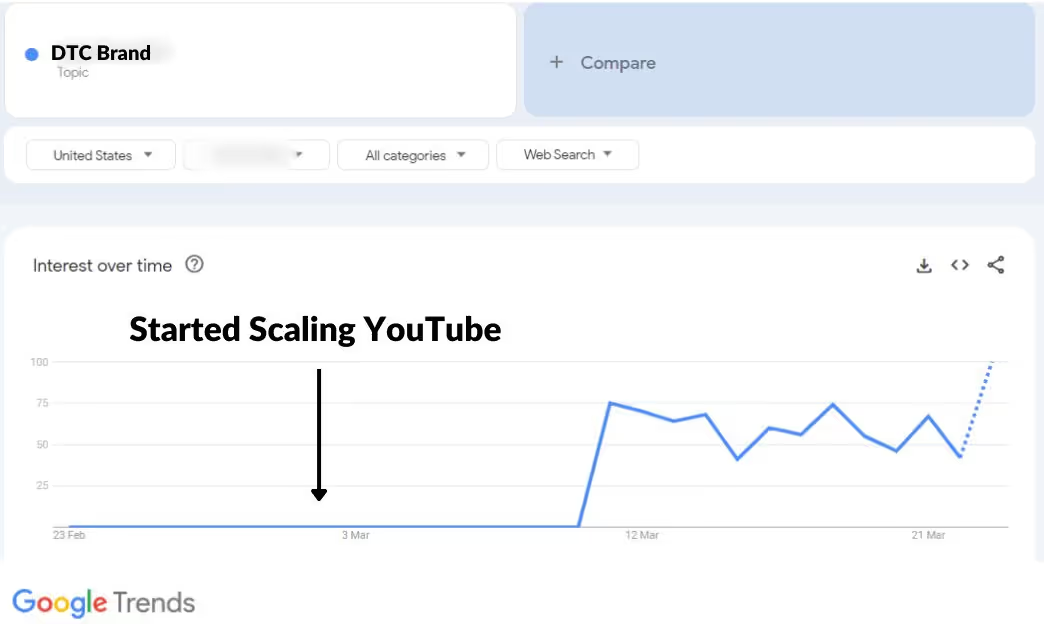
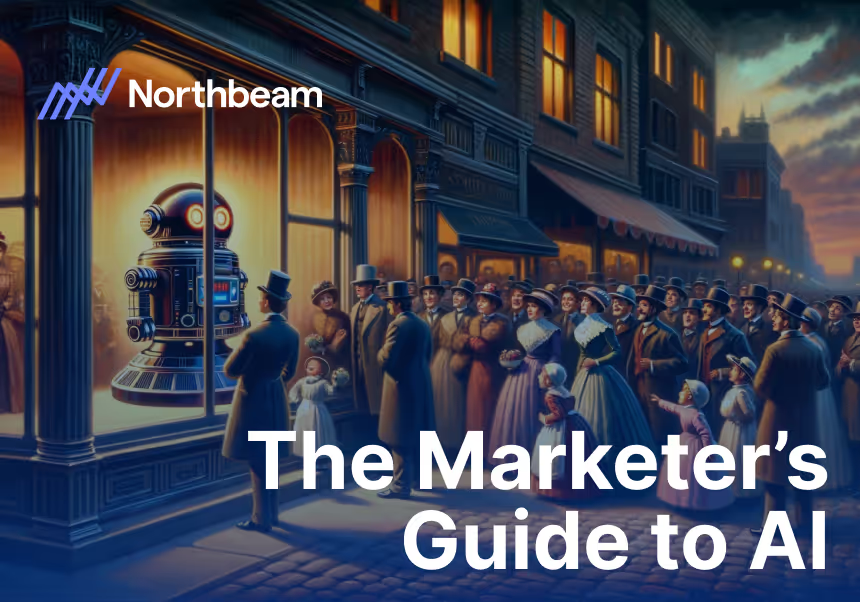

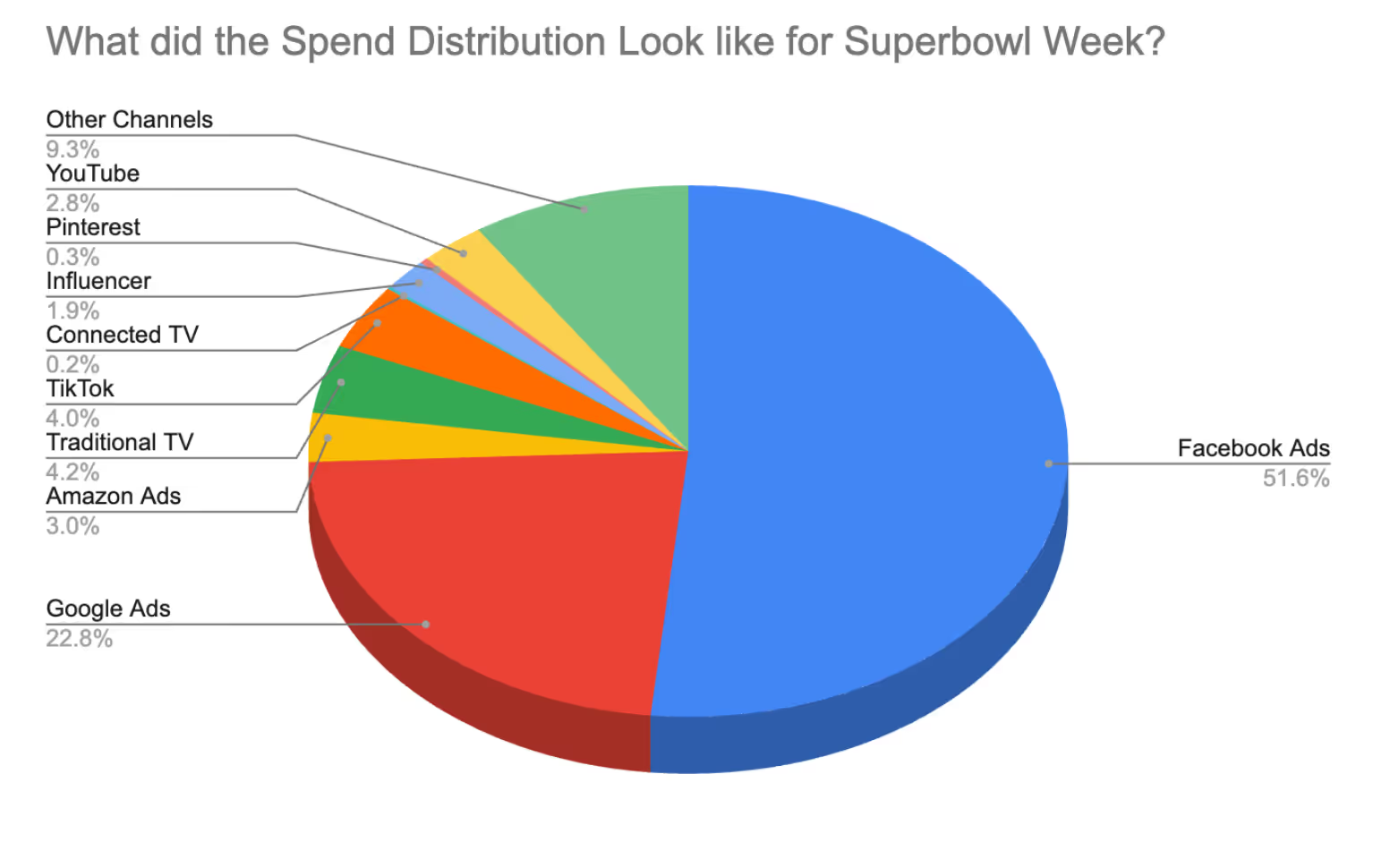



%25201.avif)

.avif)
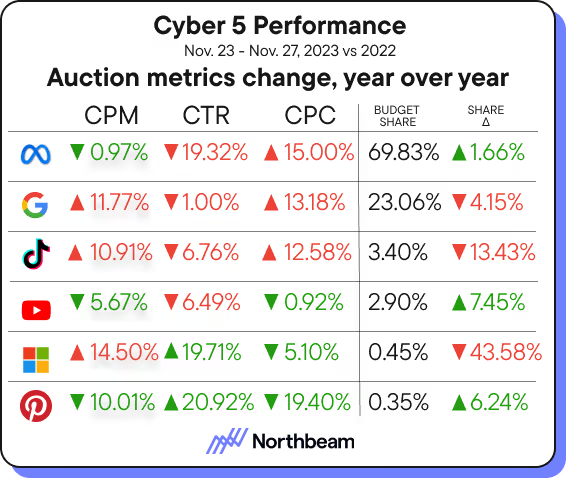
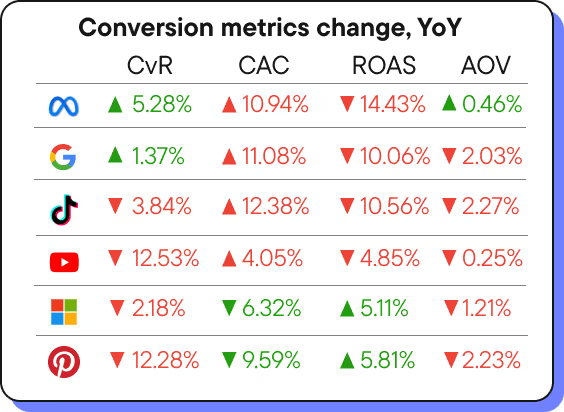
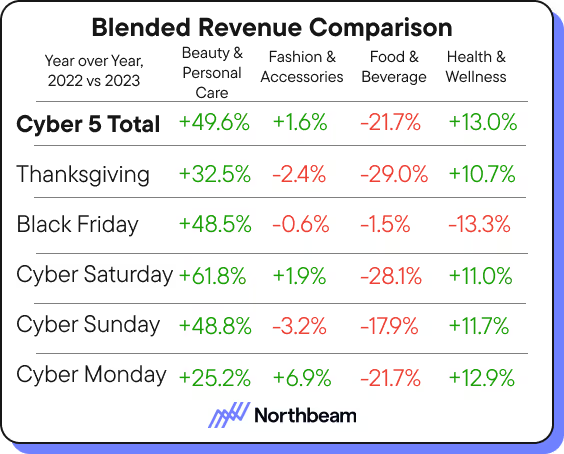

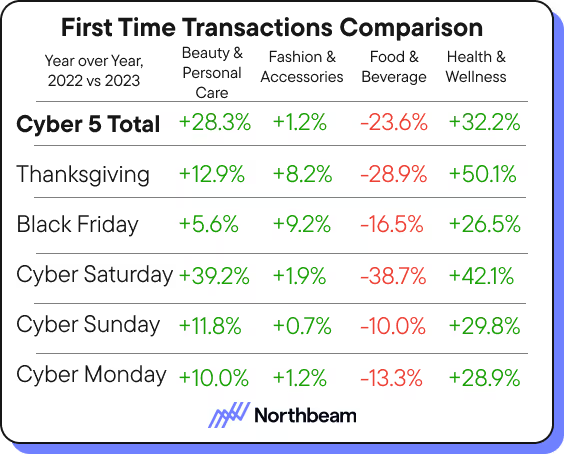
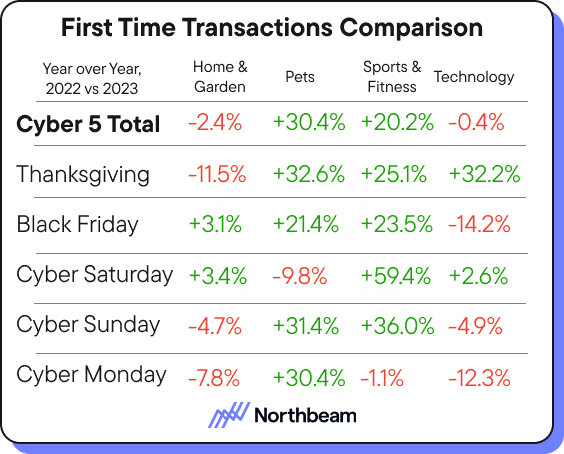

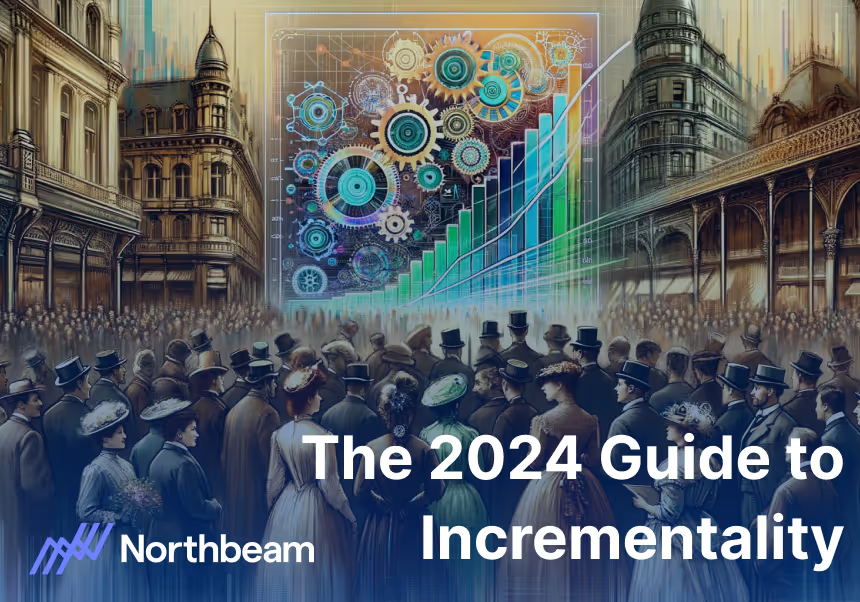
.avif)

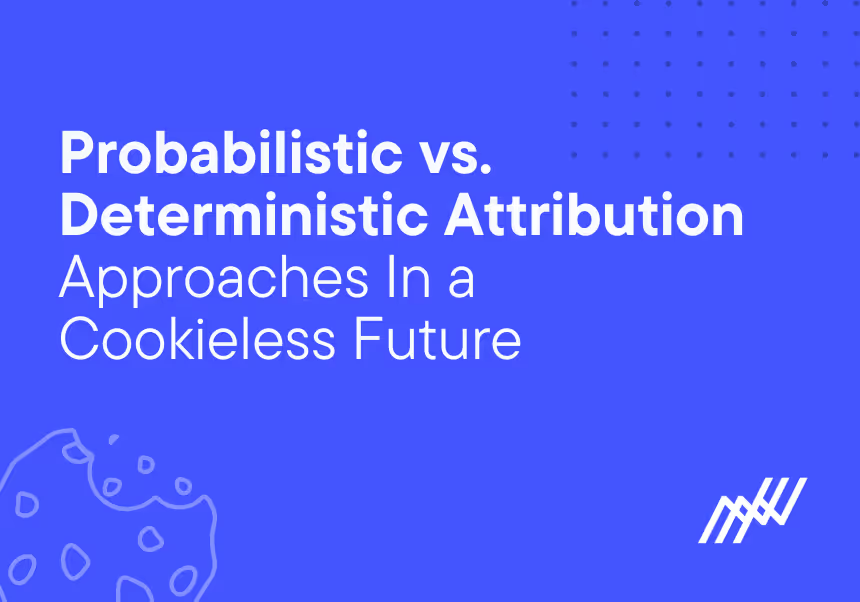
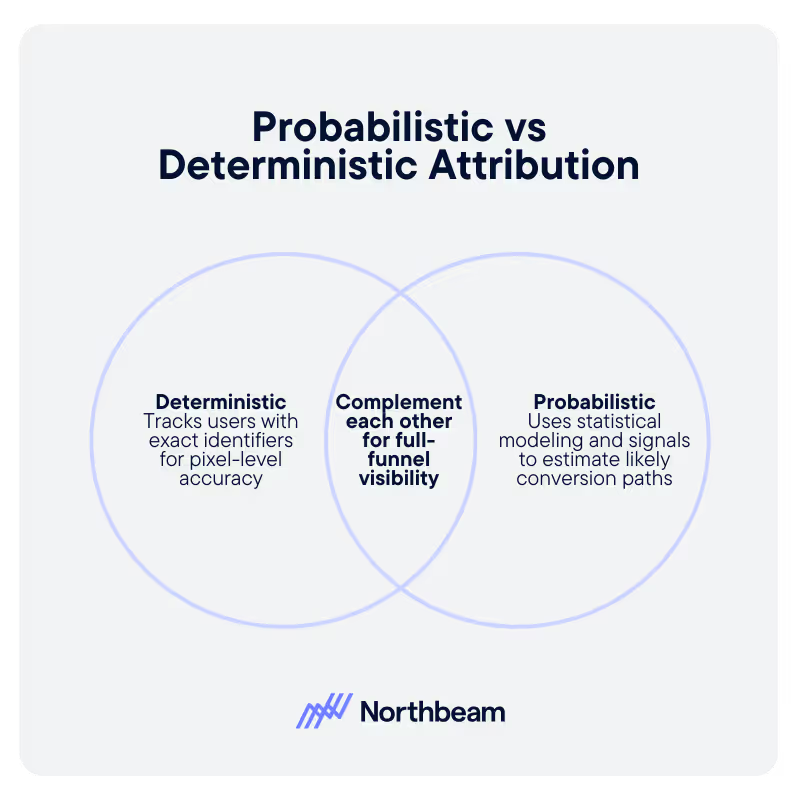
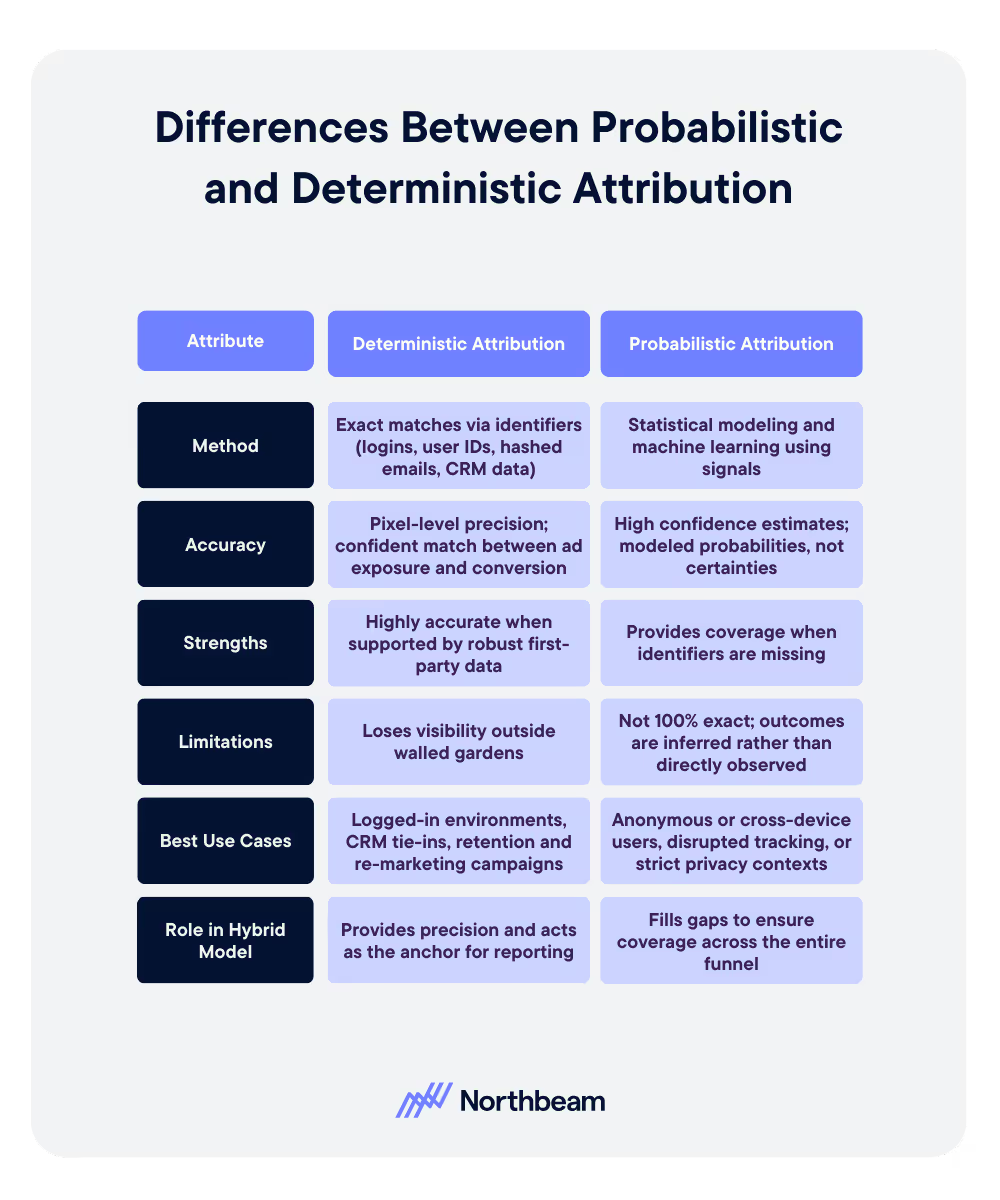
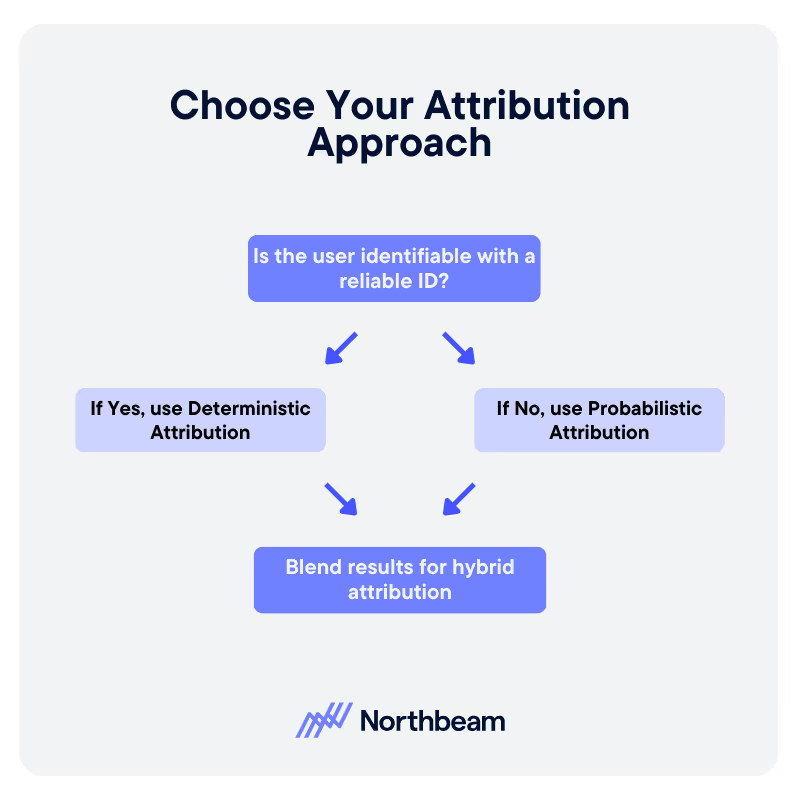





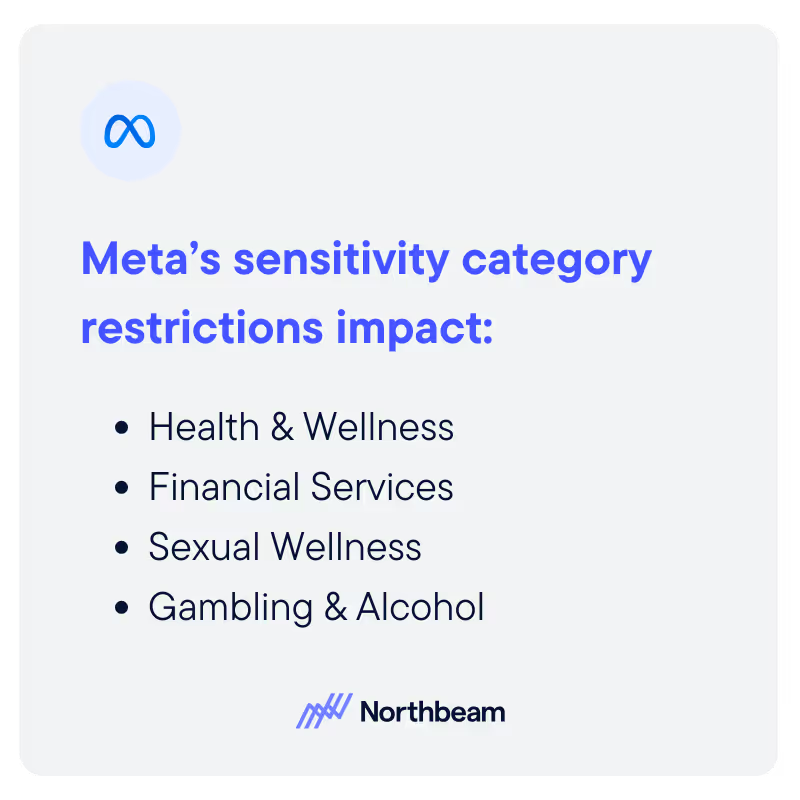
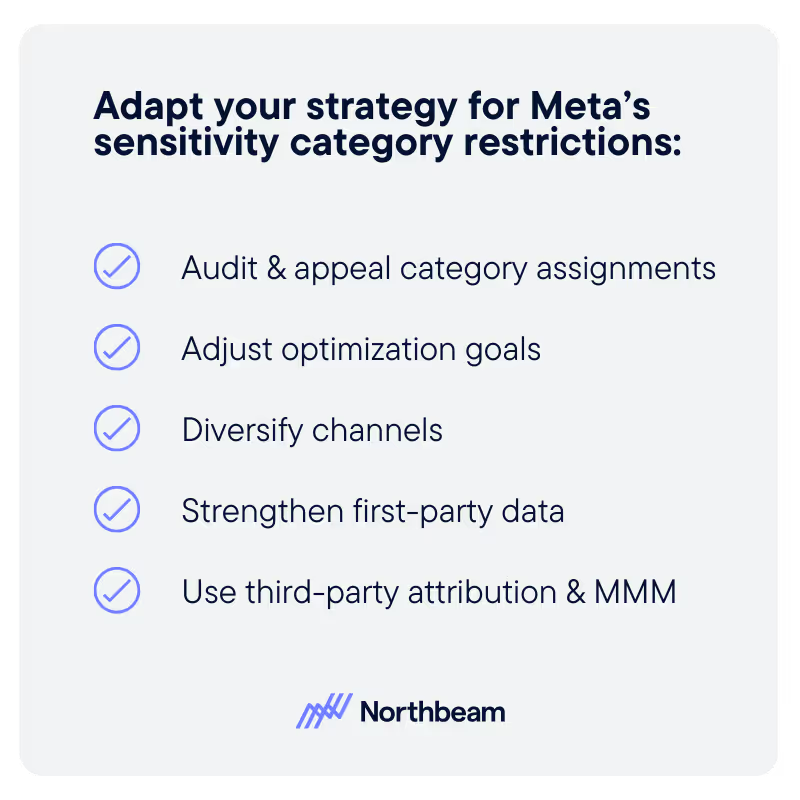

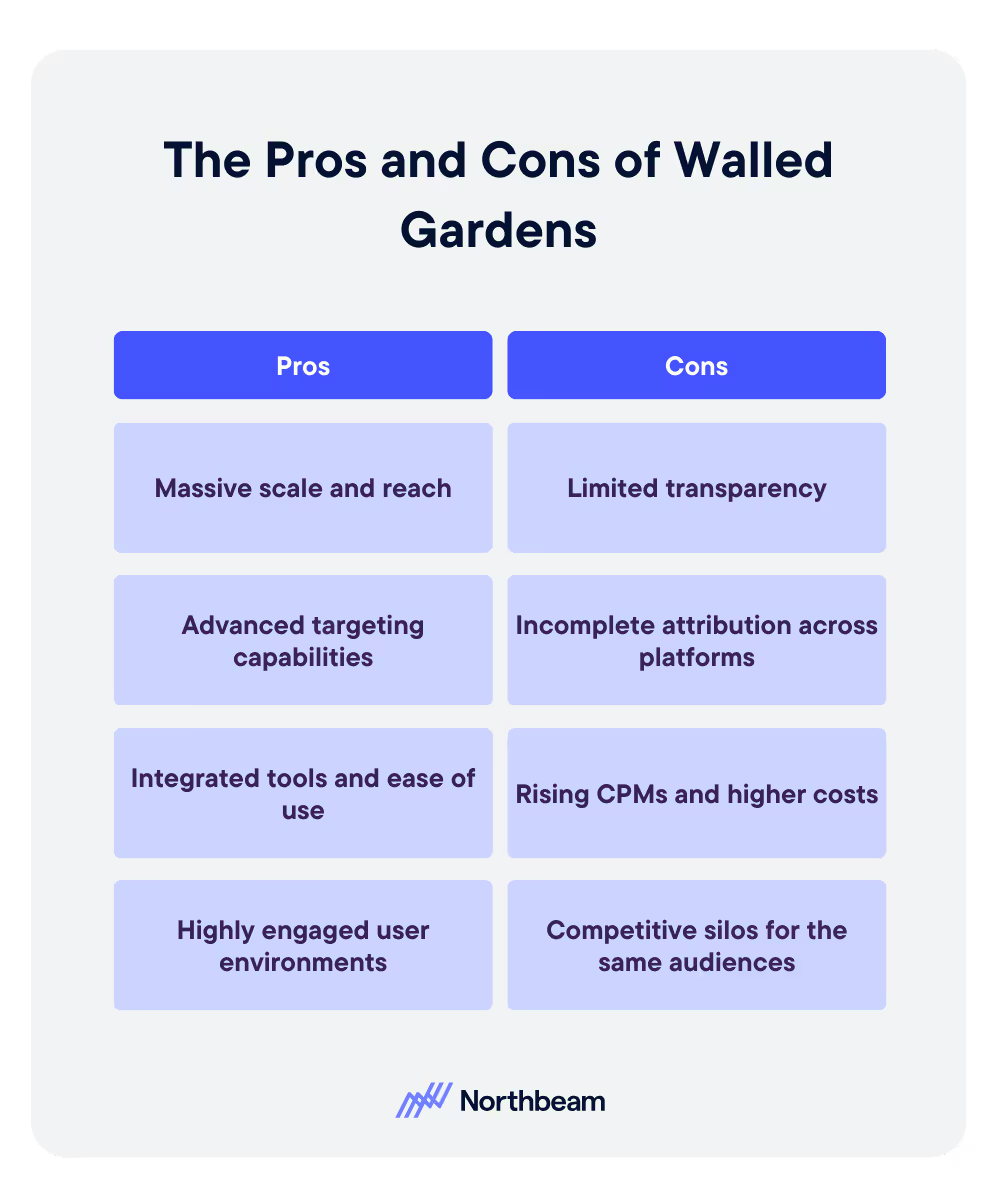
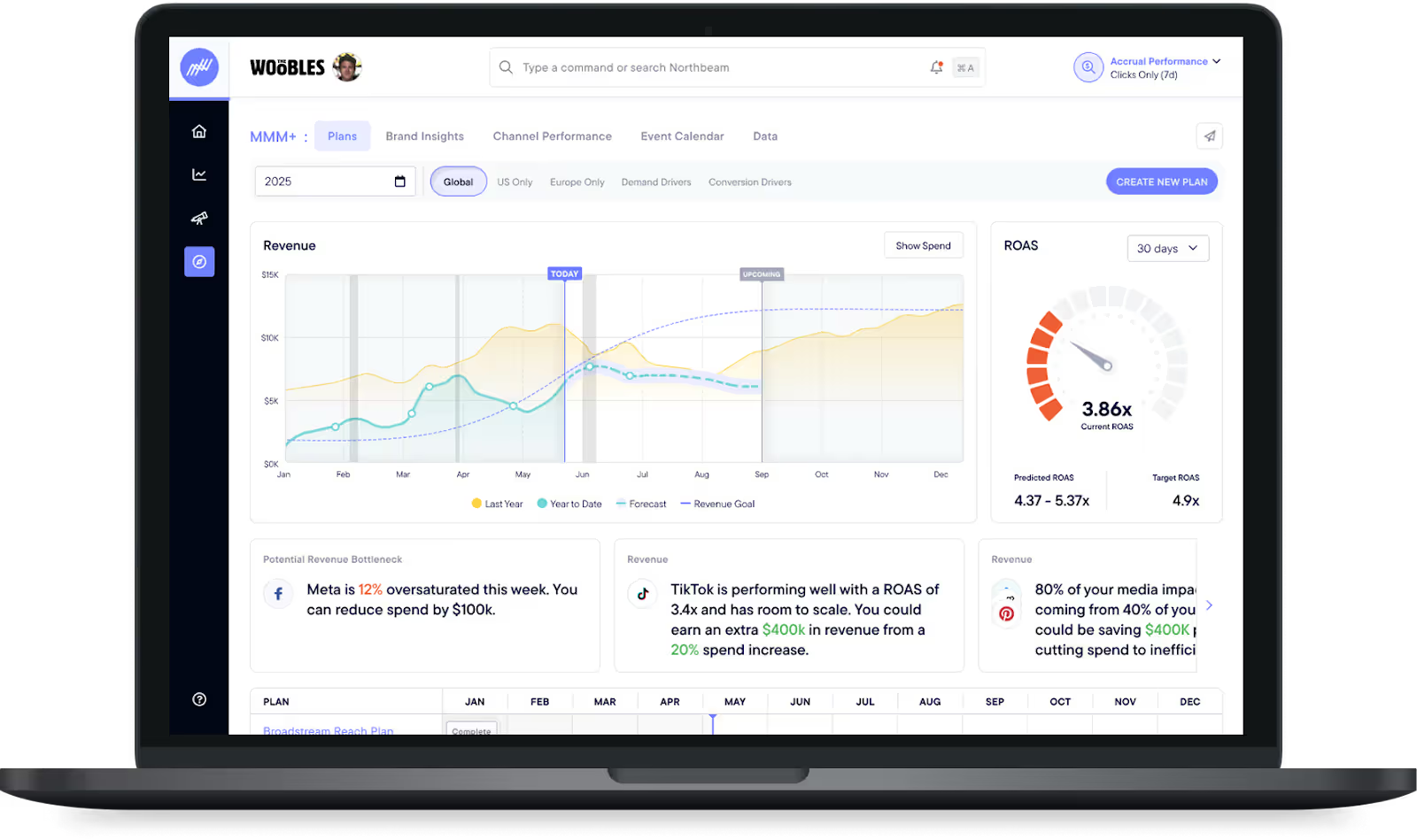
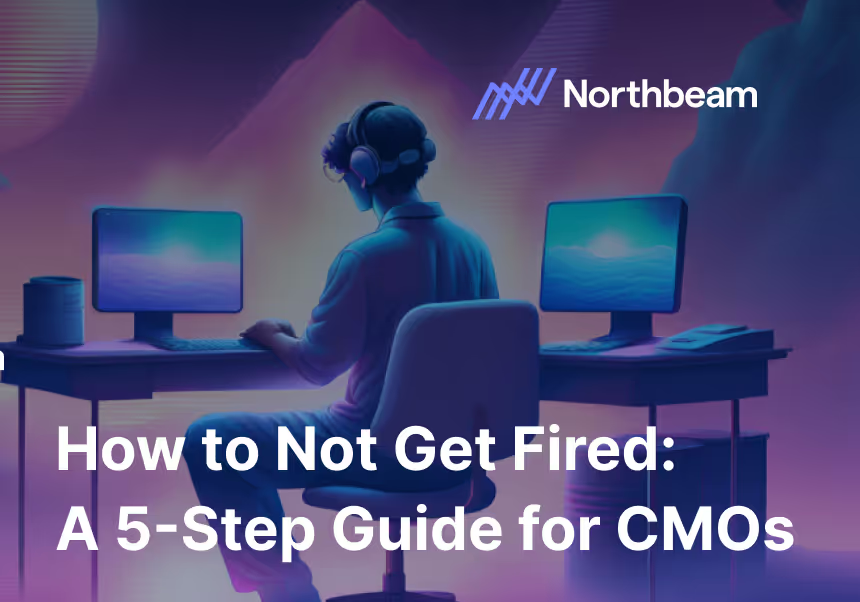
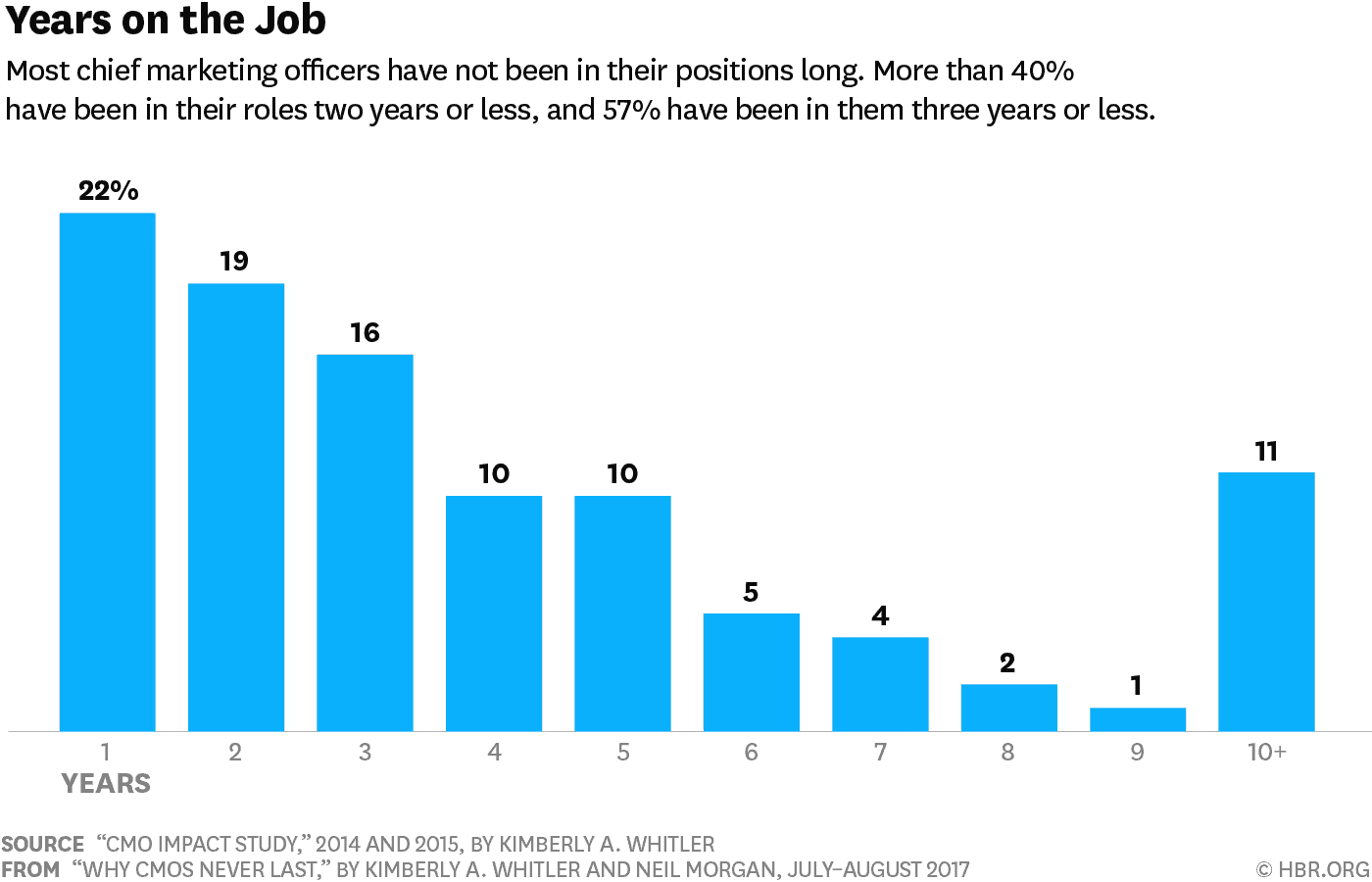
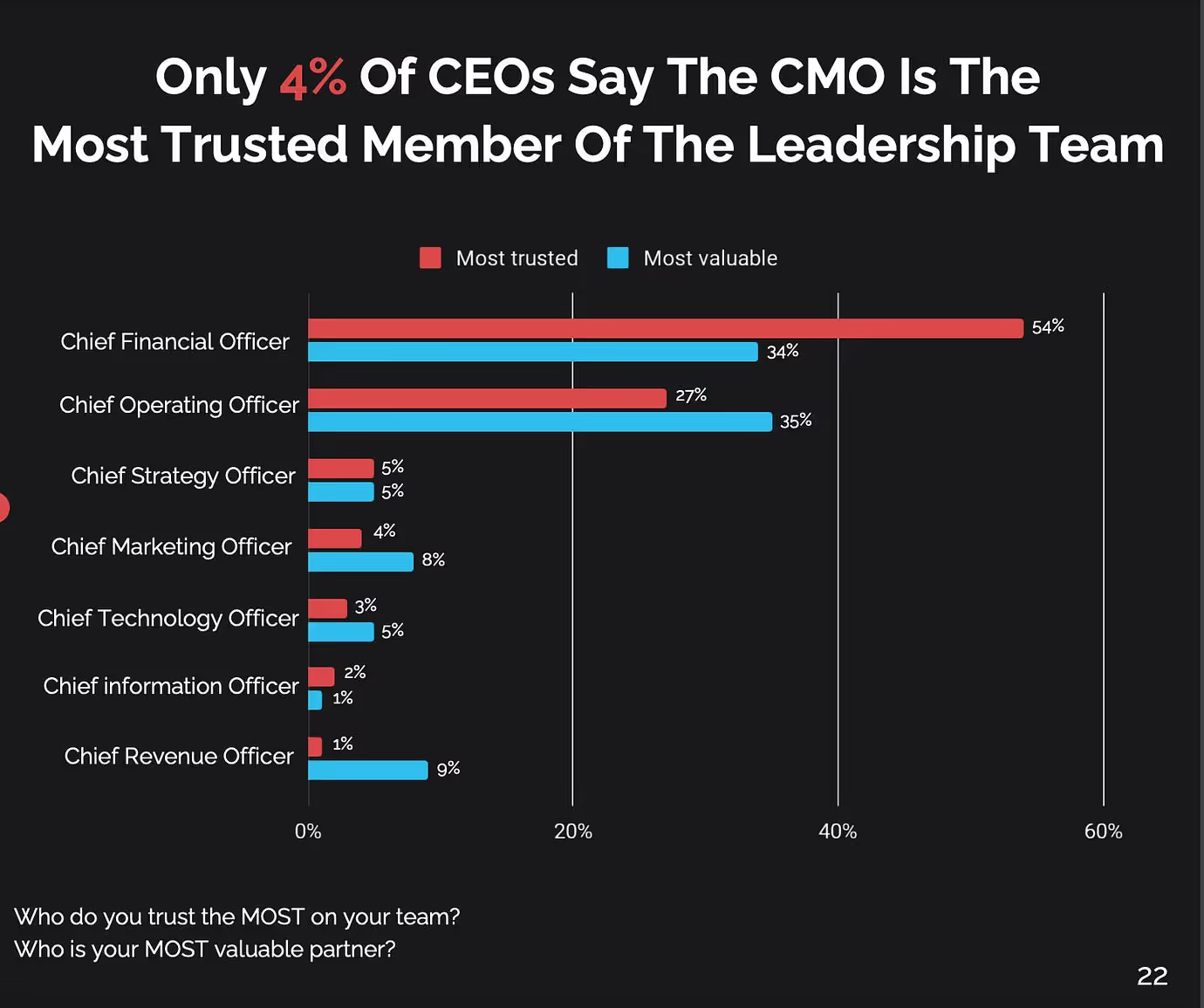
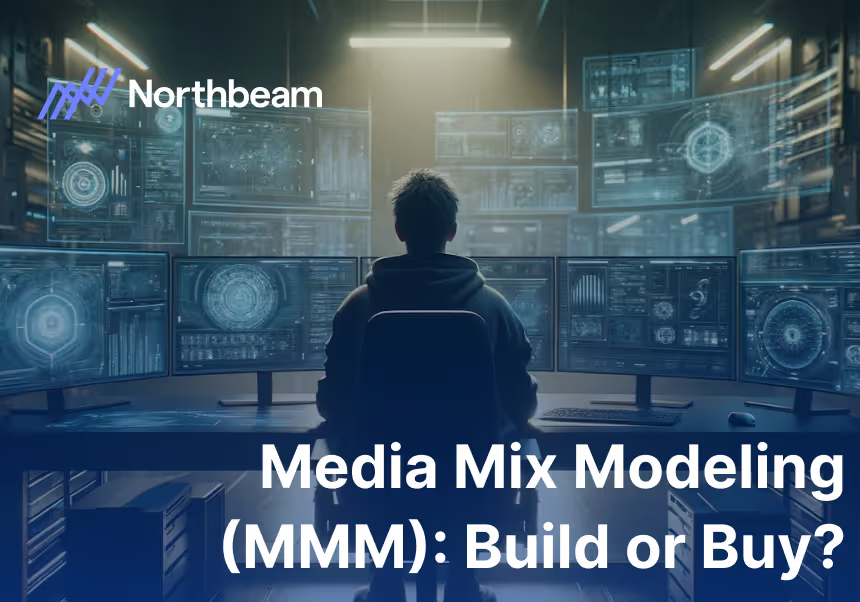
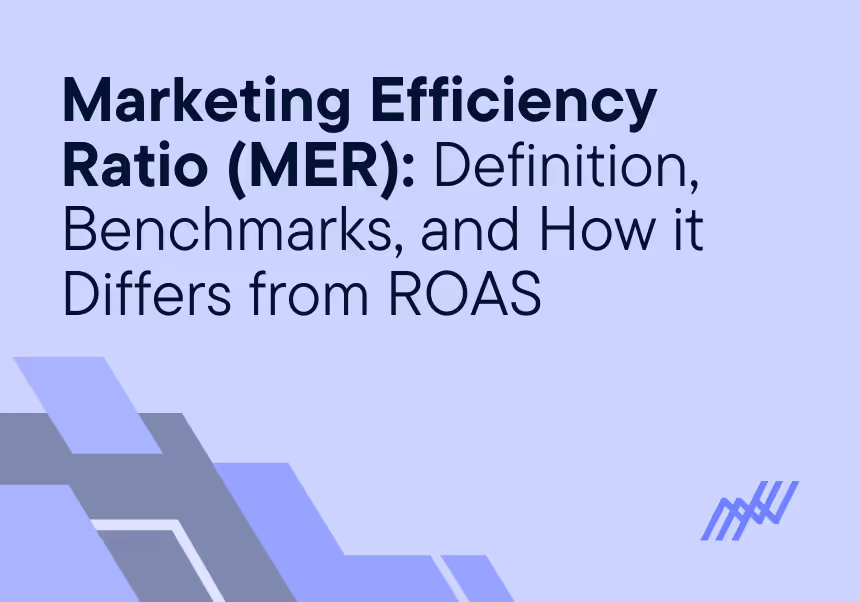

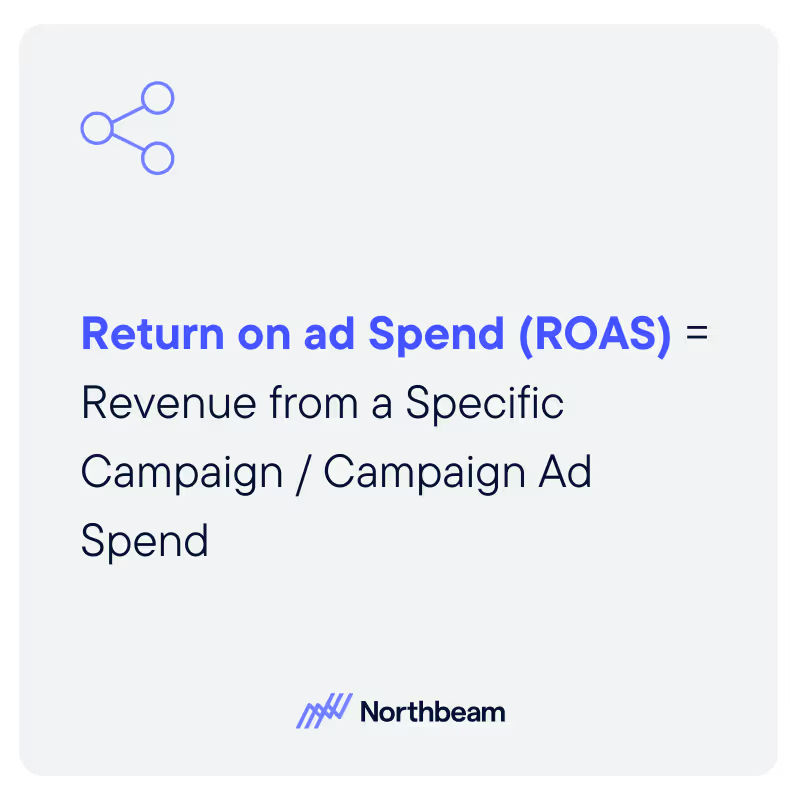
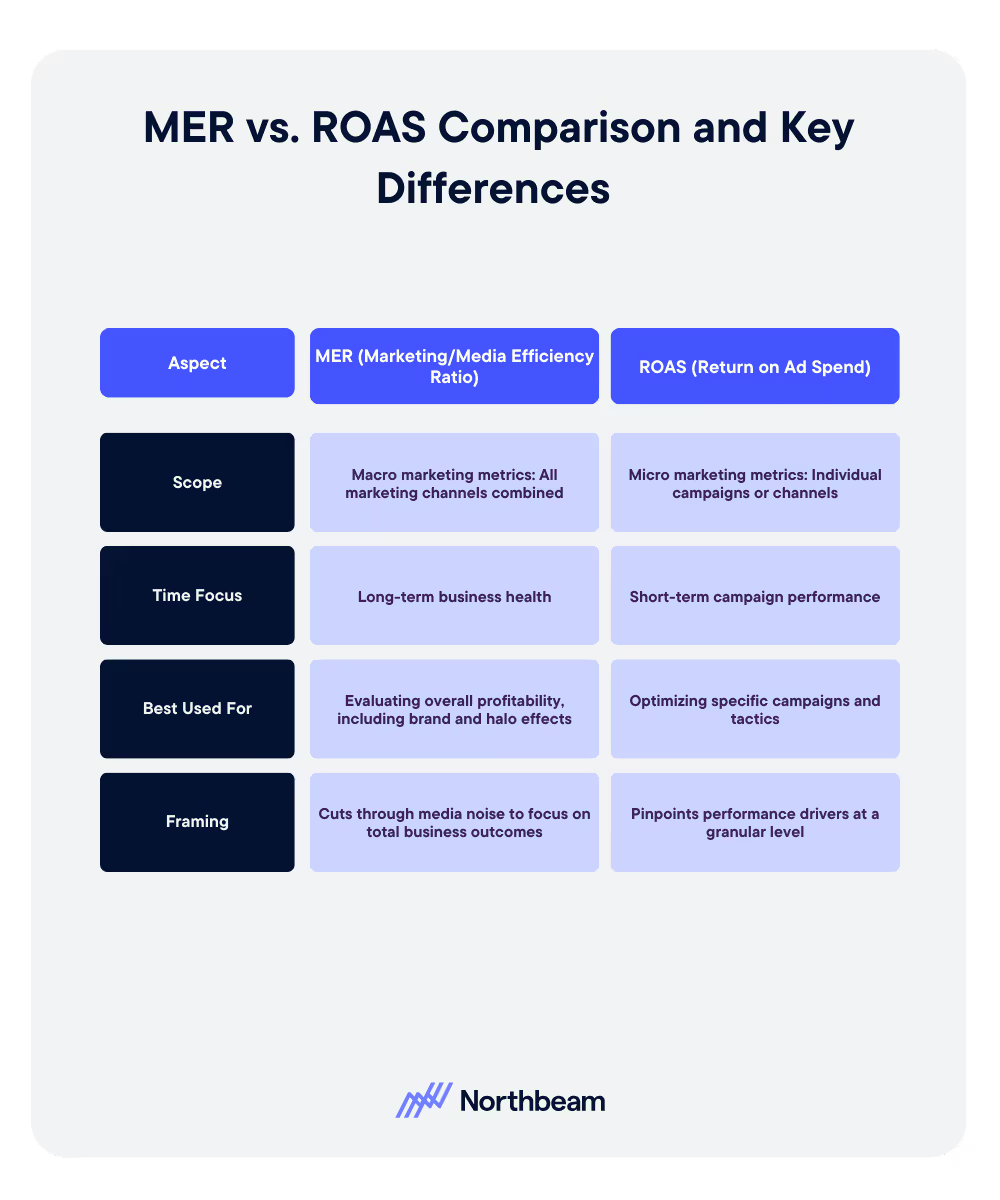
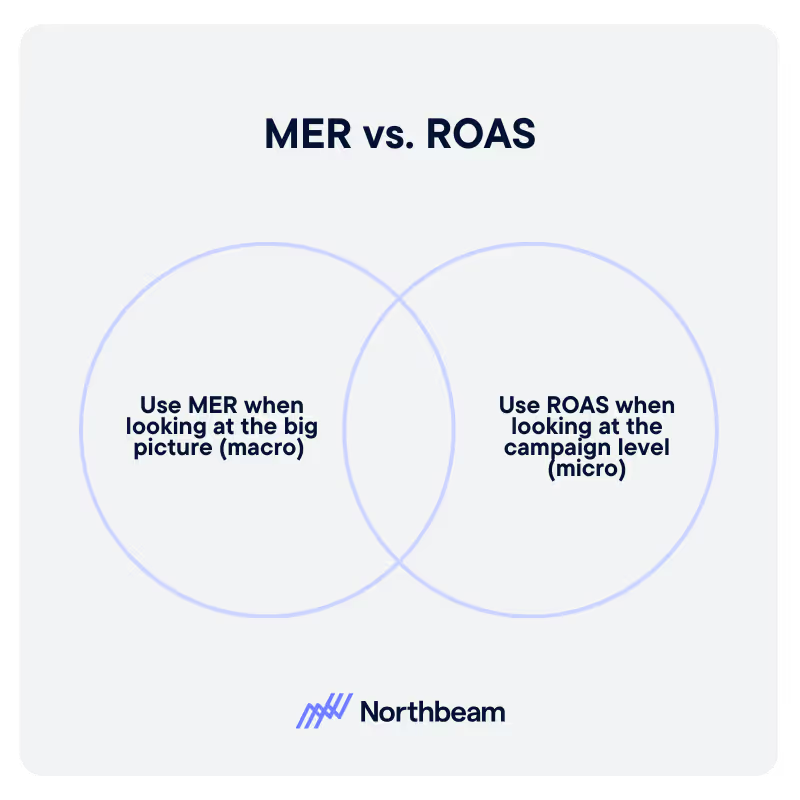






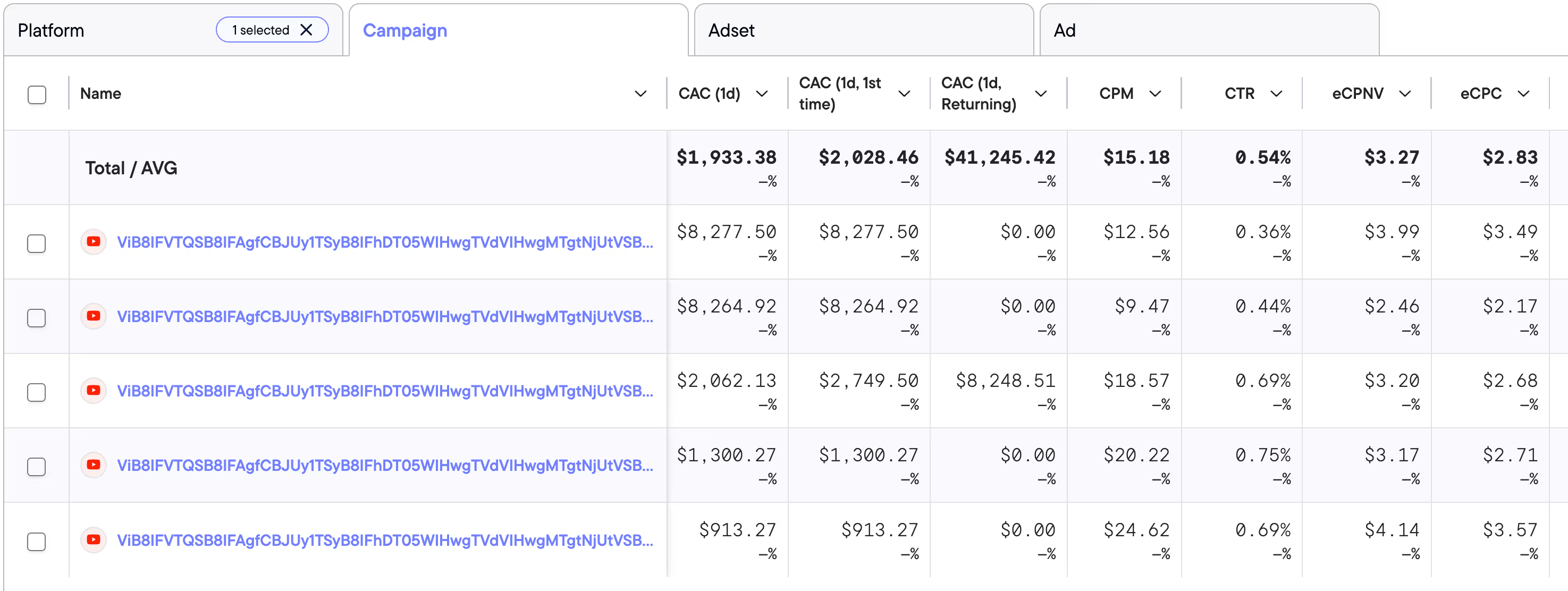

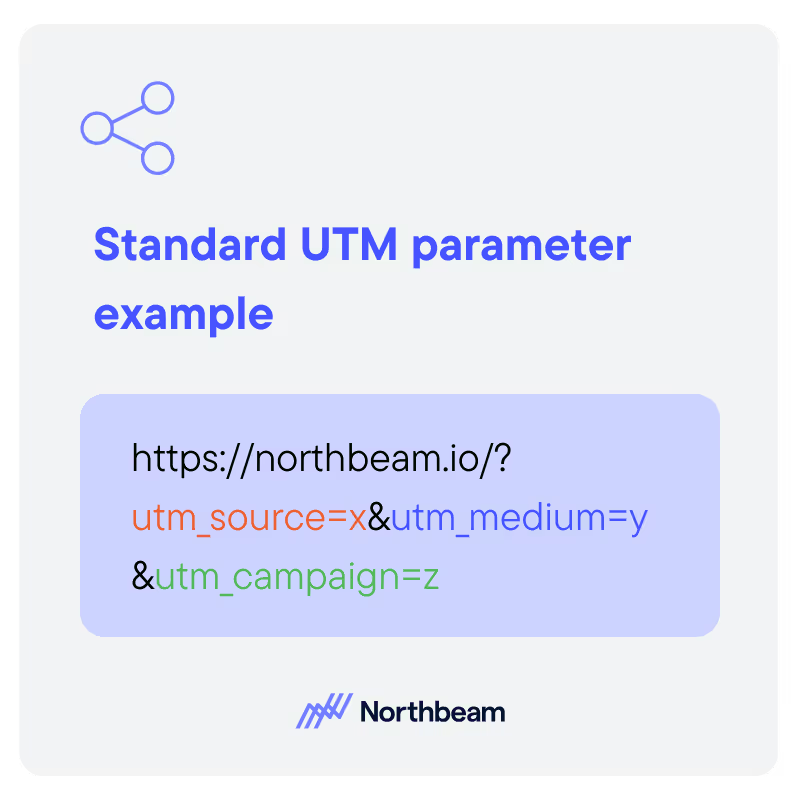

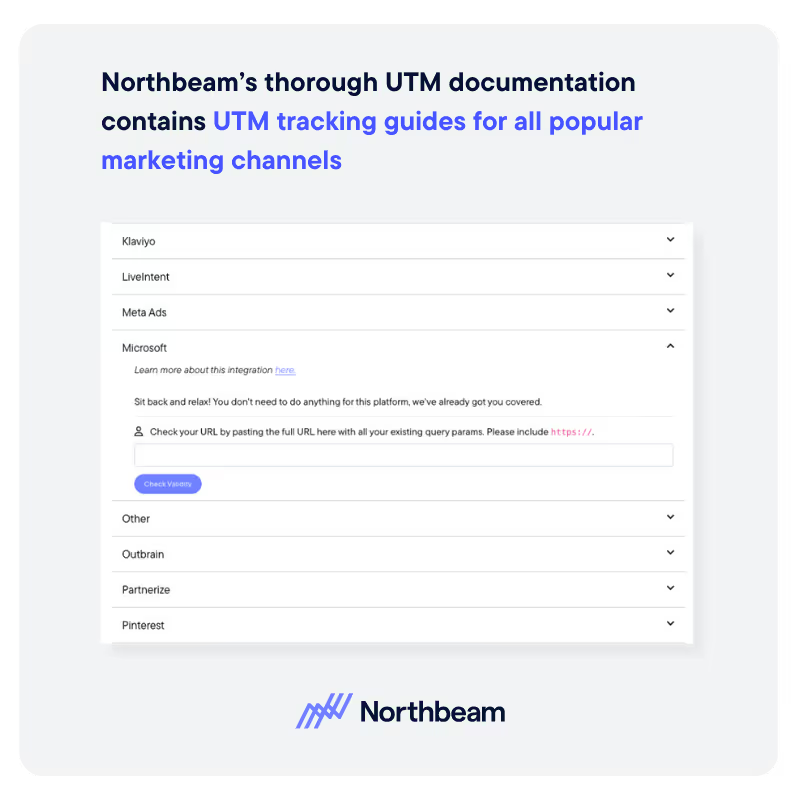
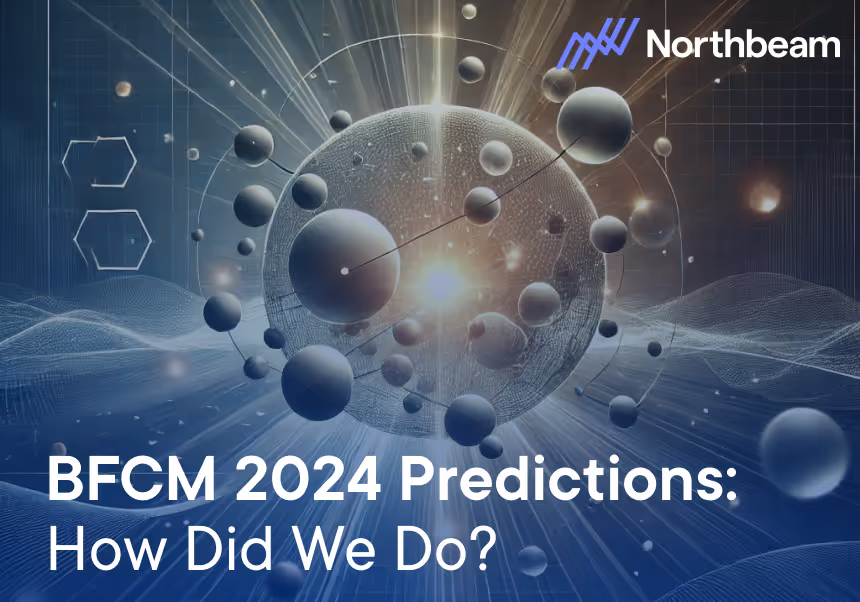

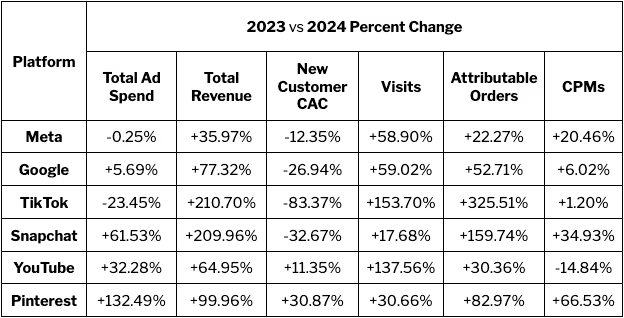
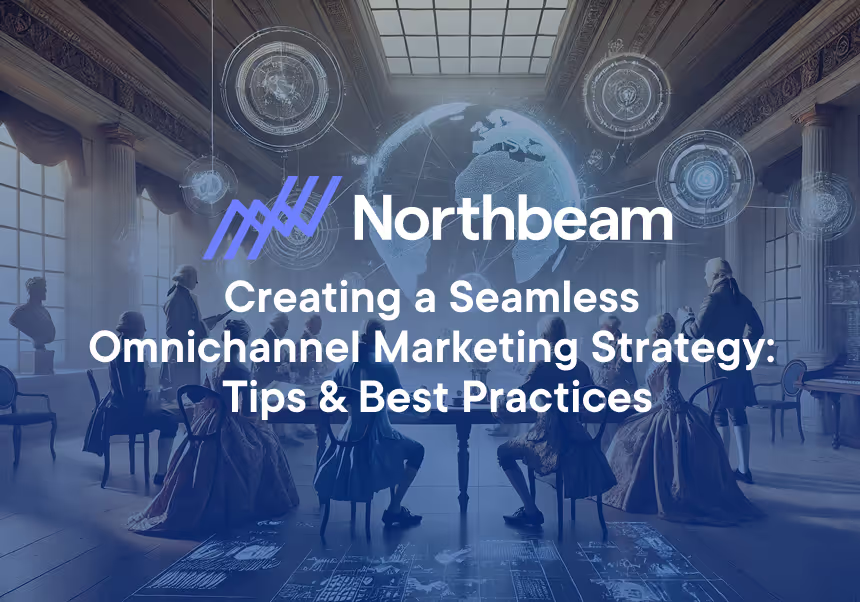
.avif)
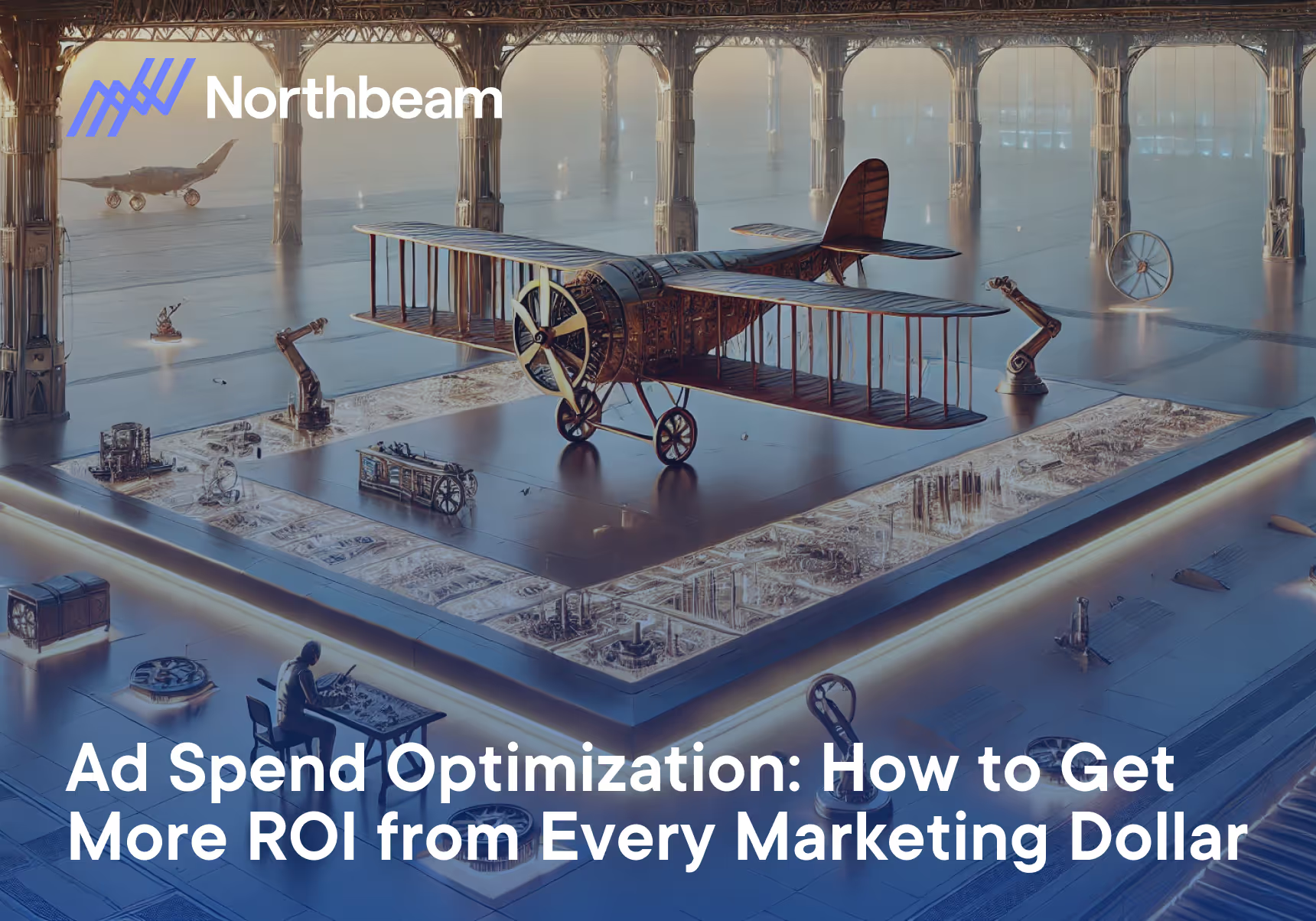
.avif)
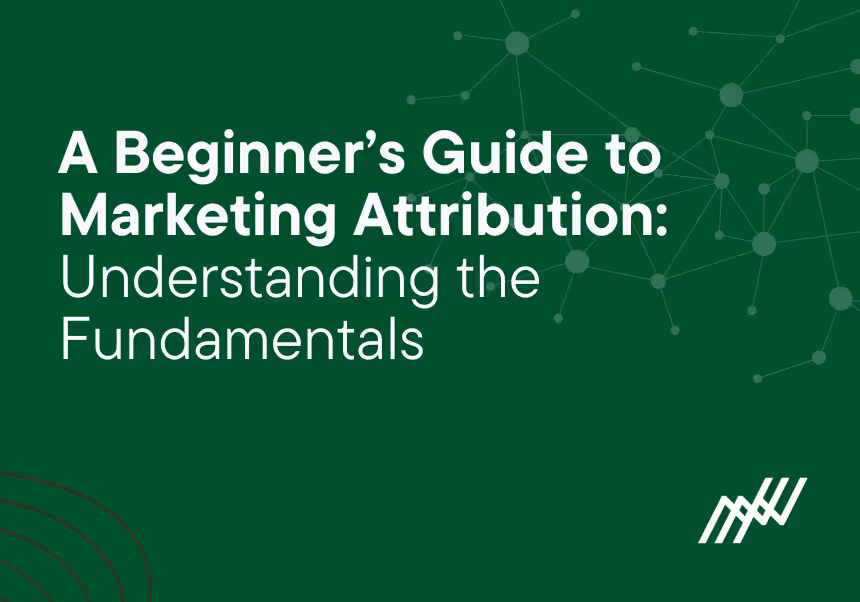
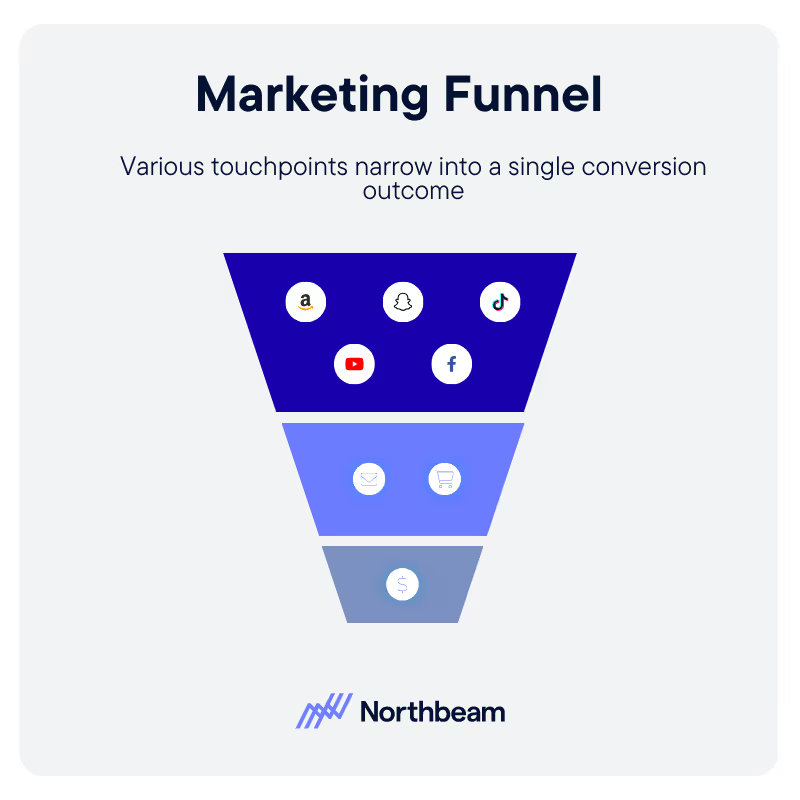
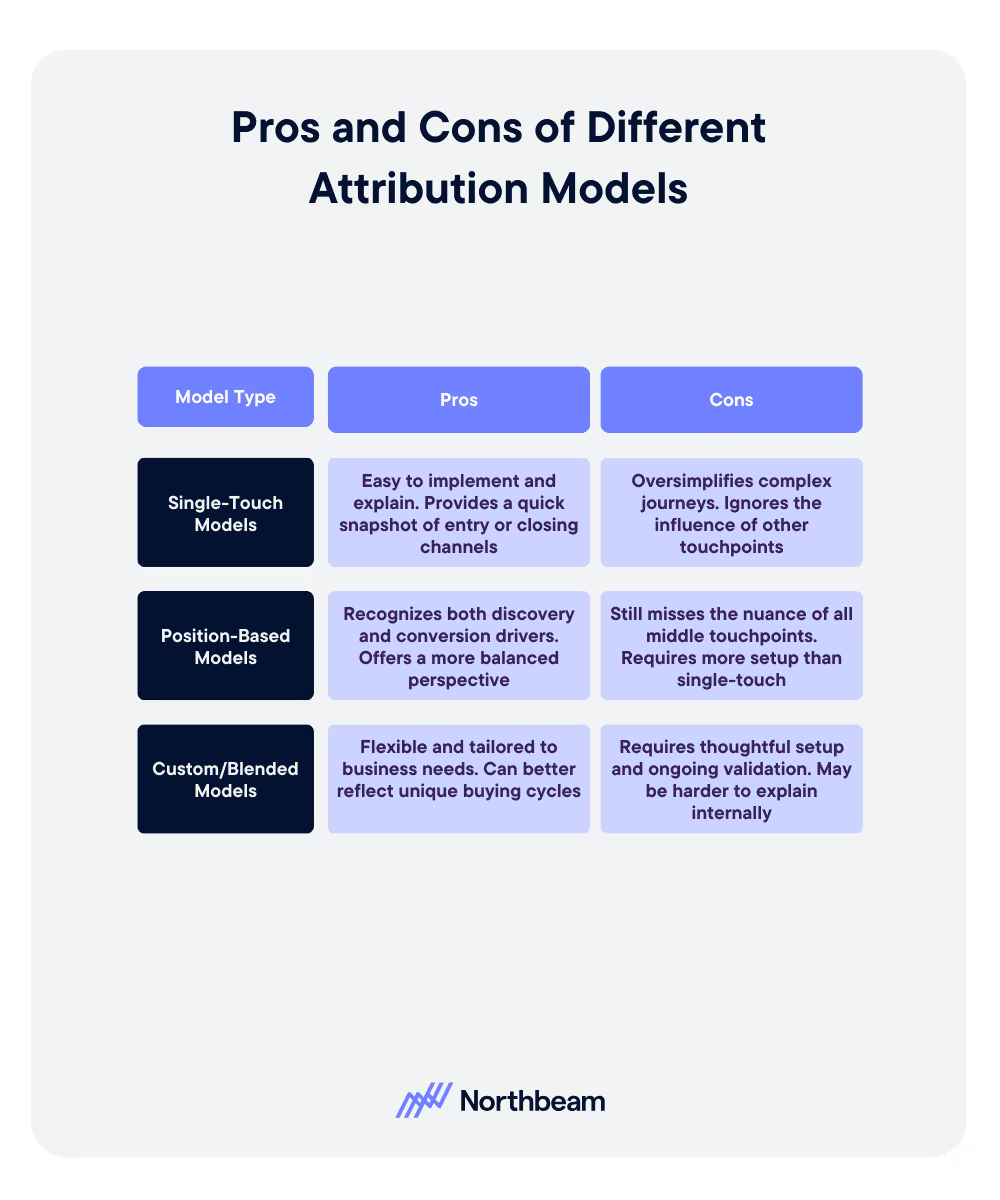
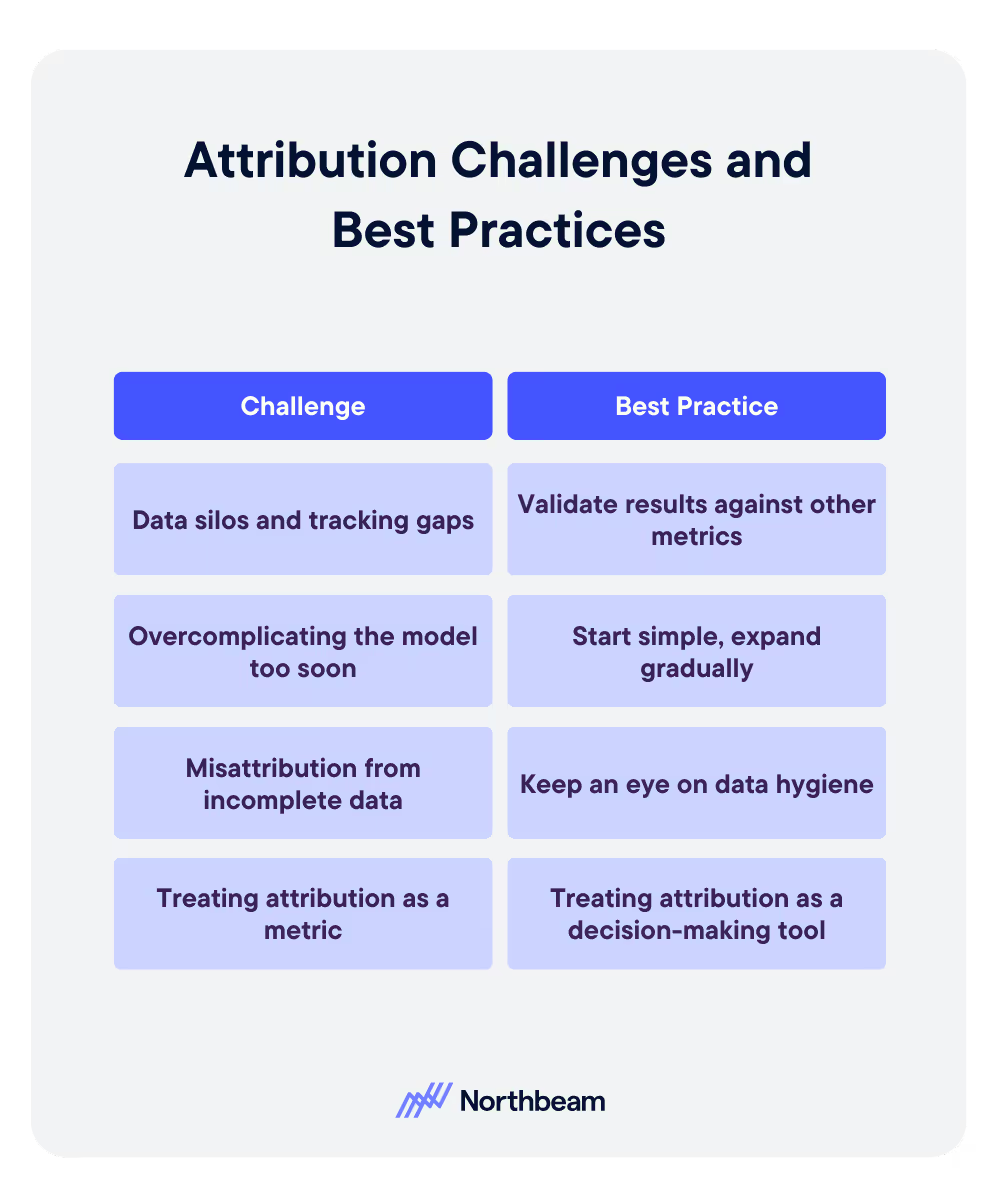


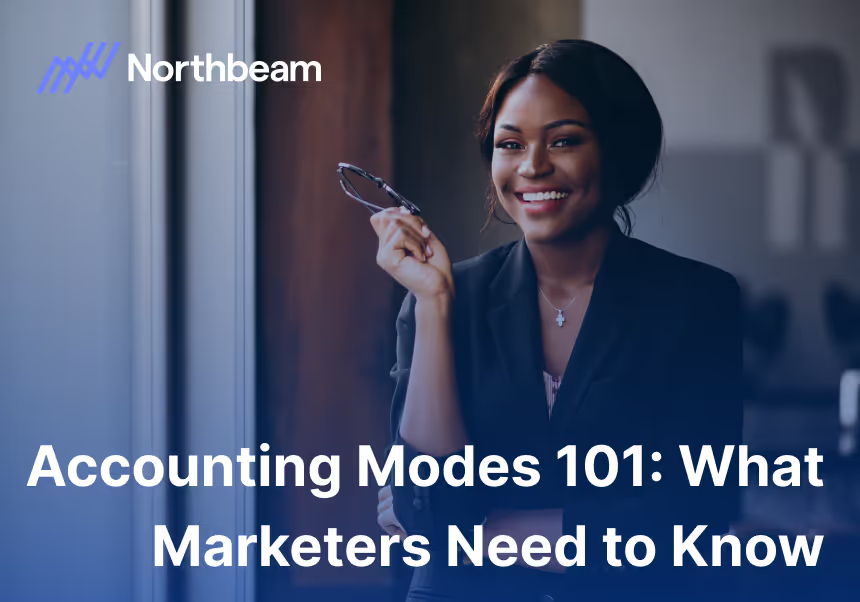
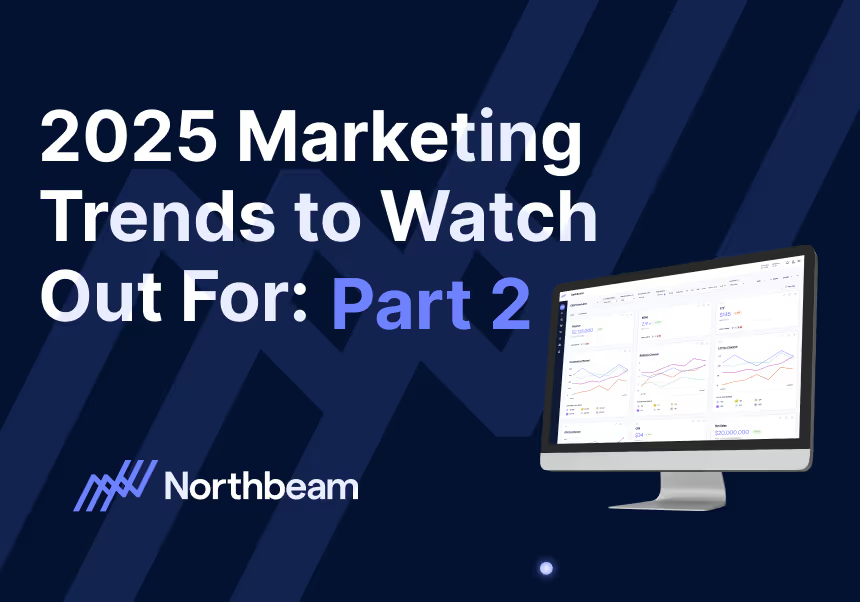




.svg)
